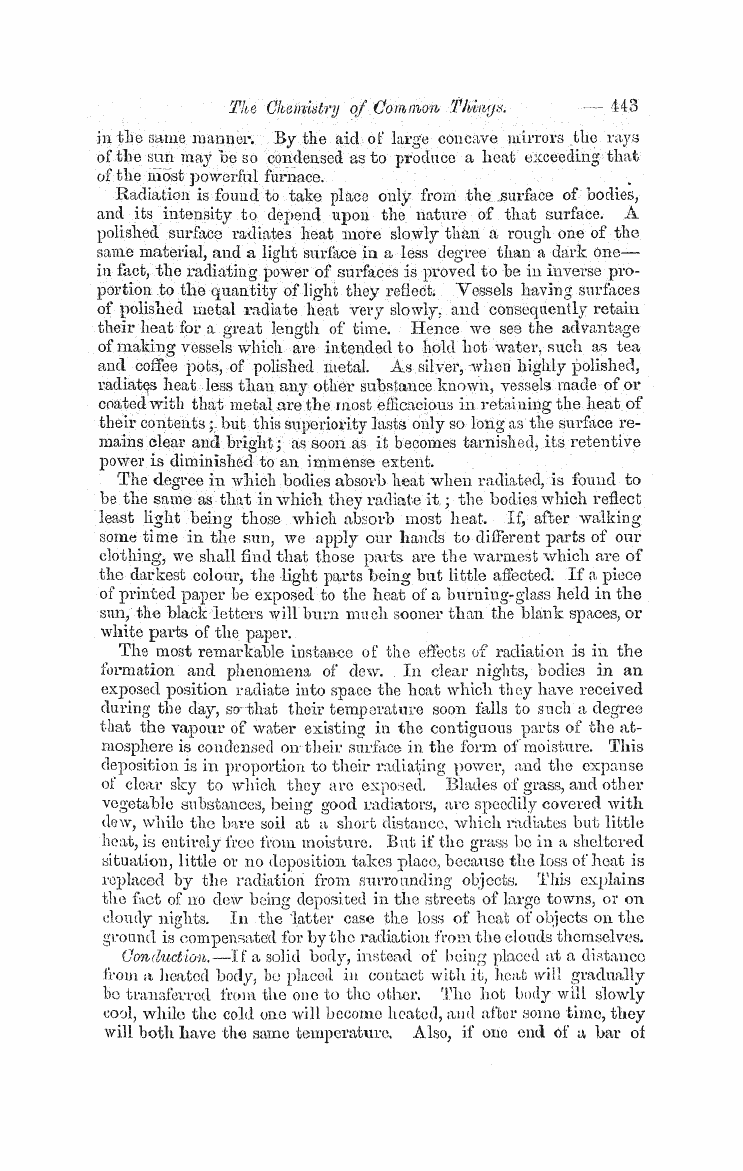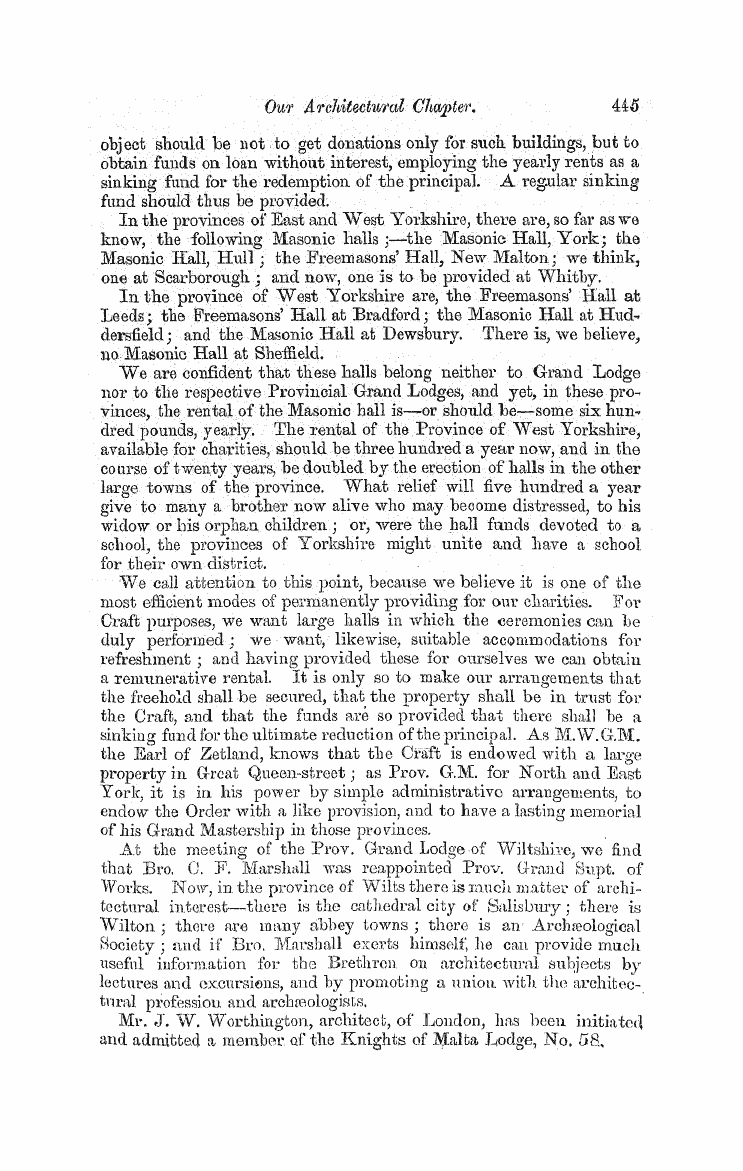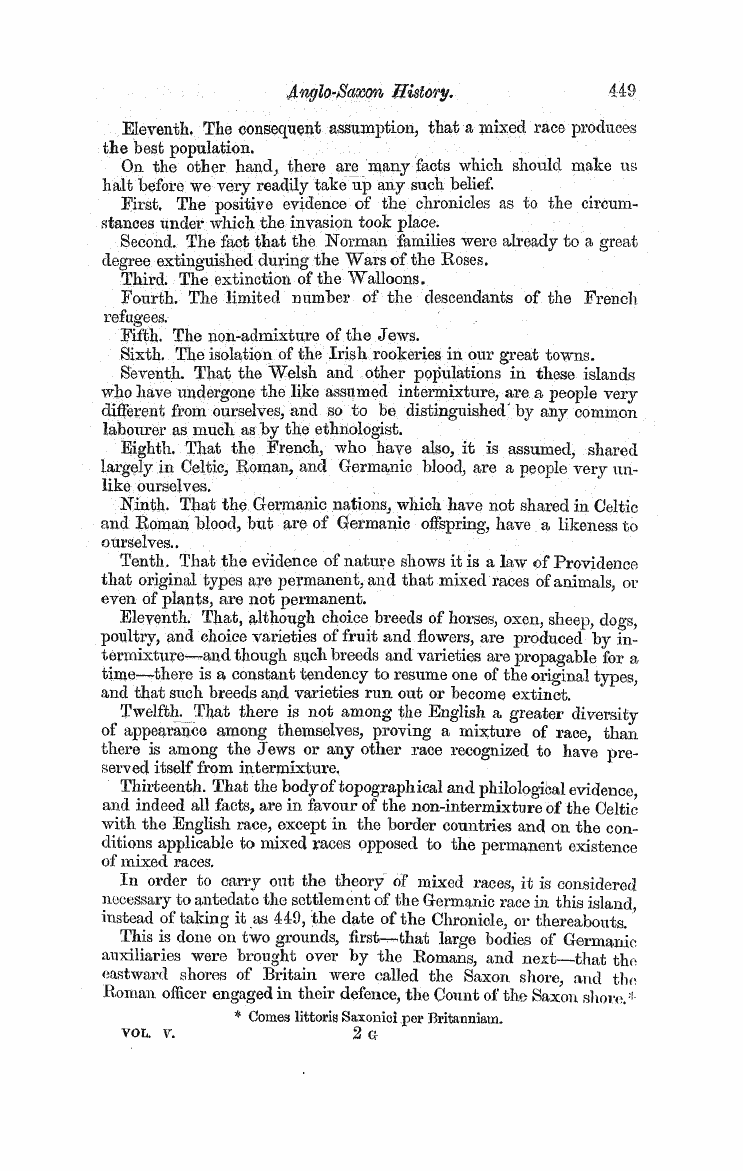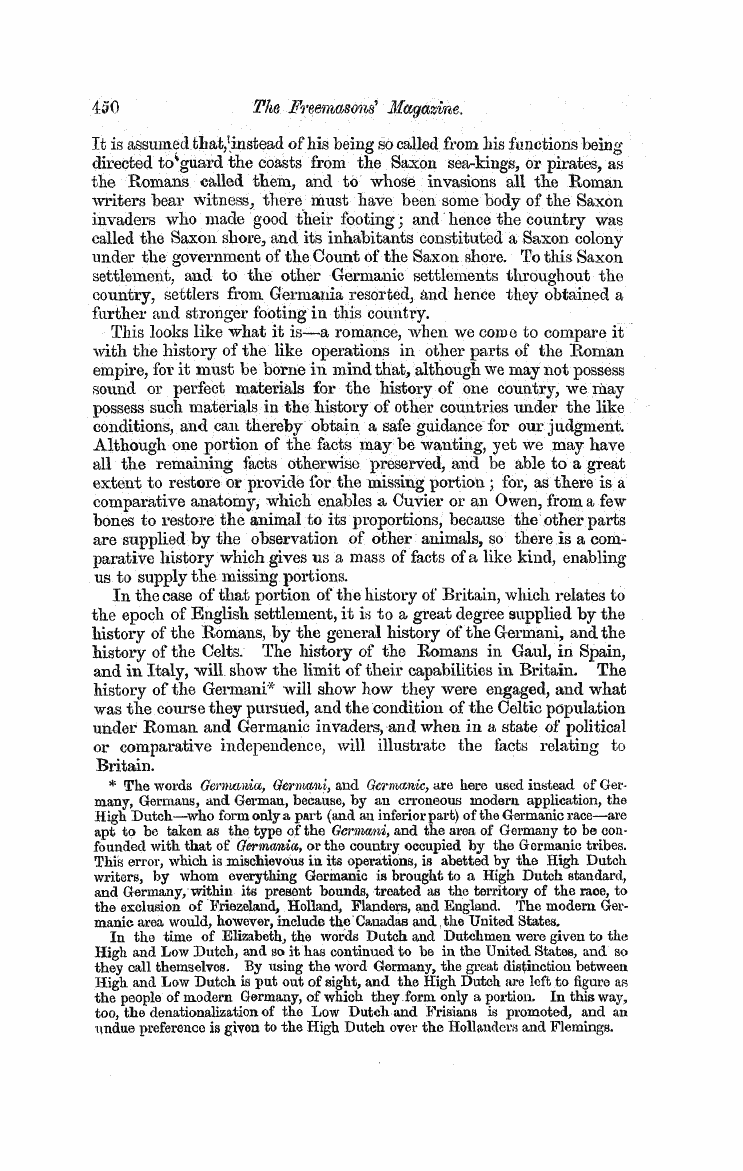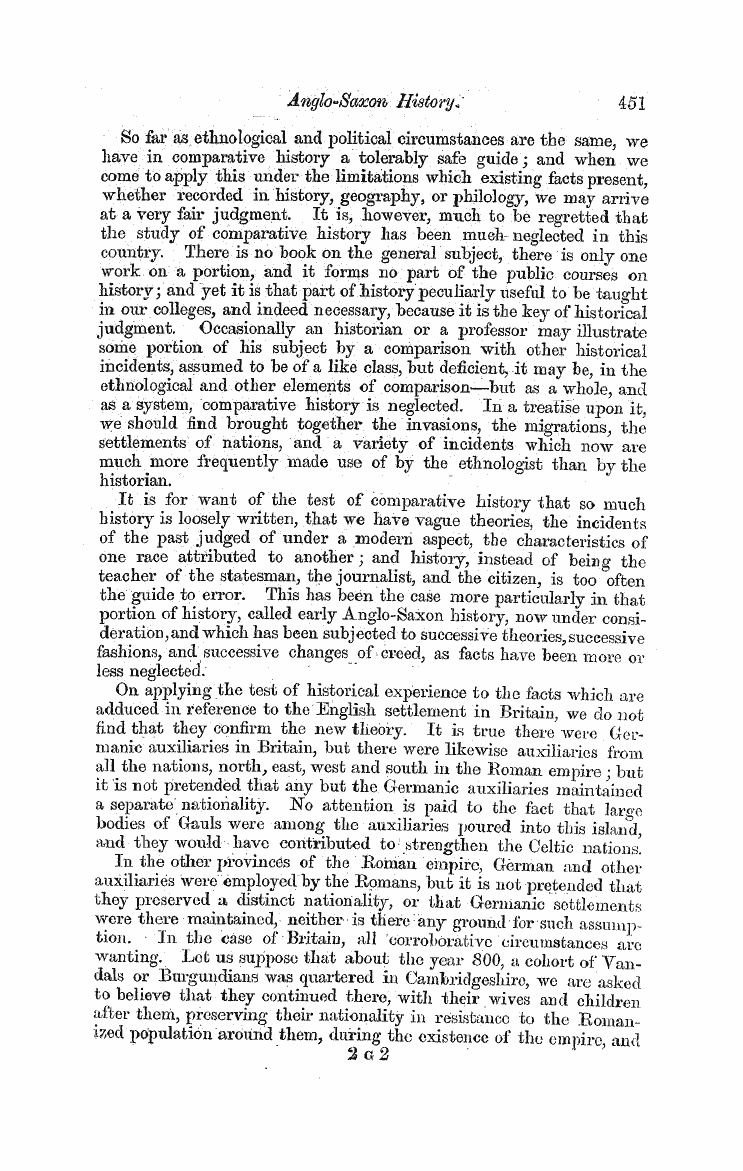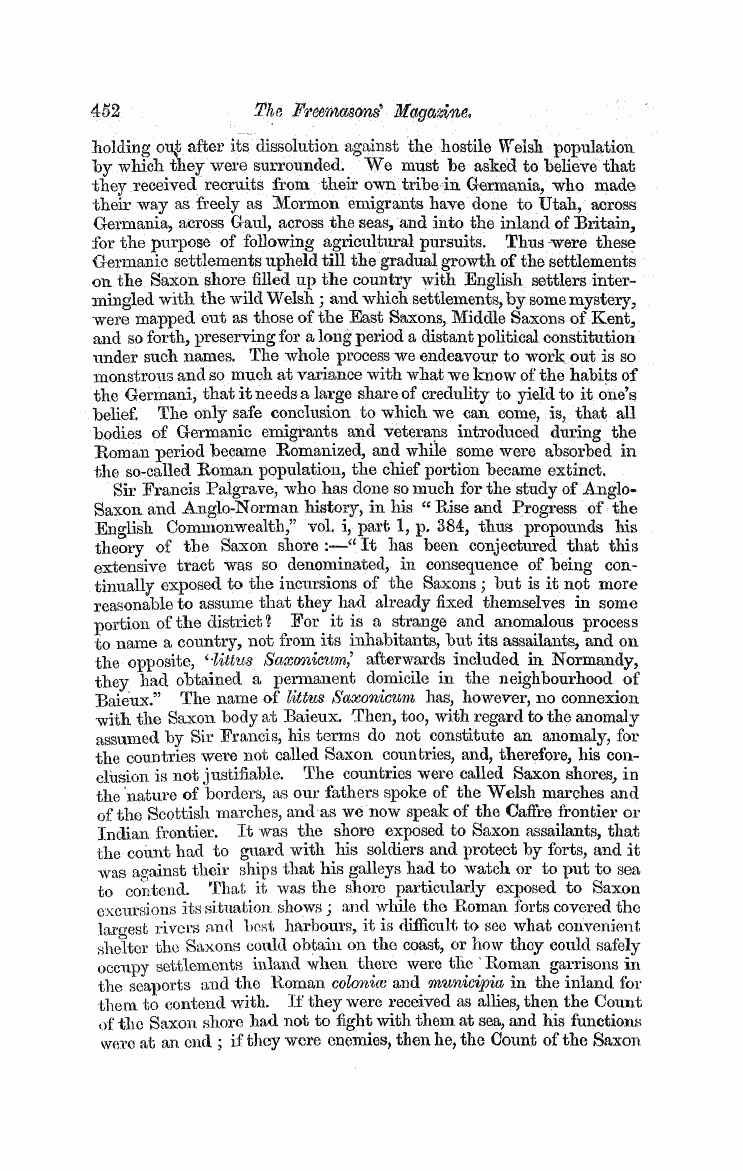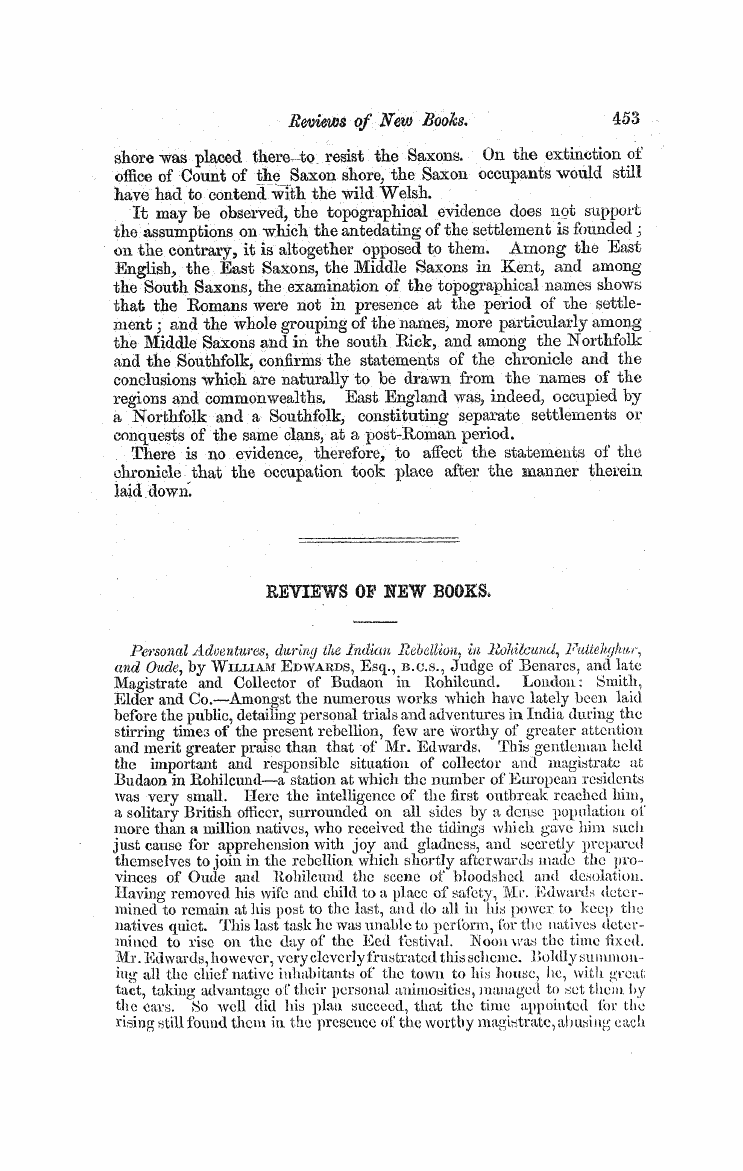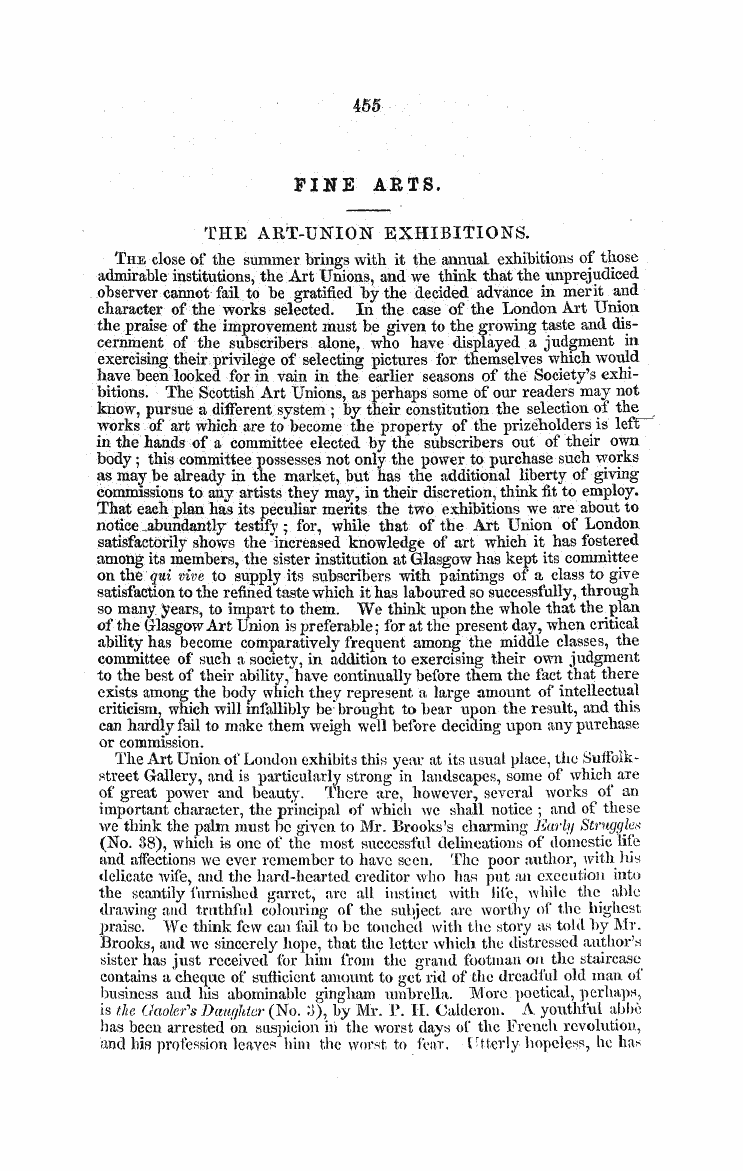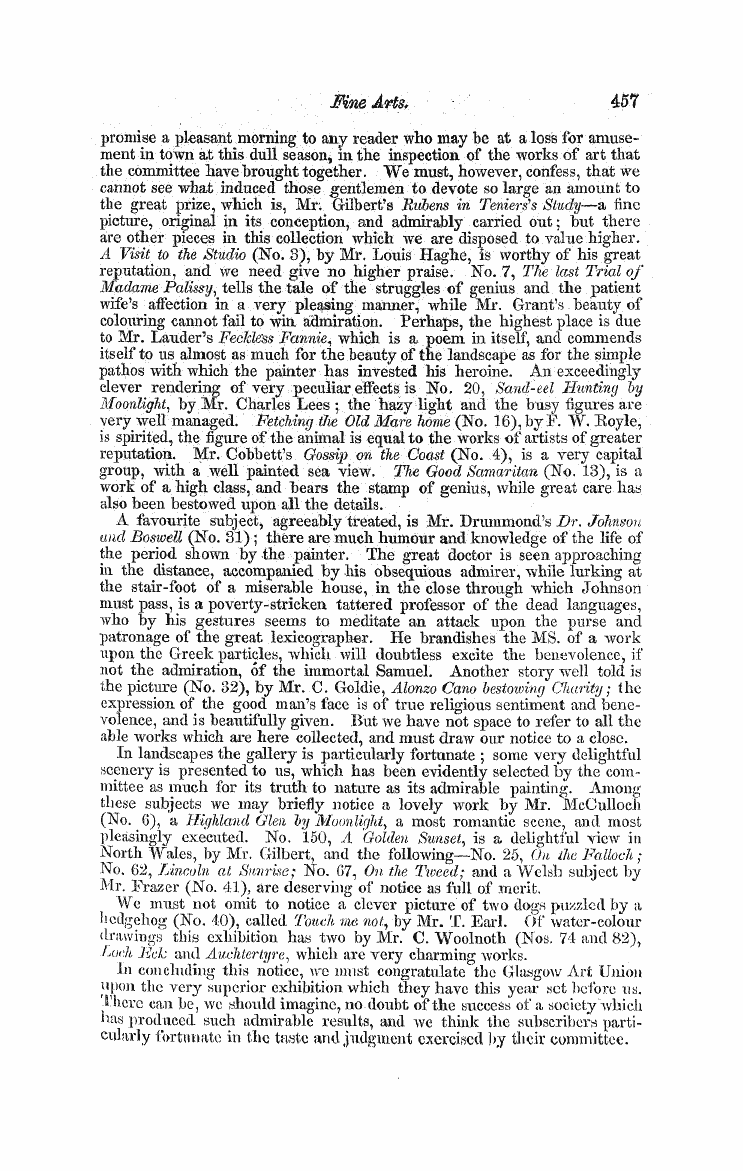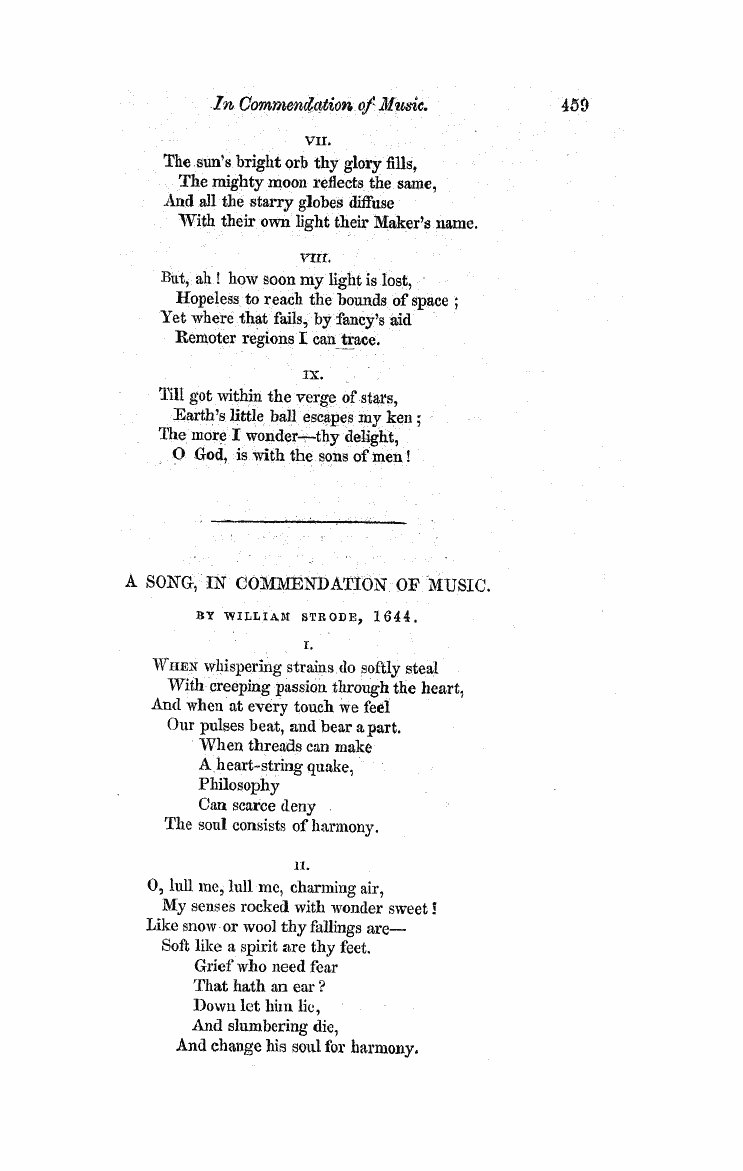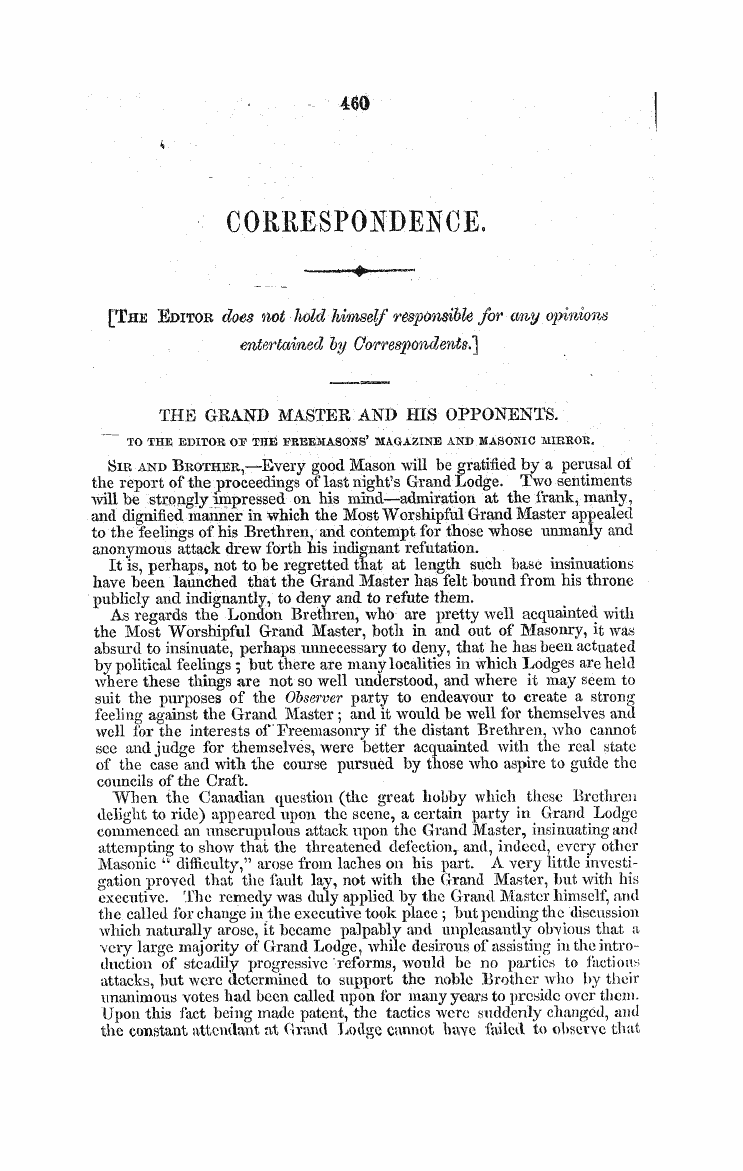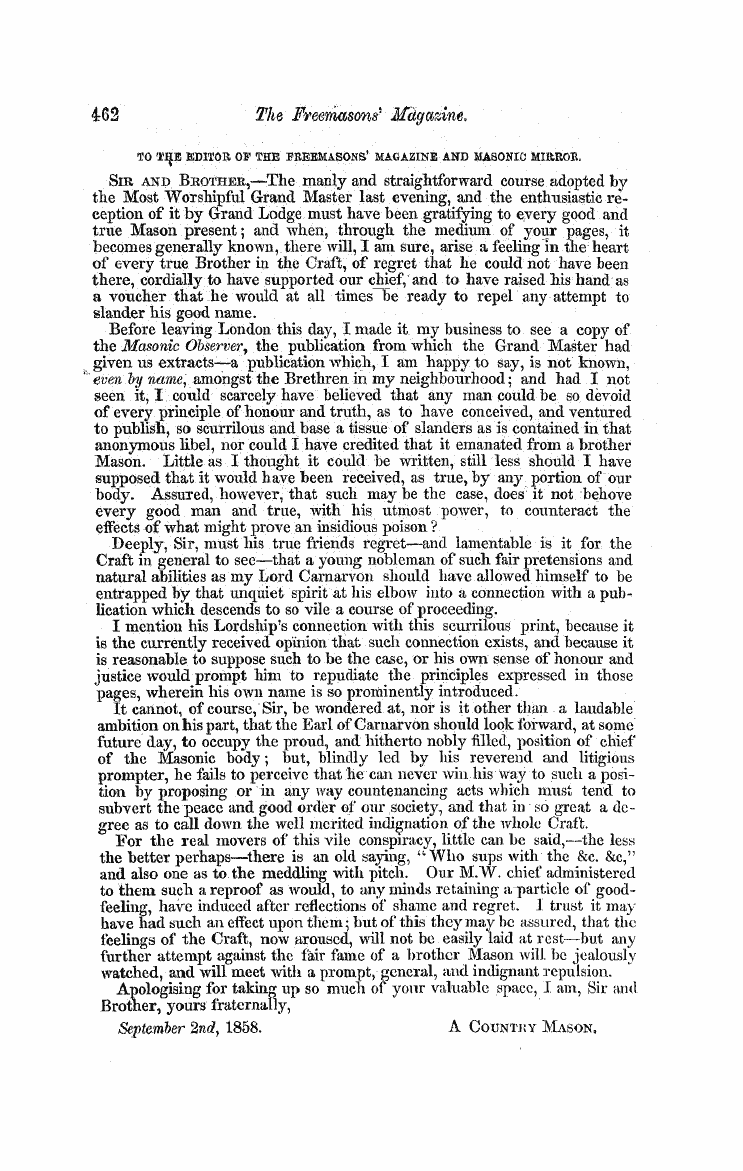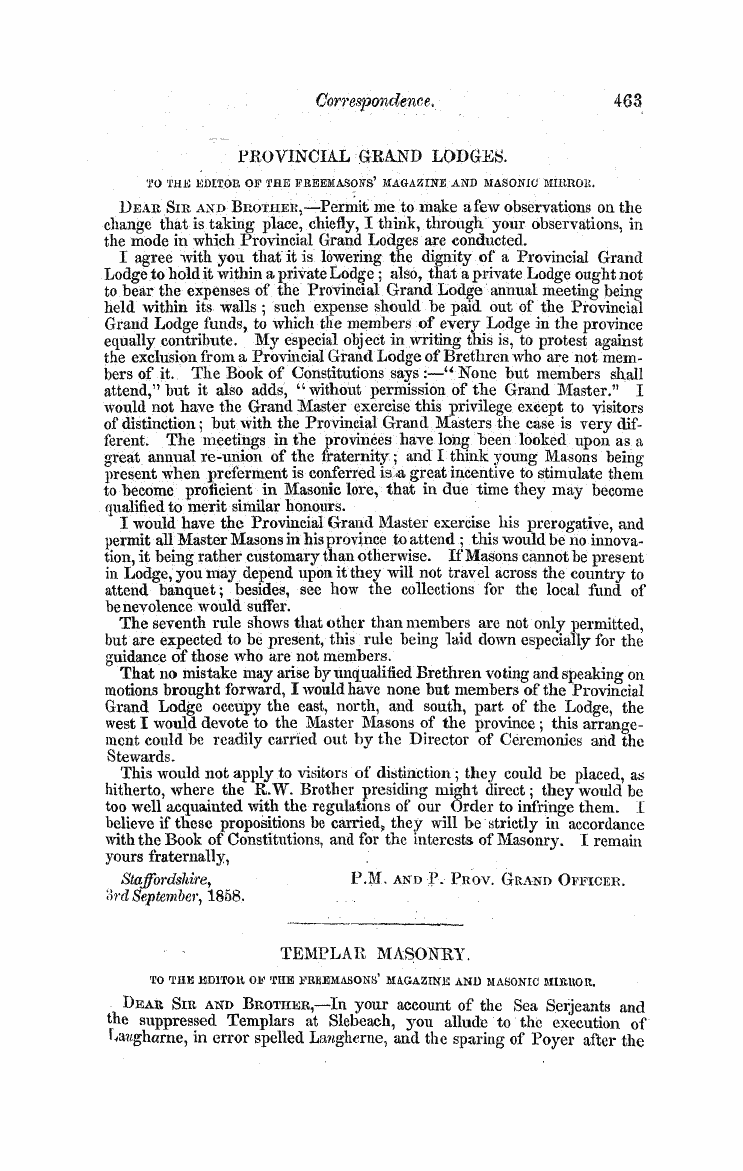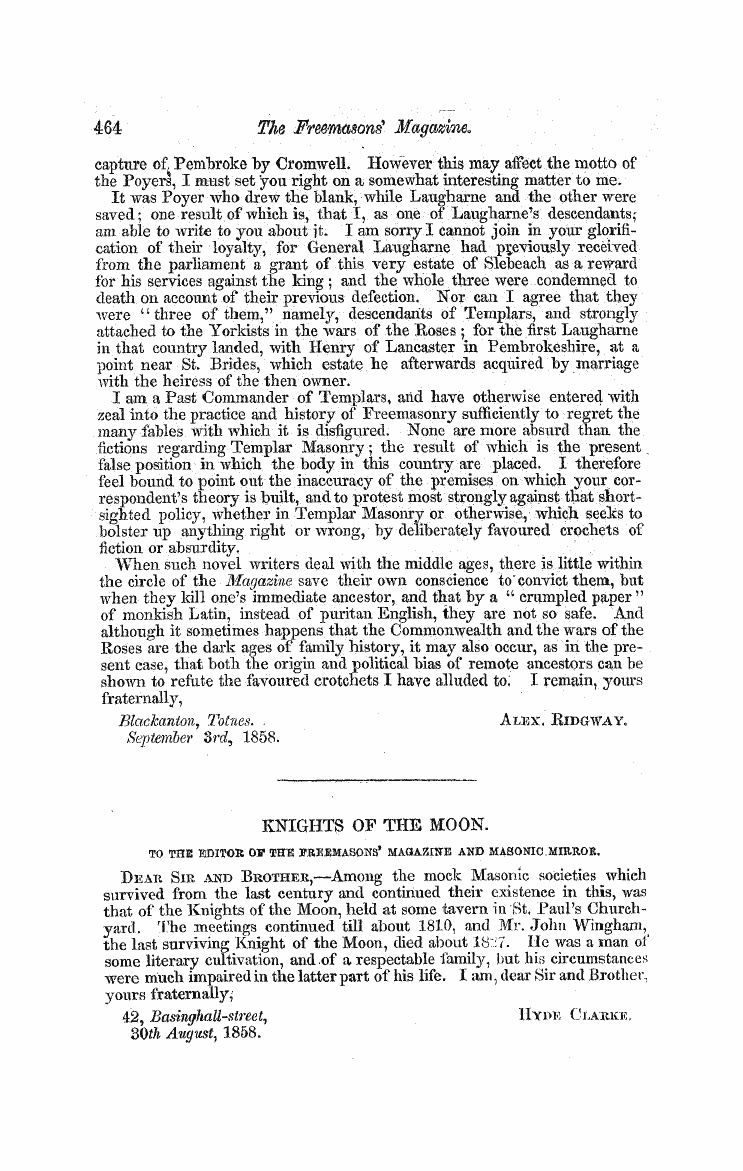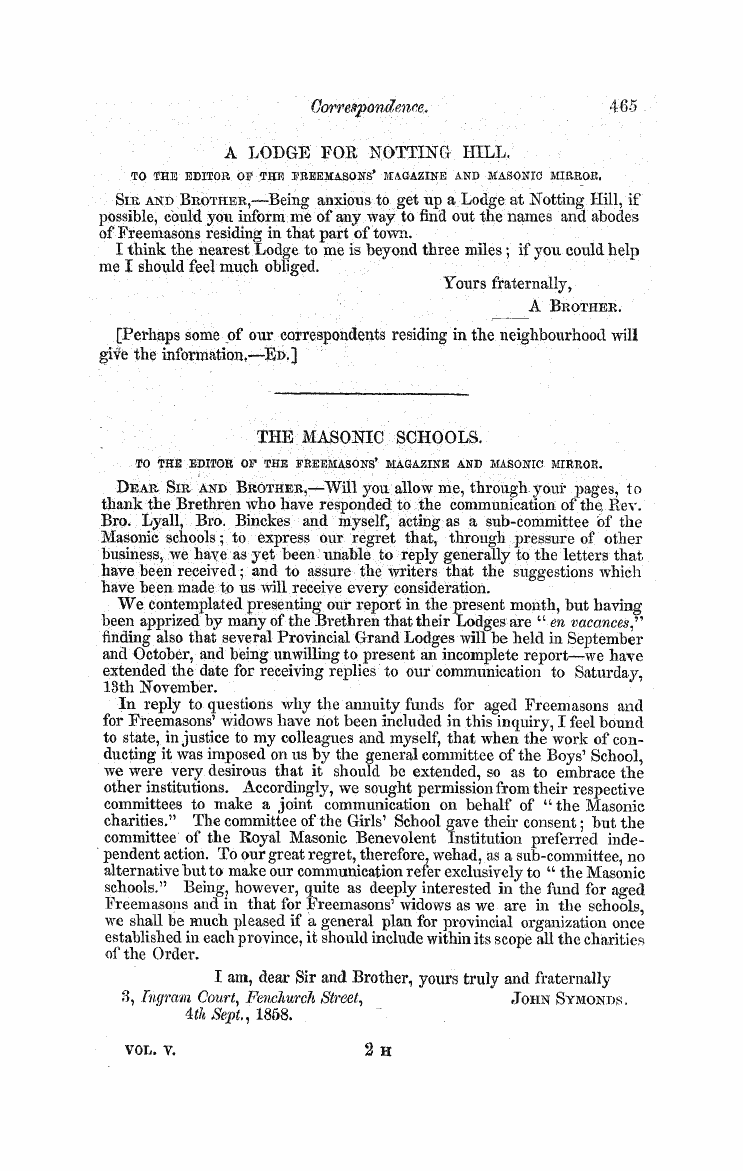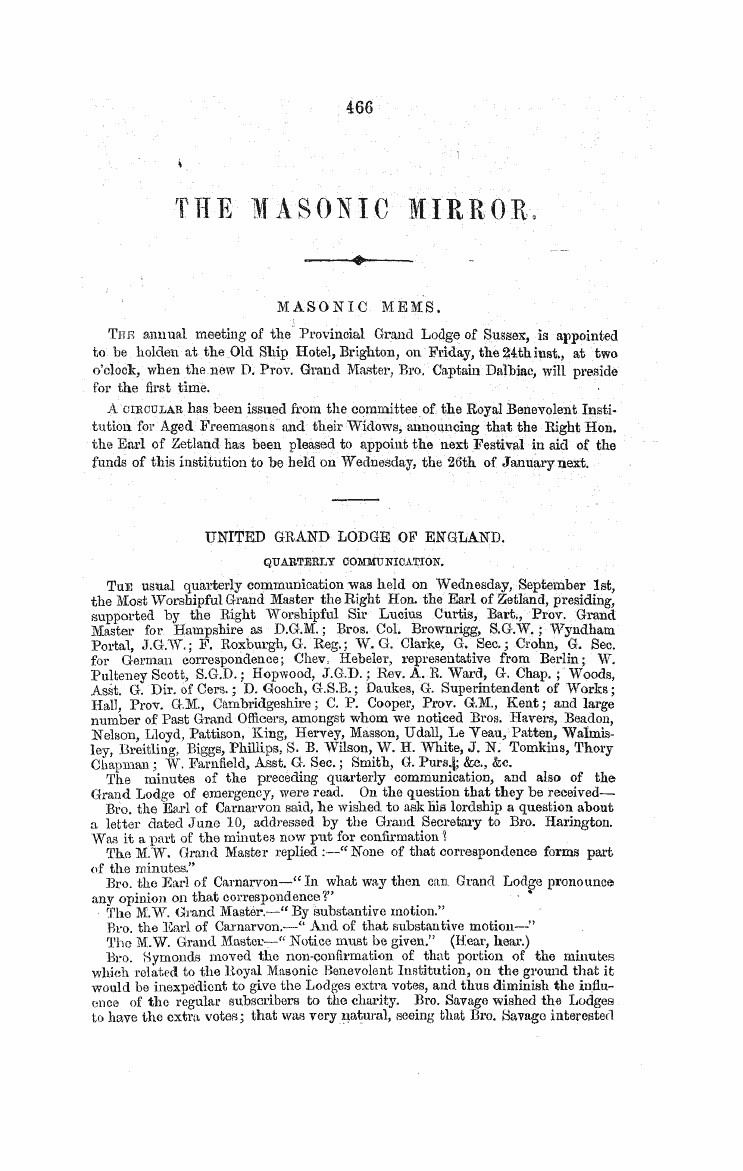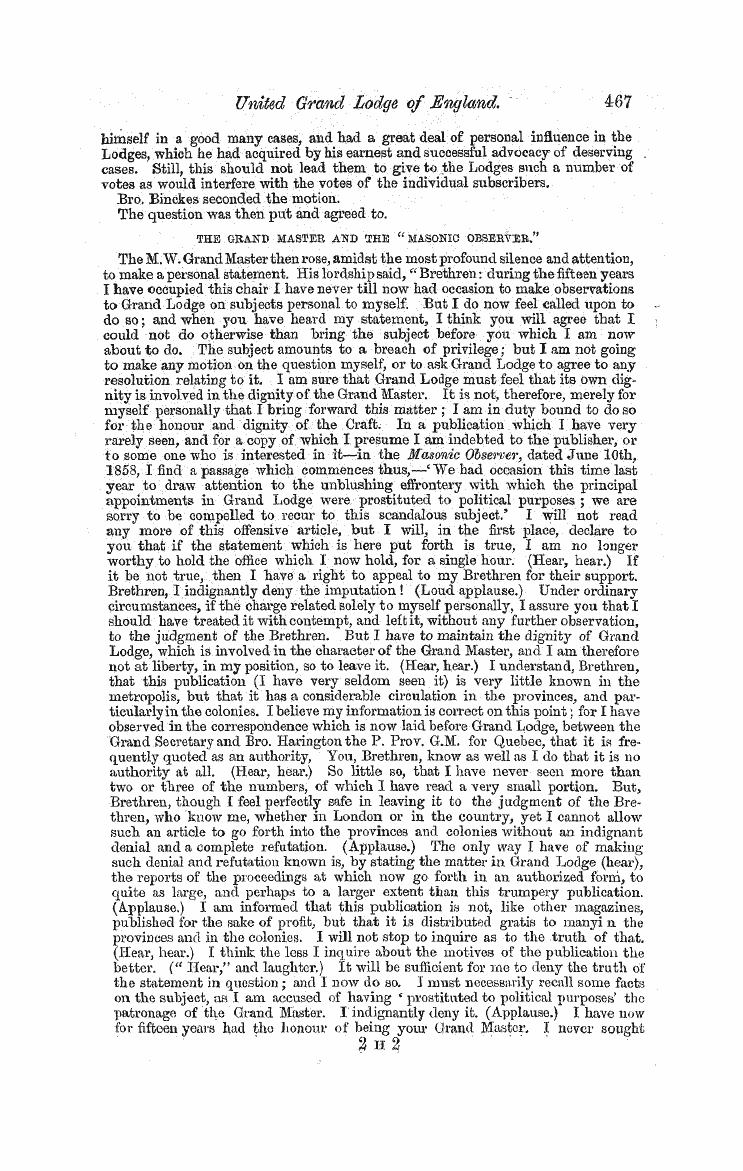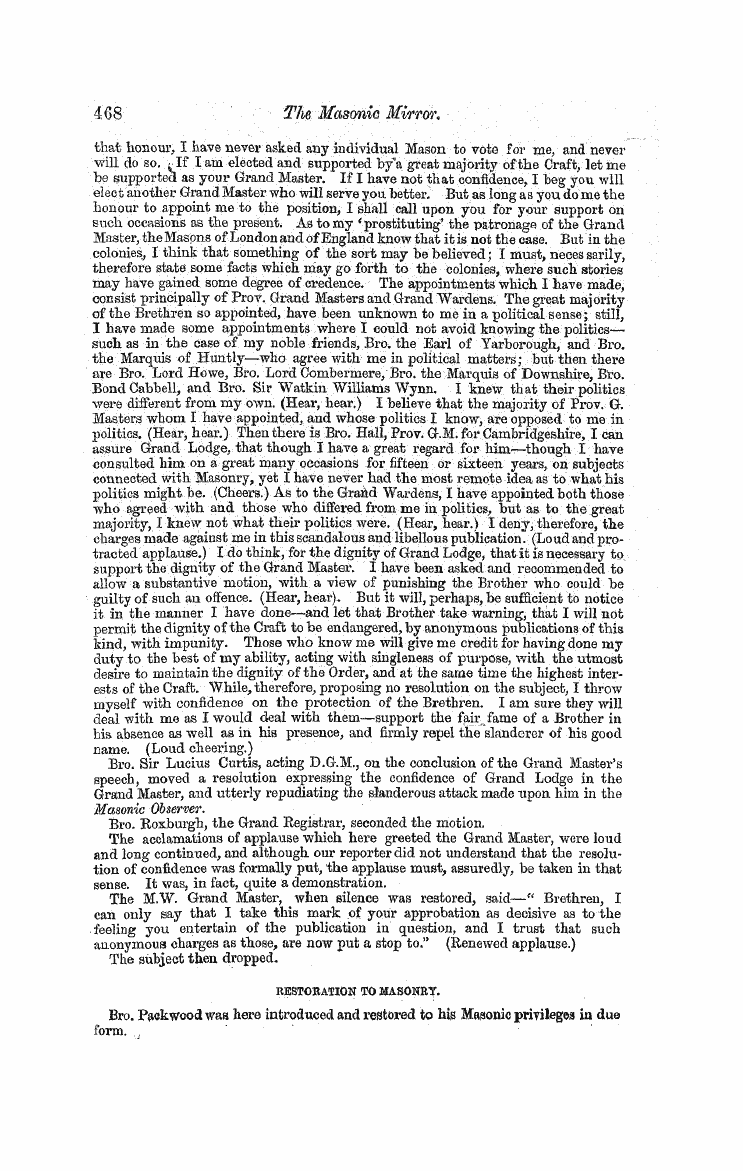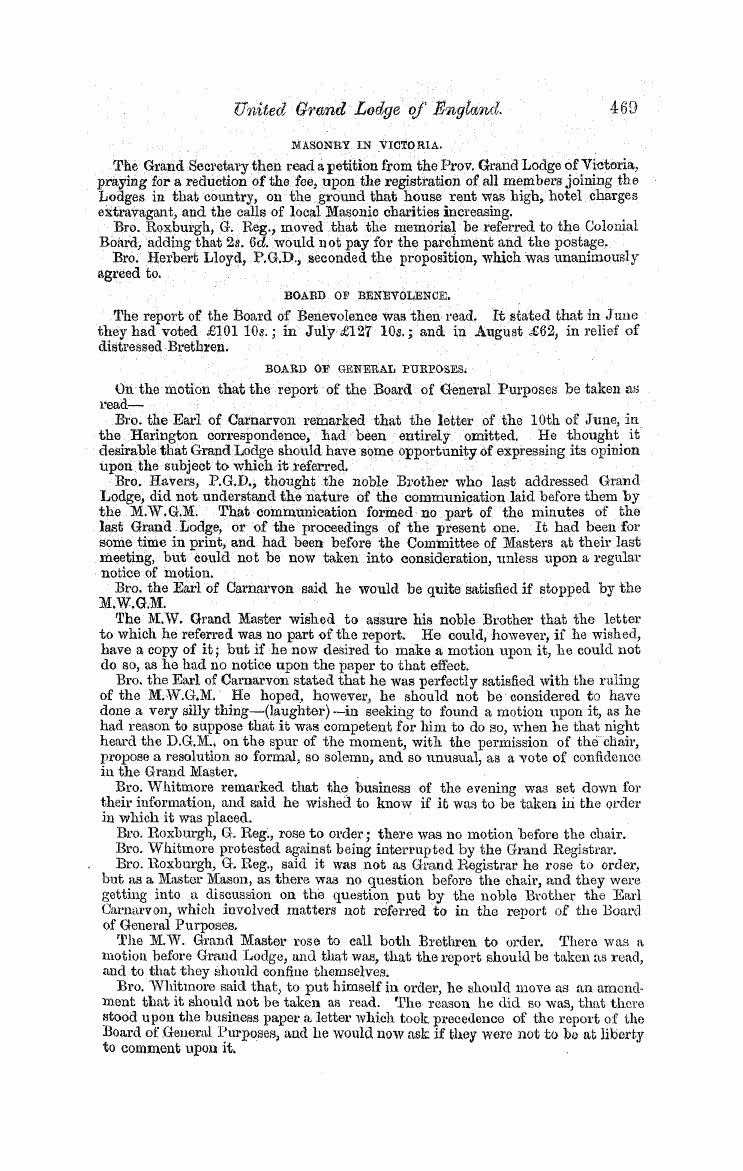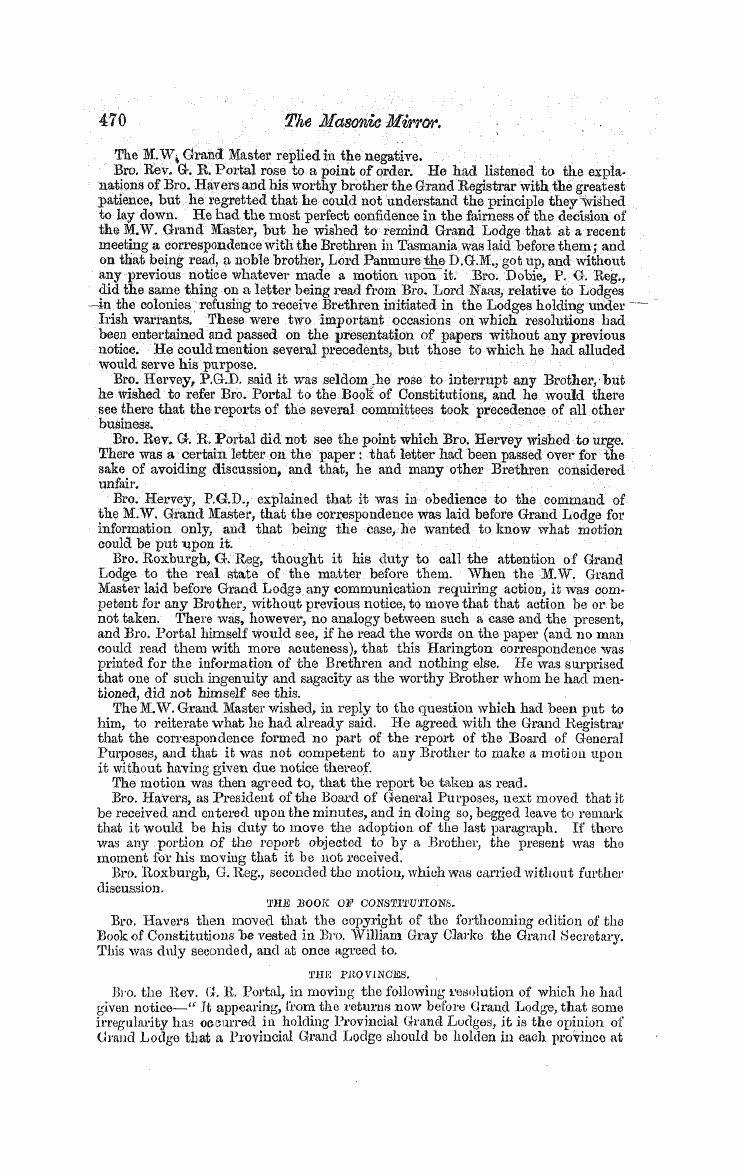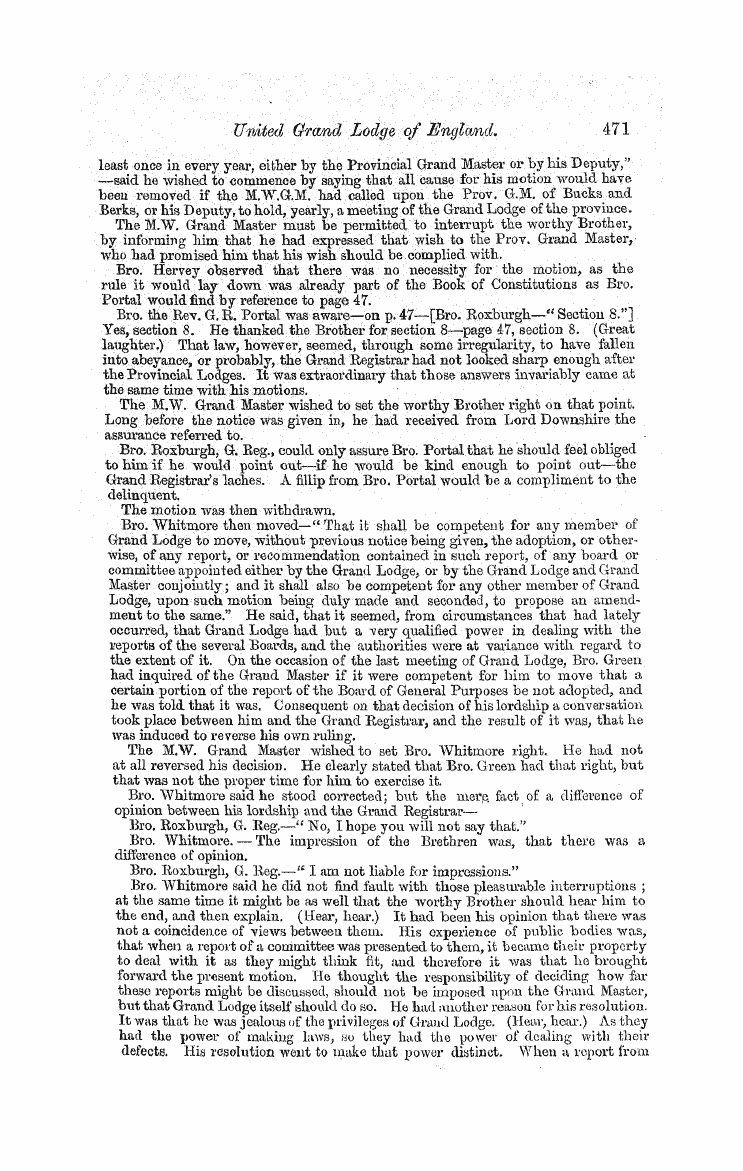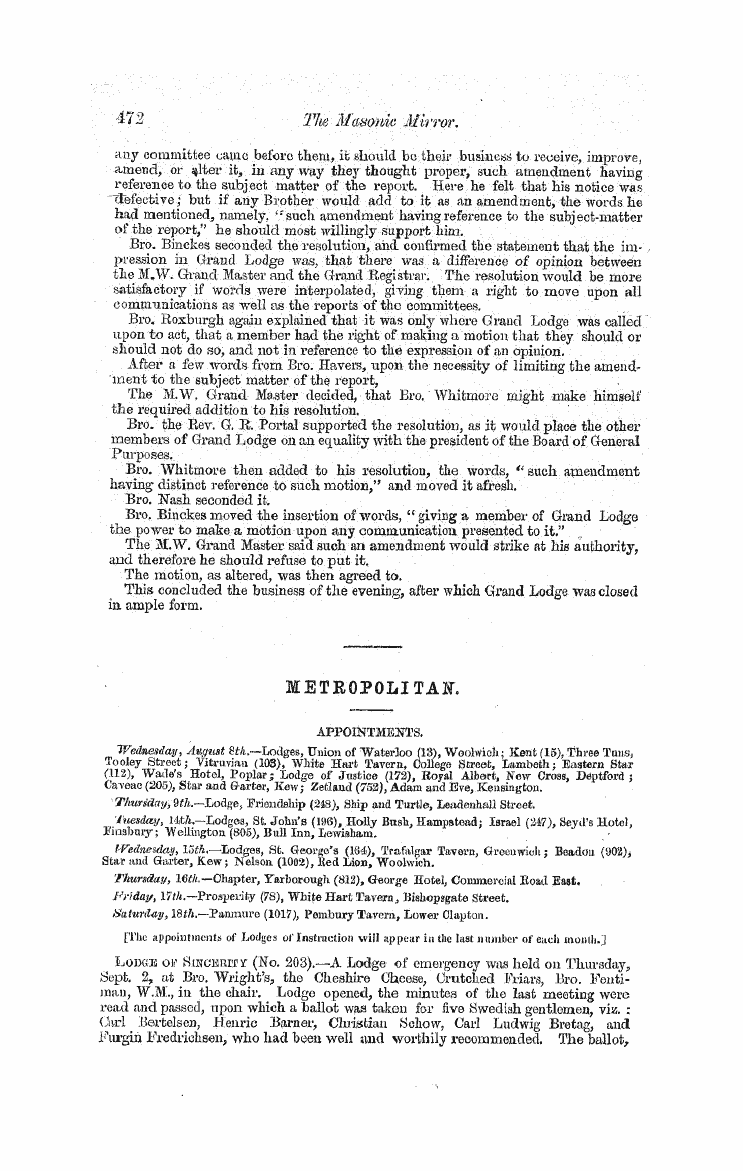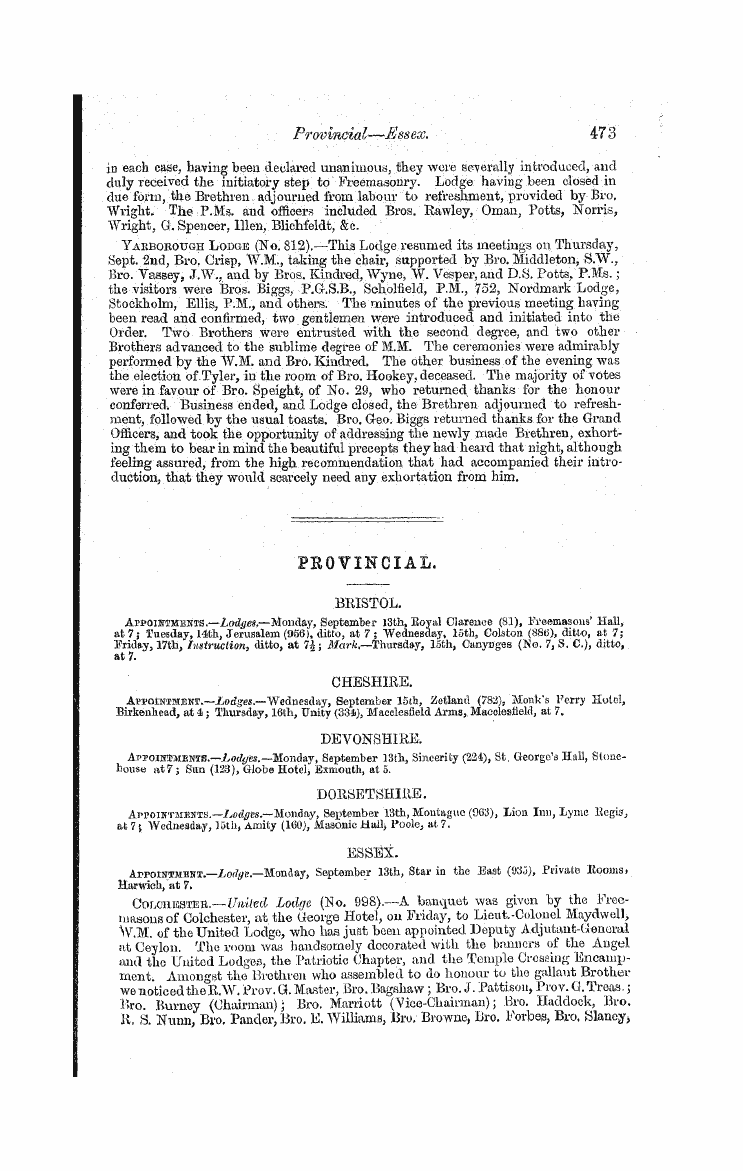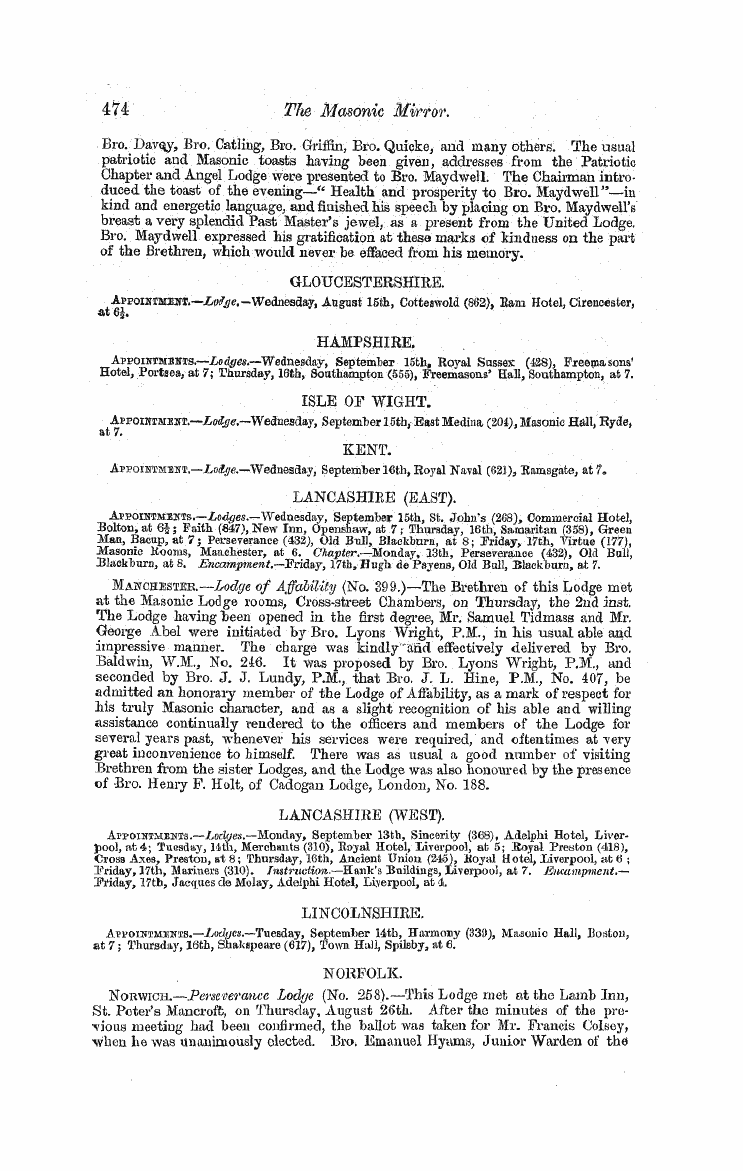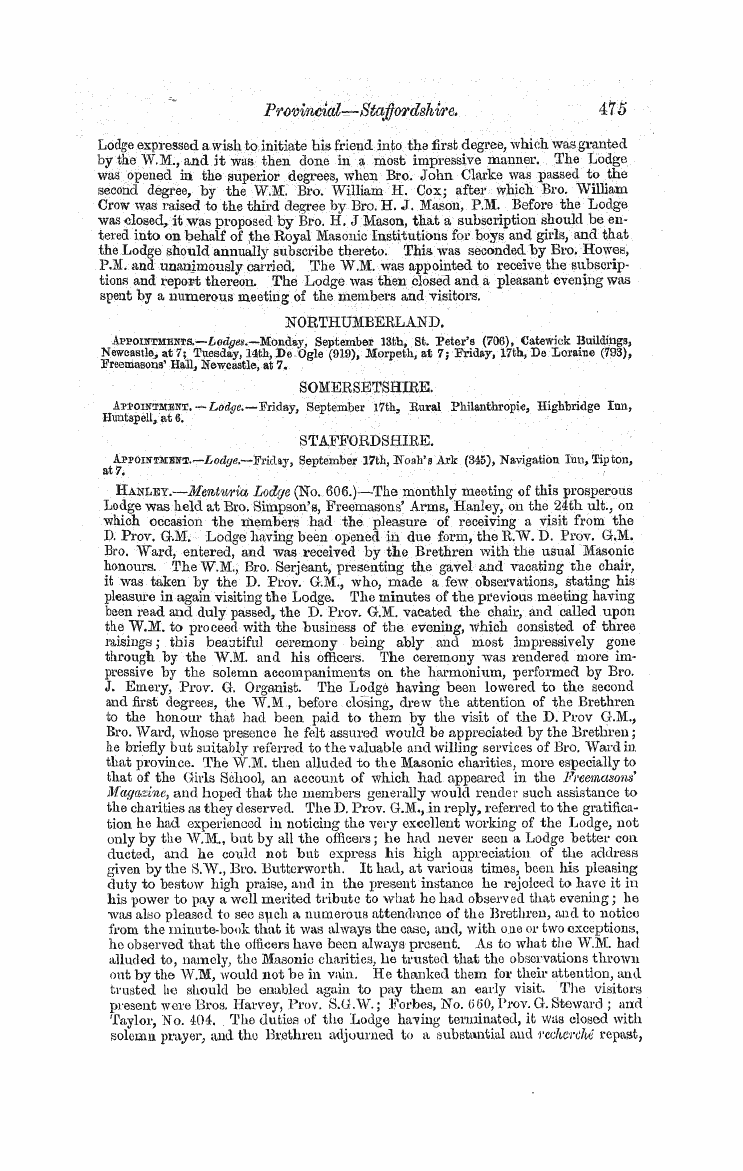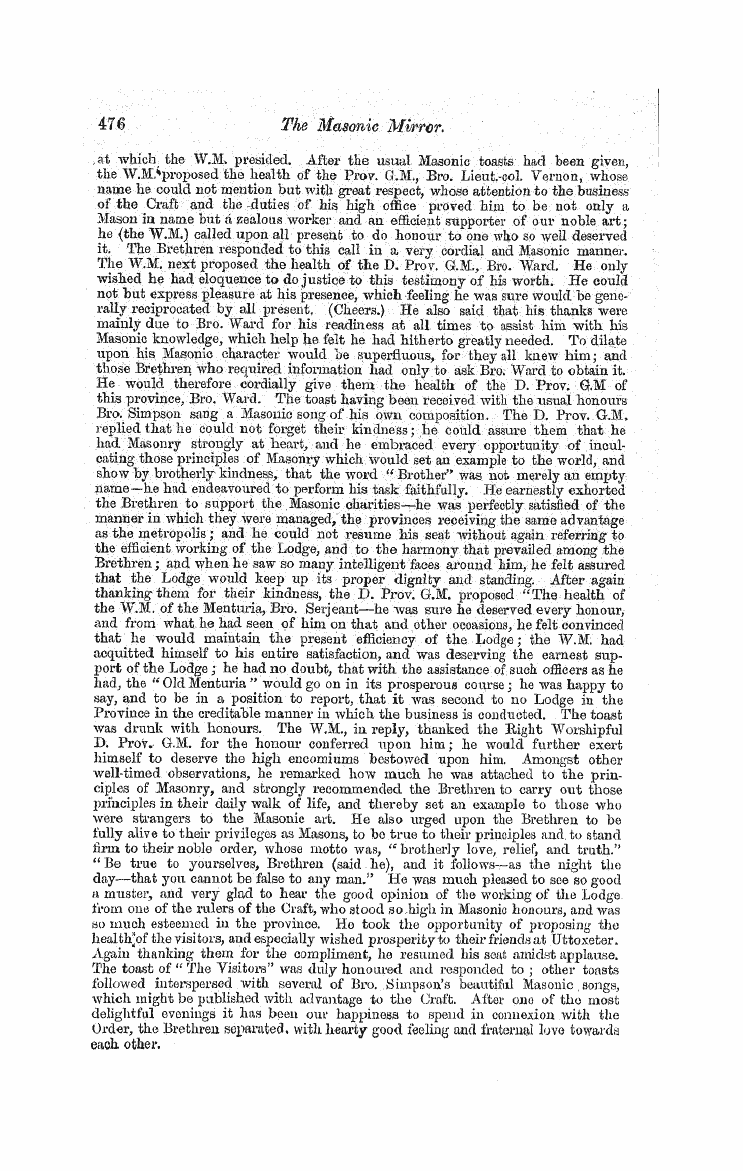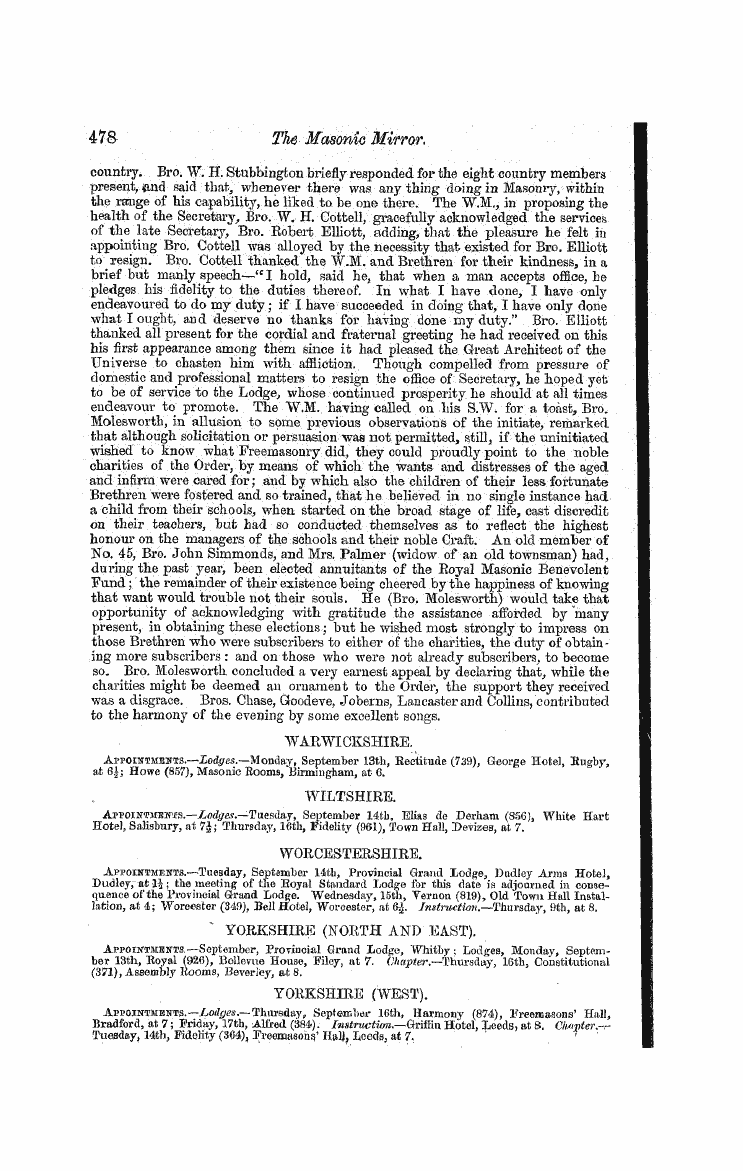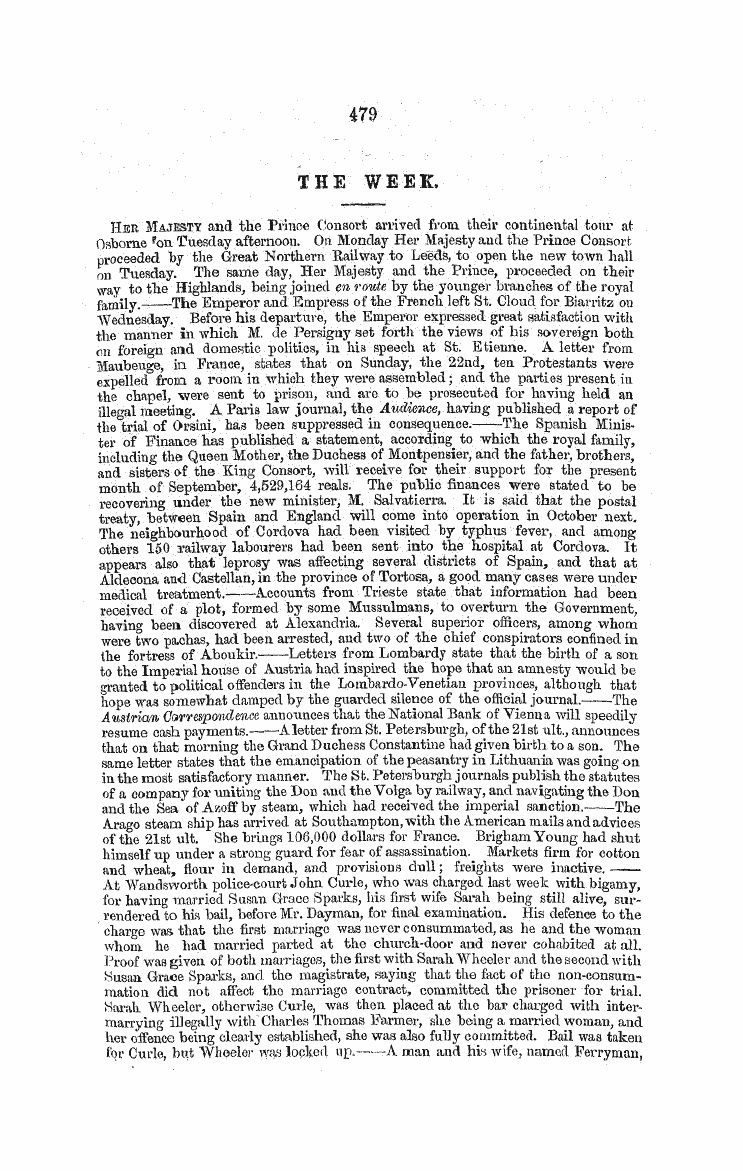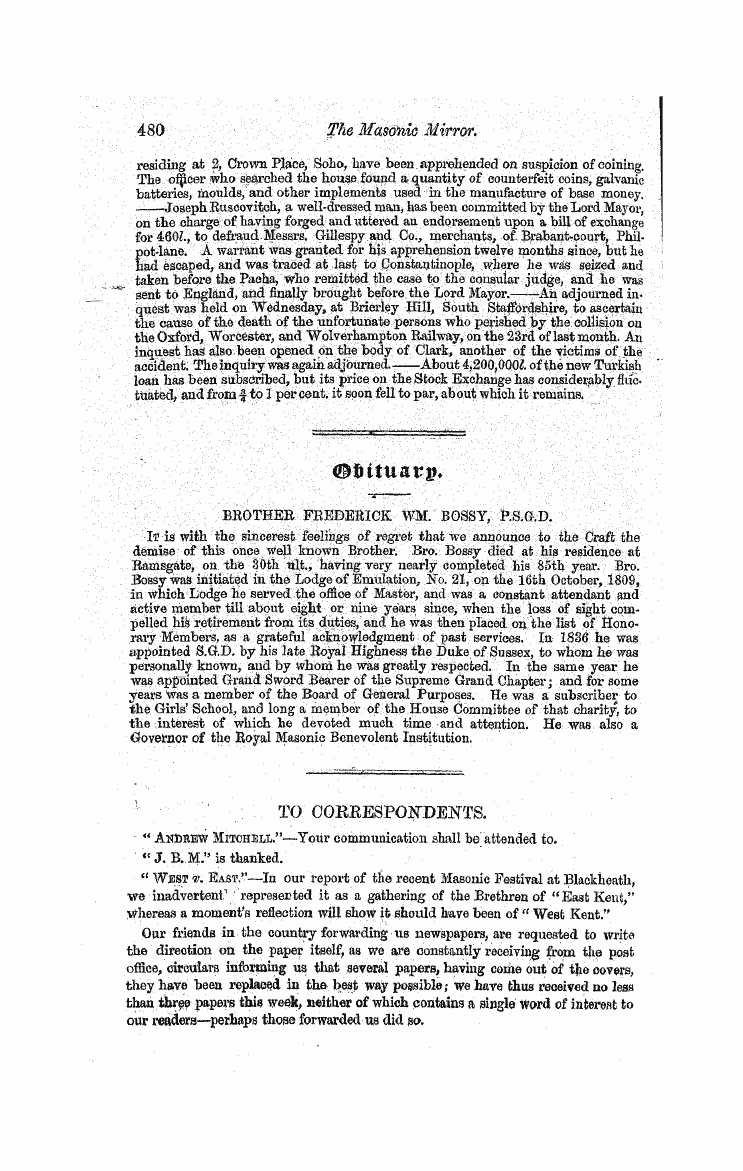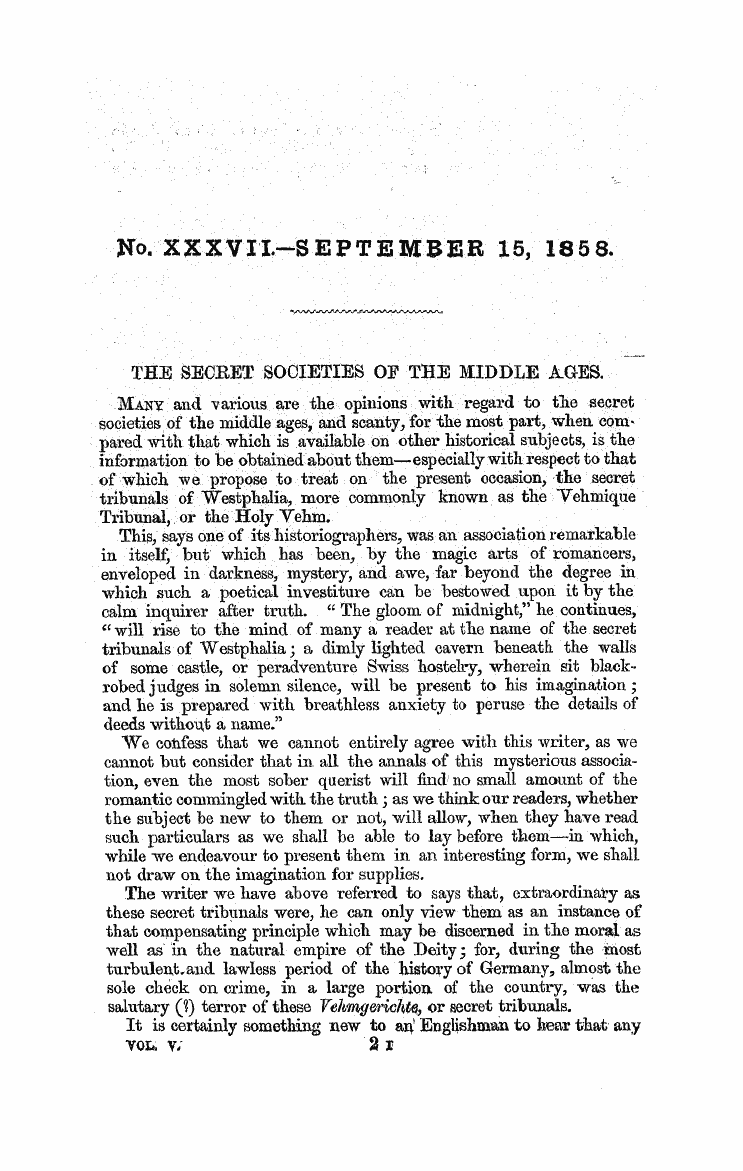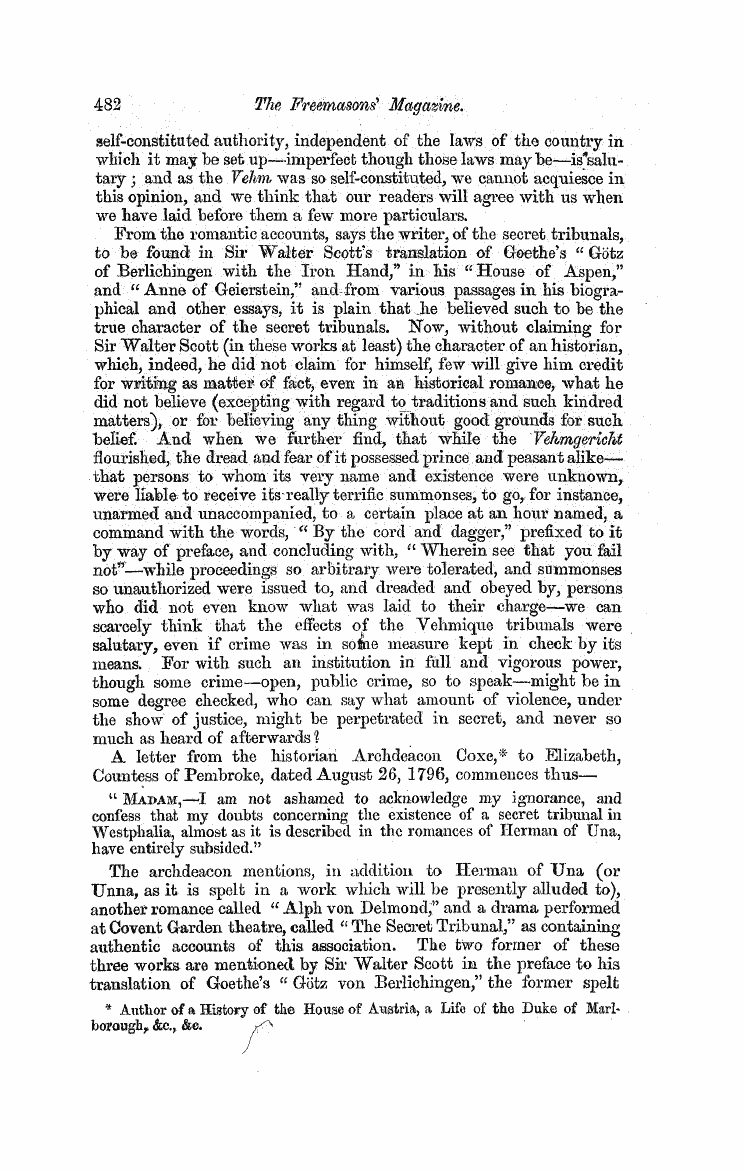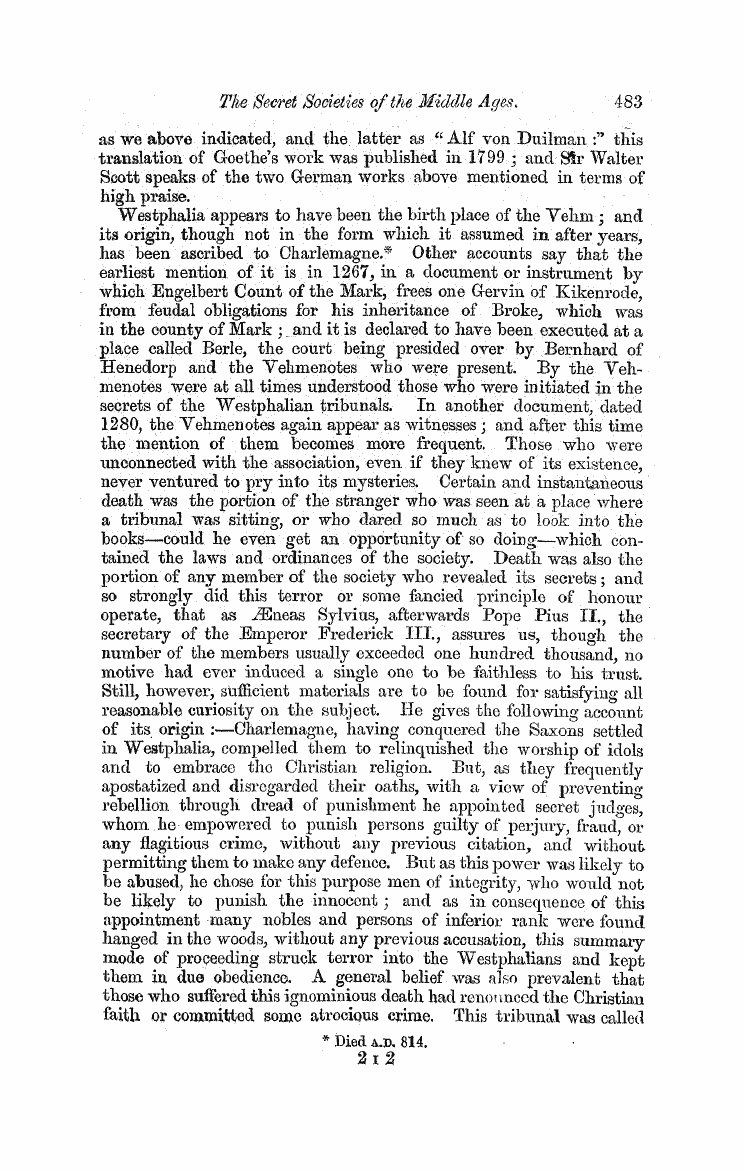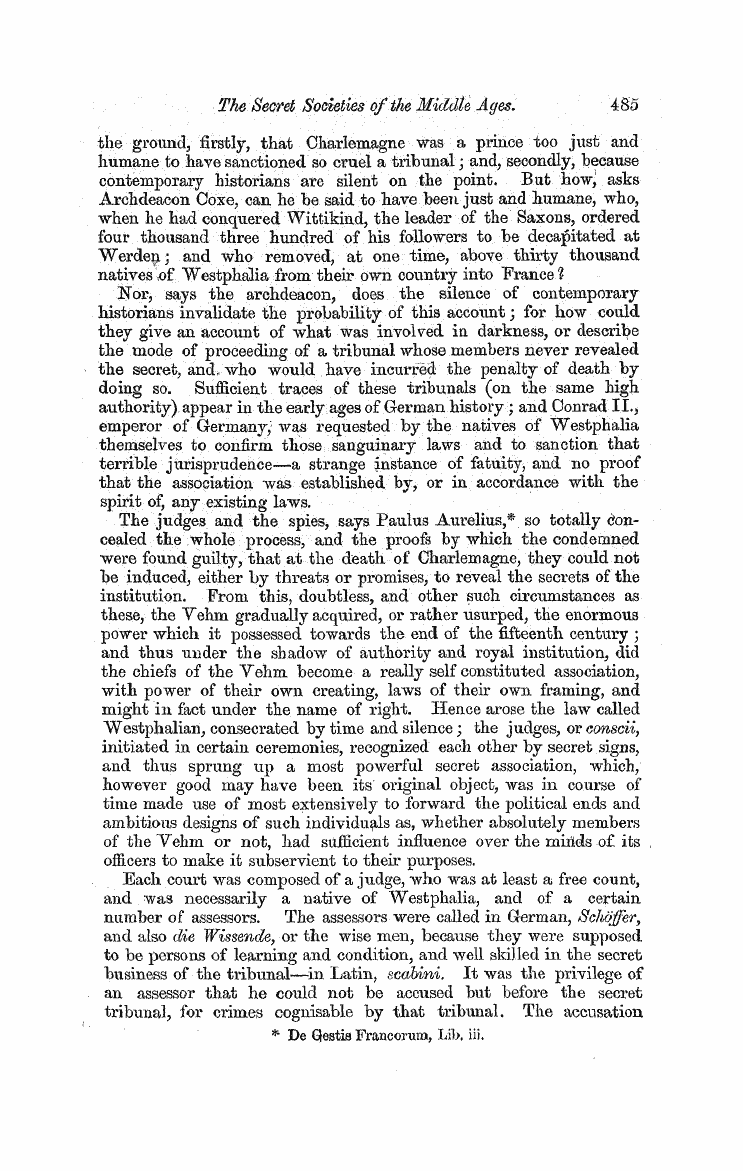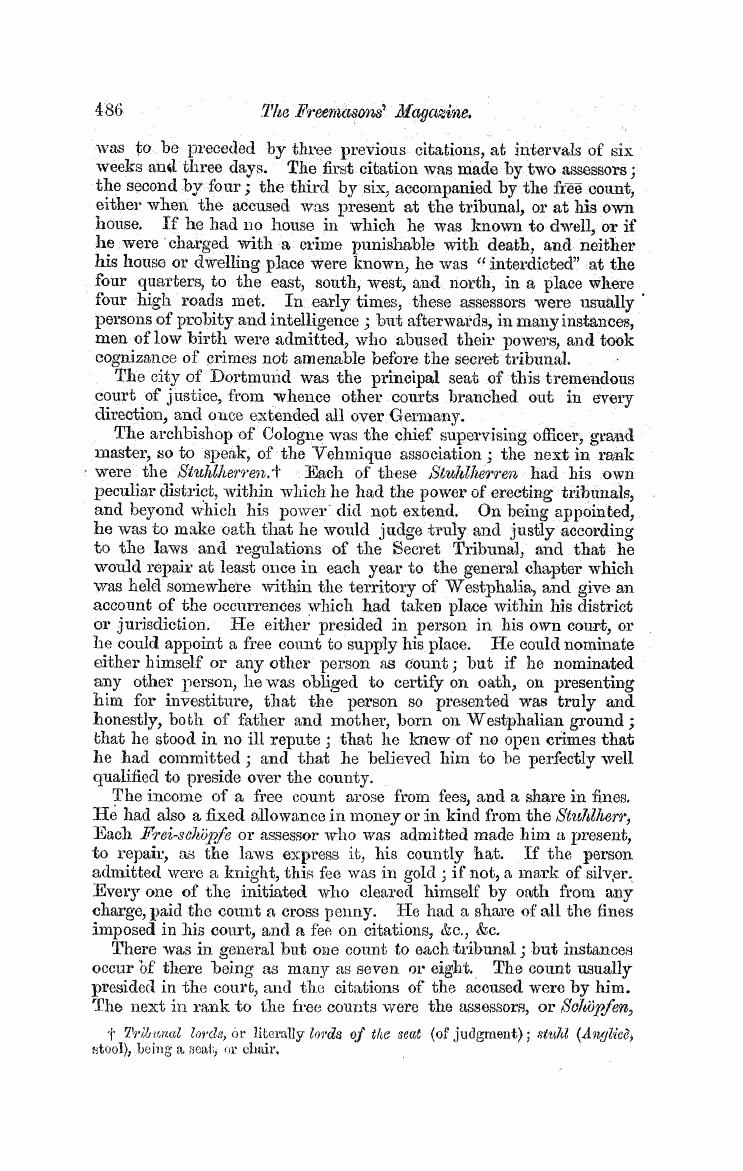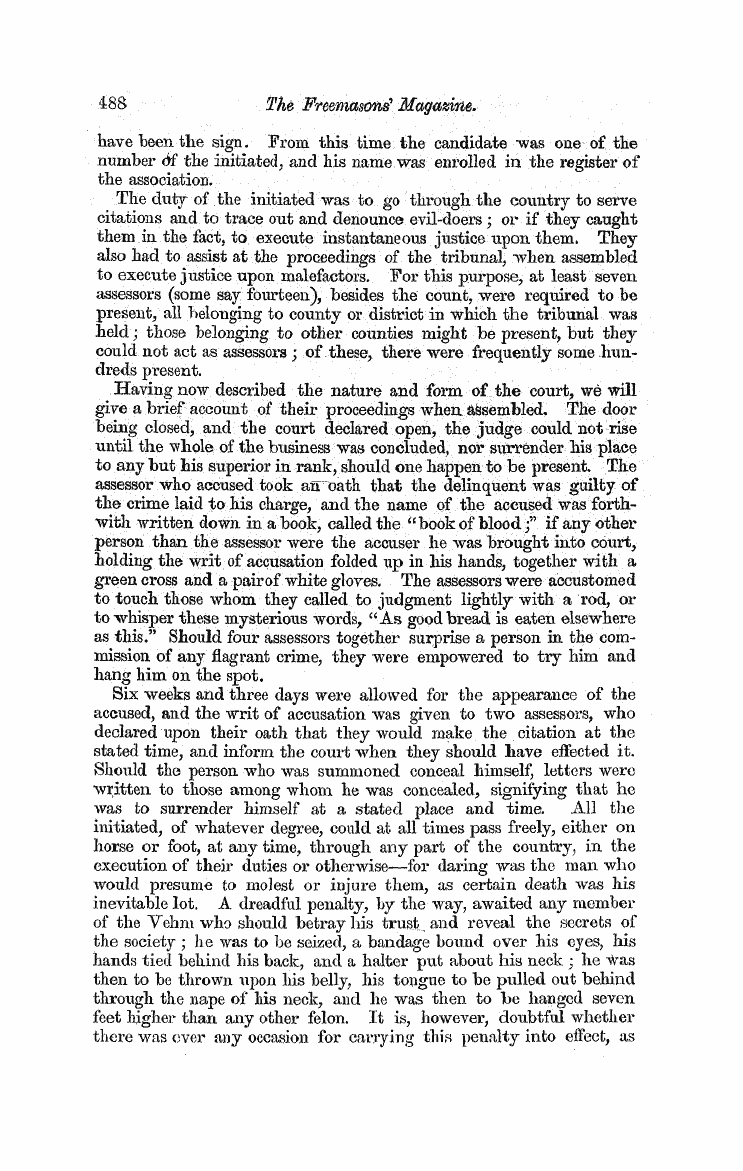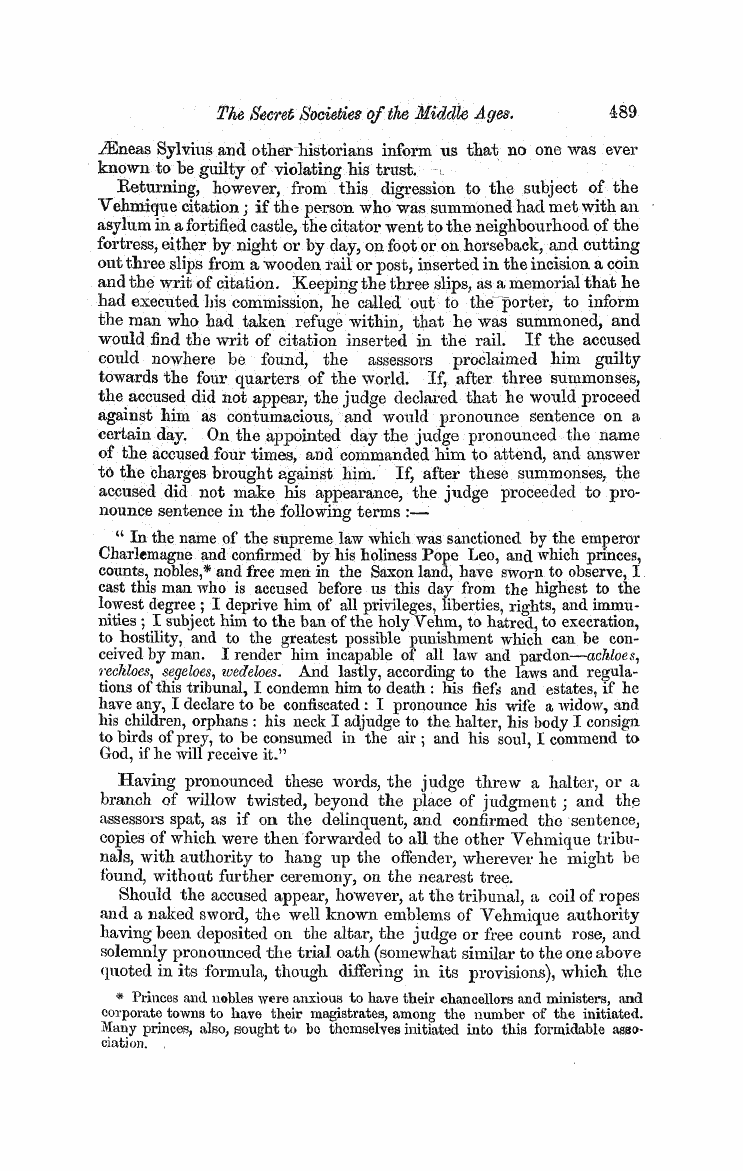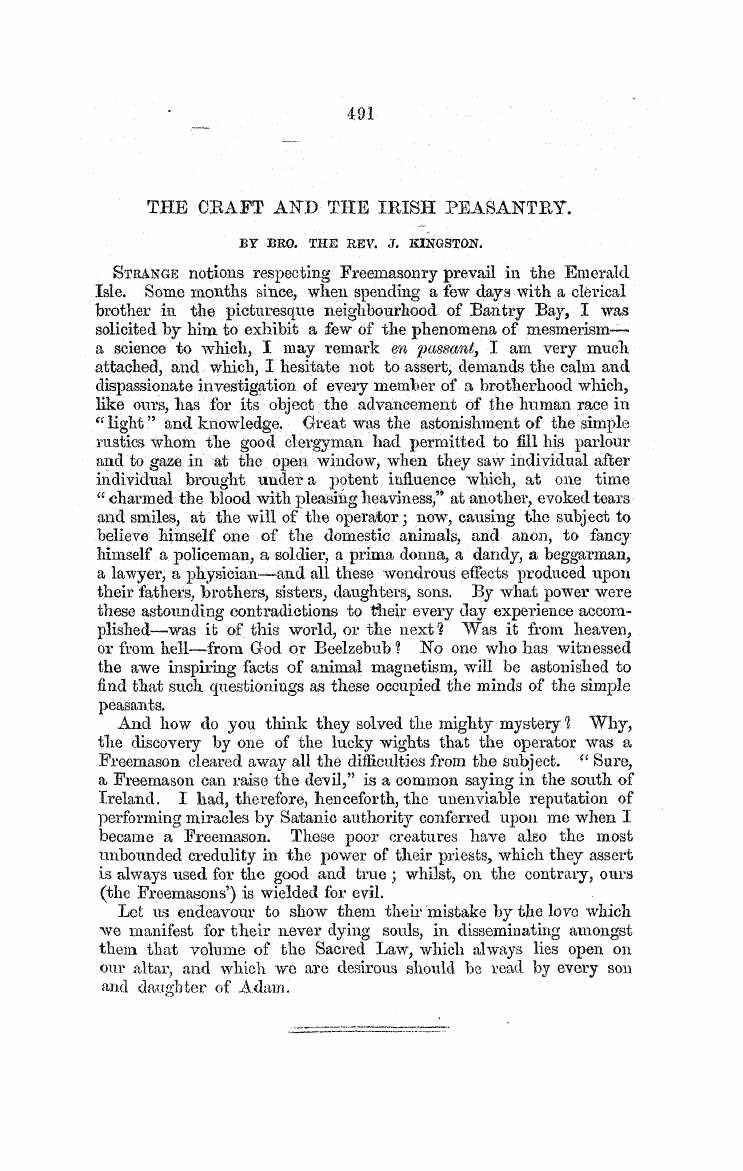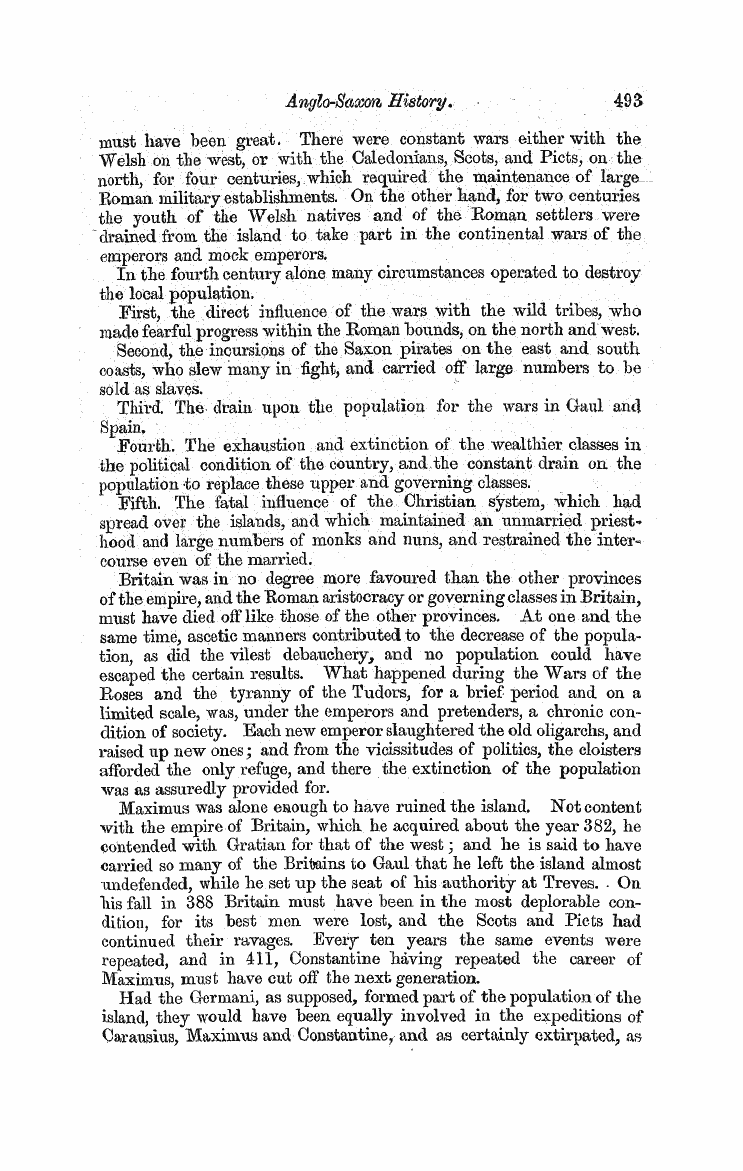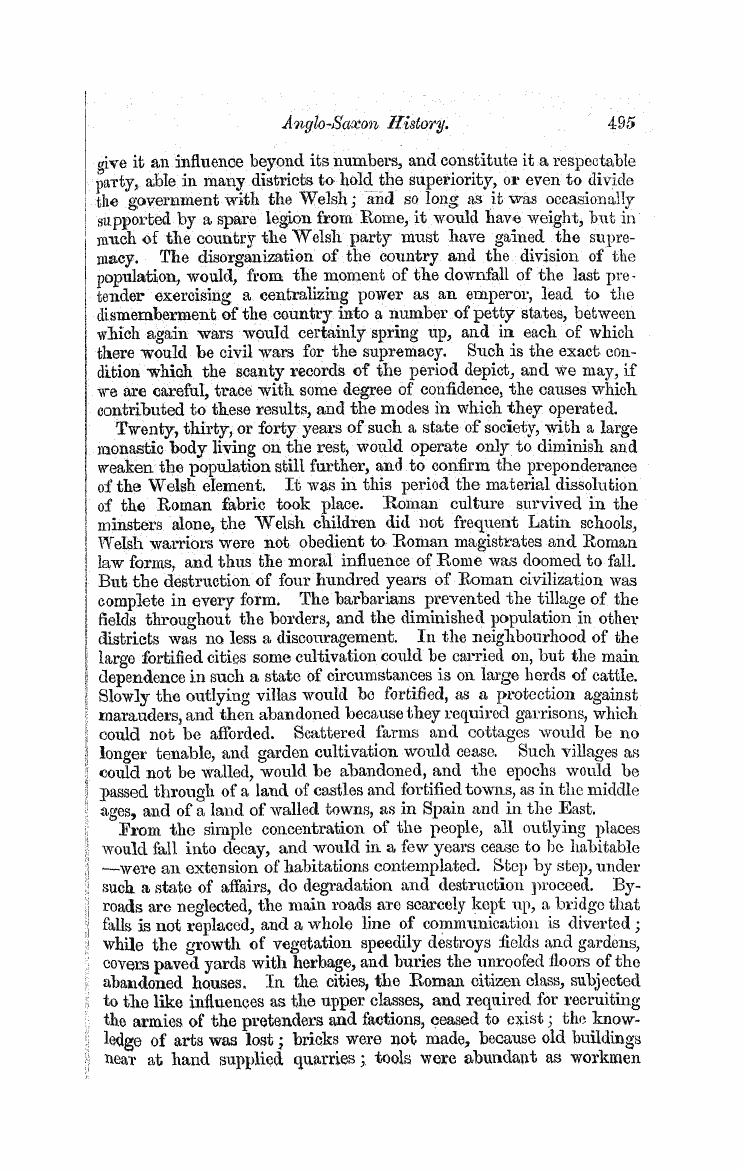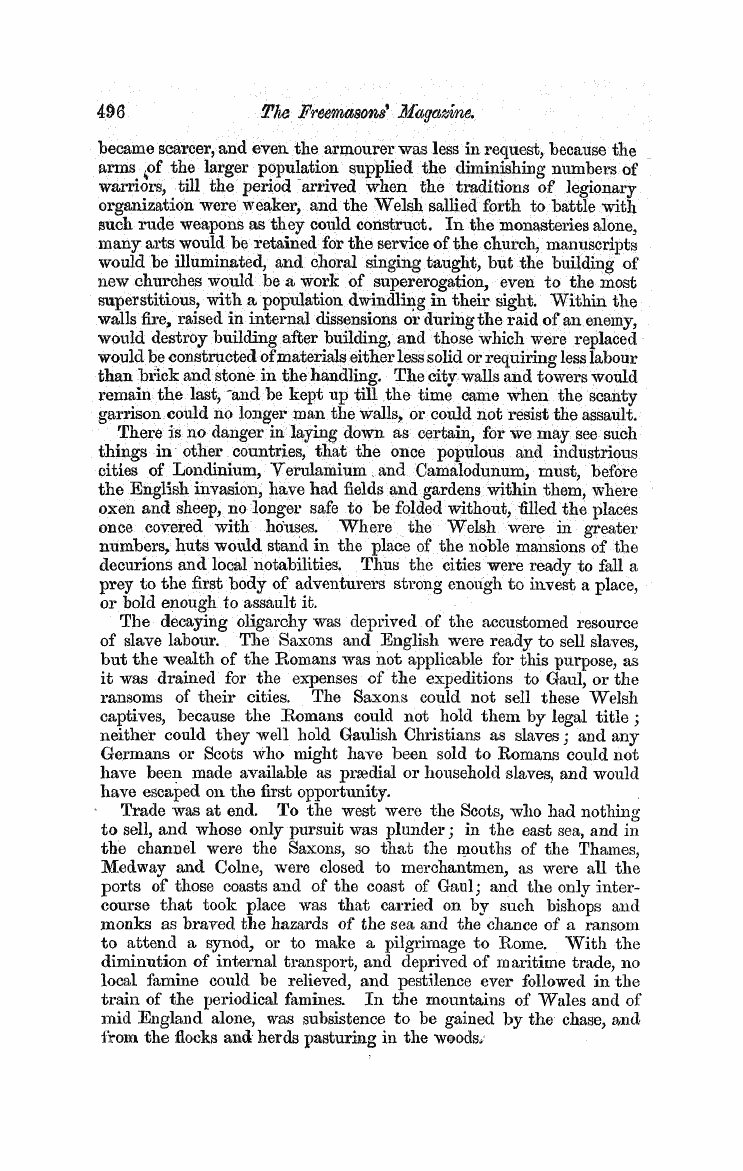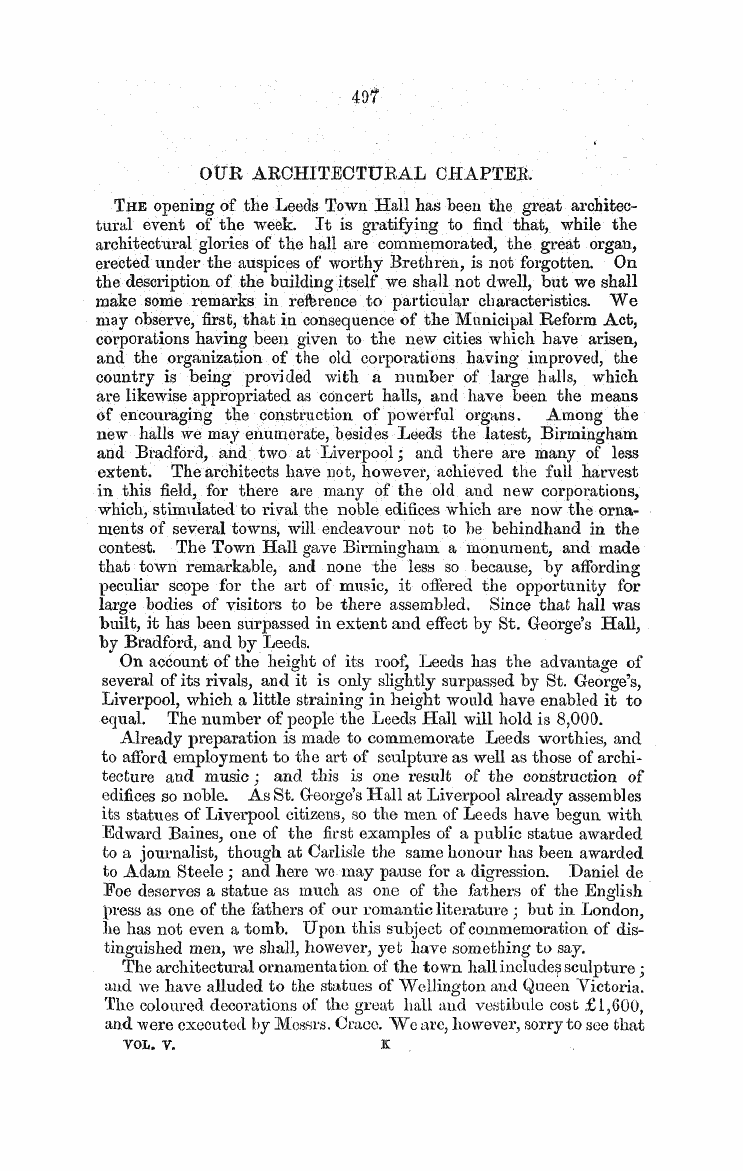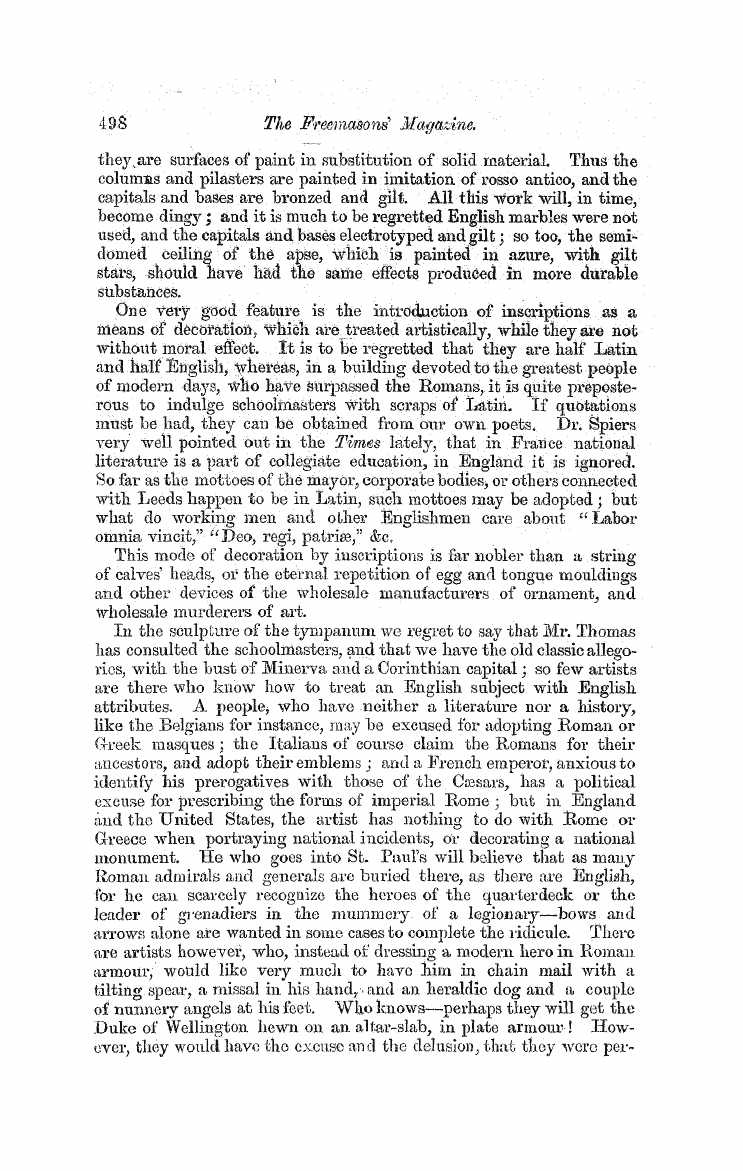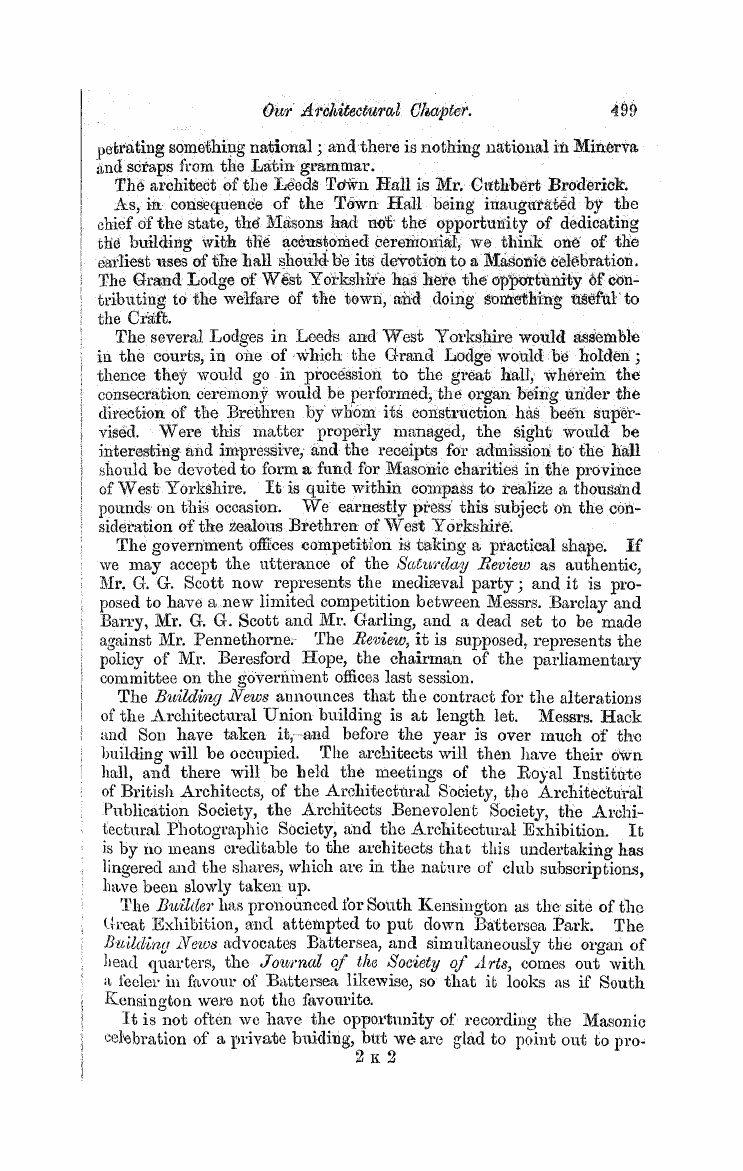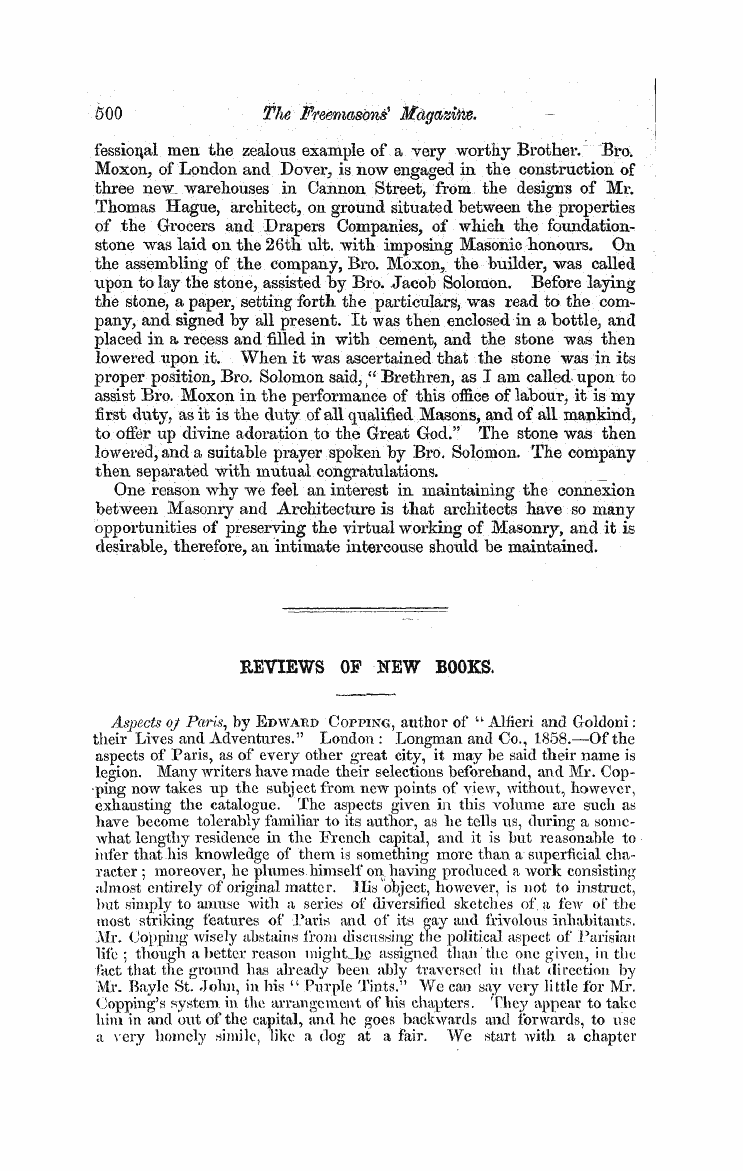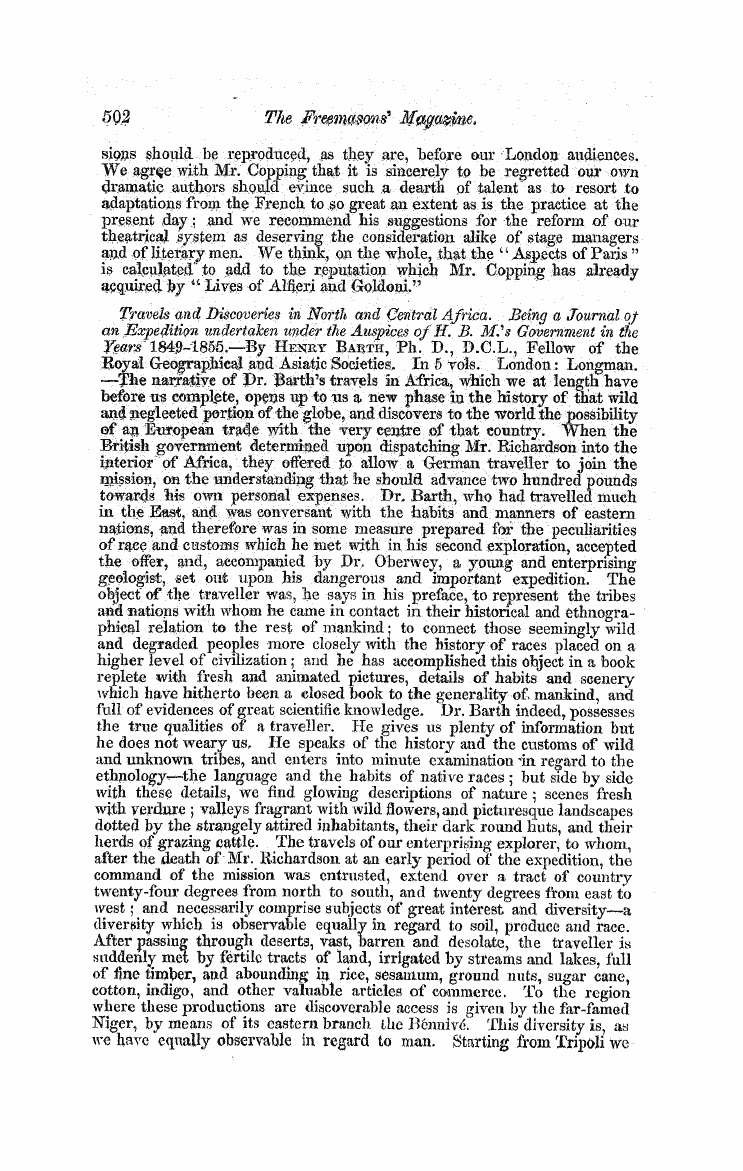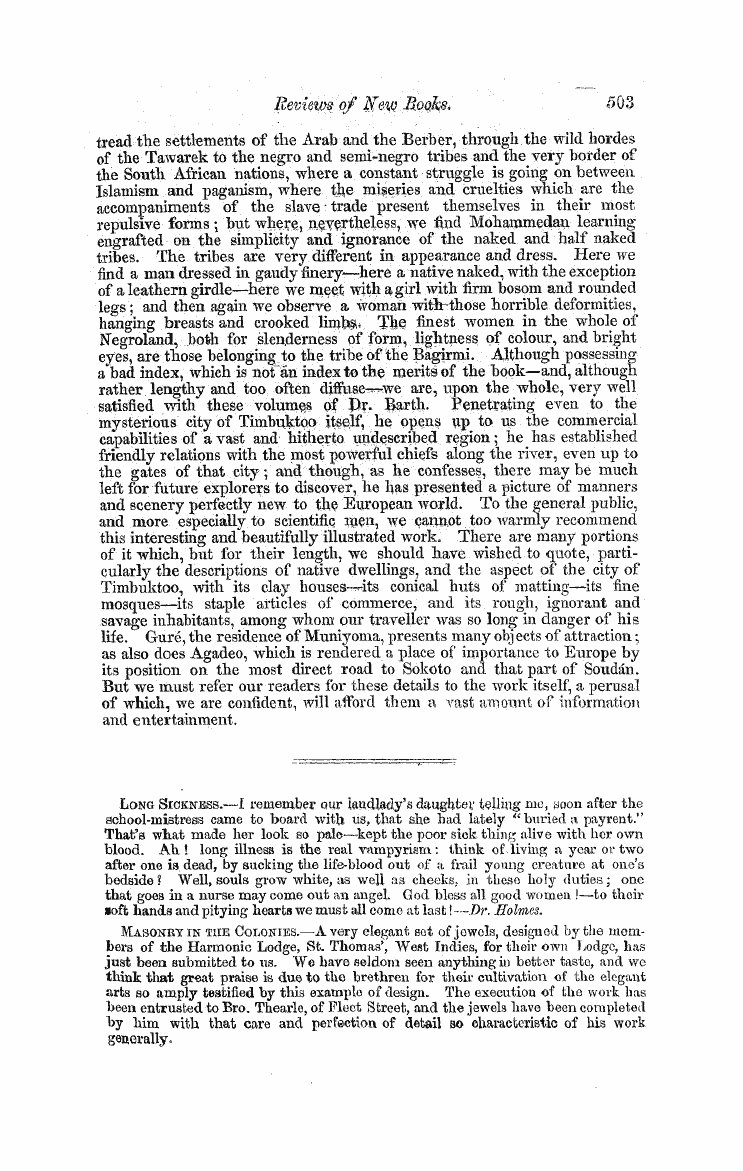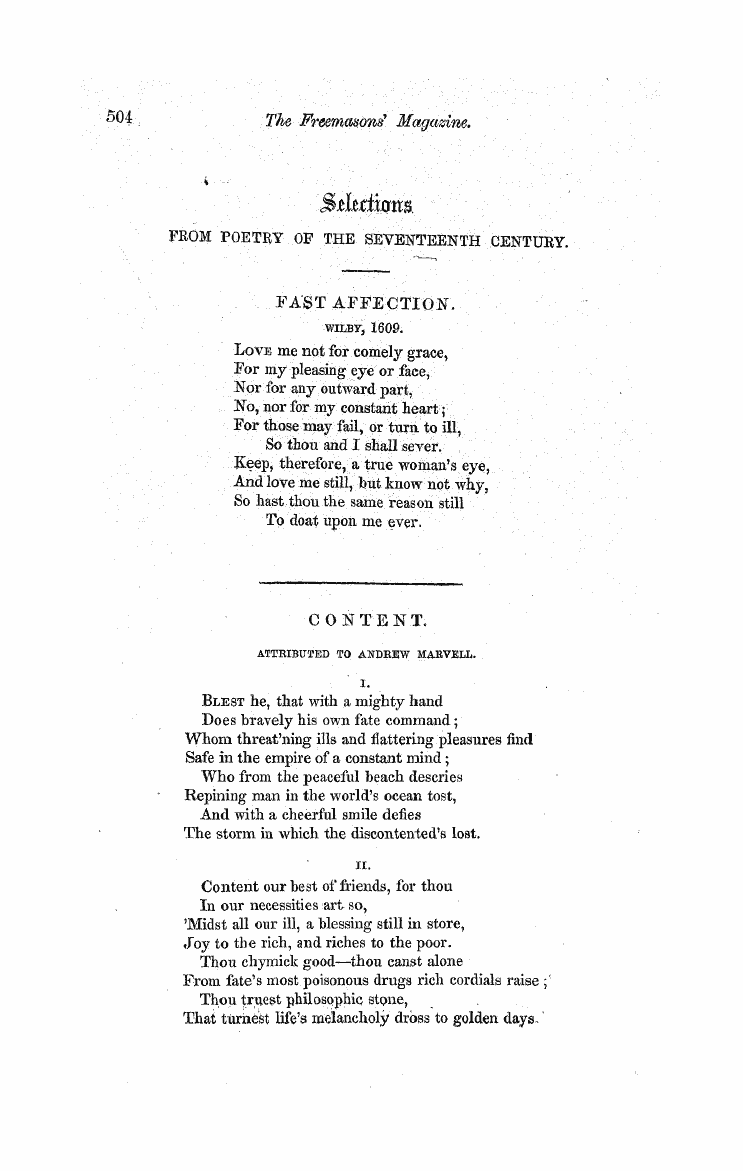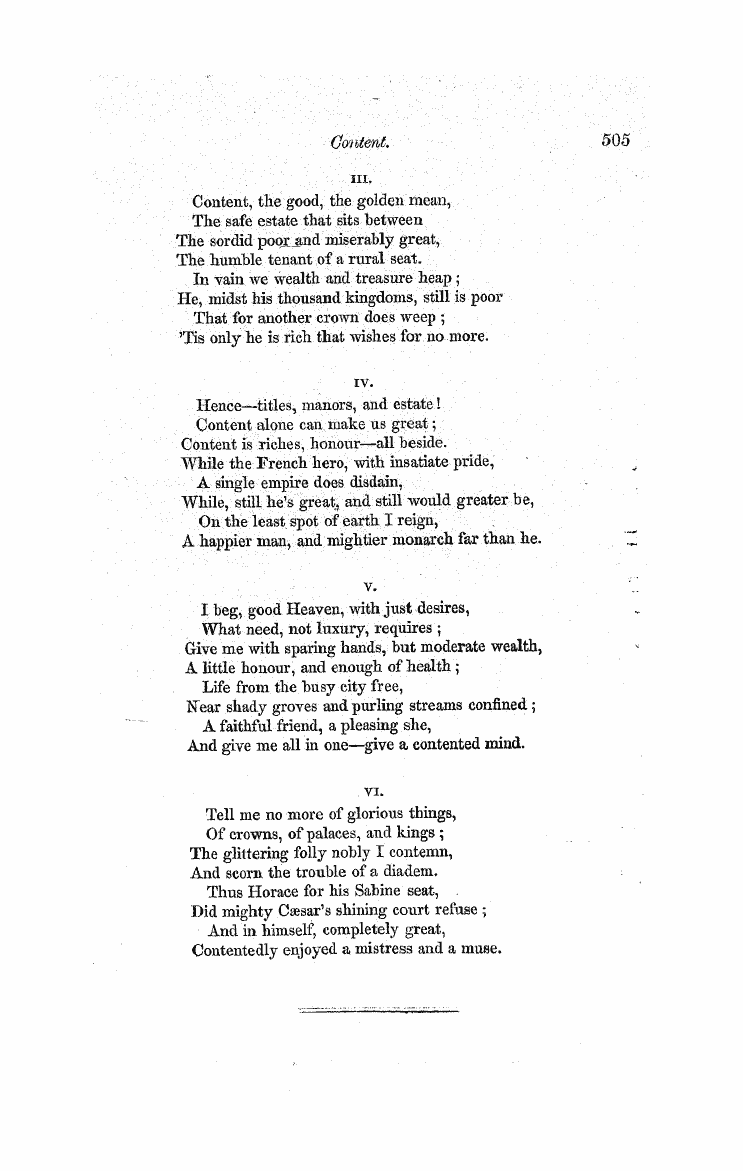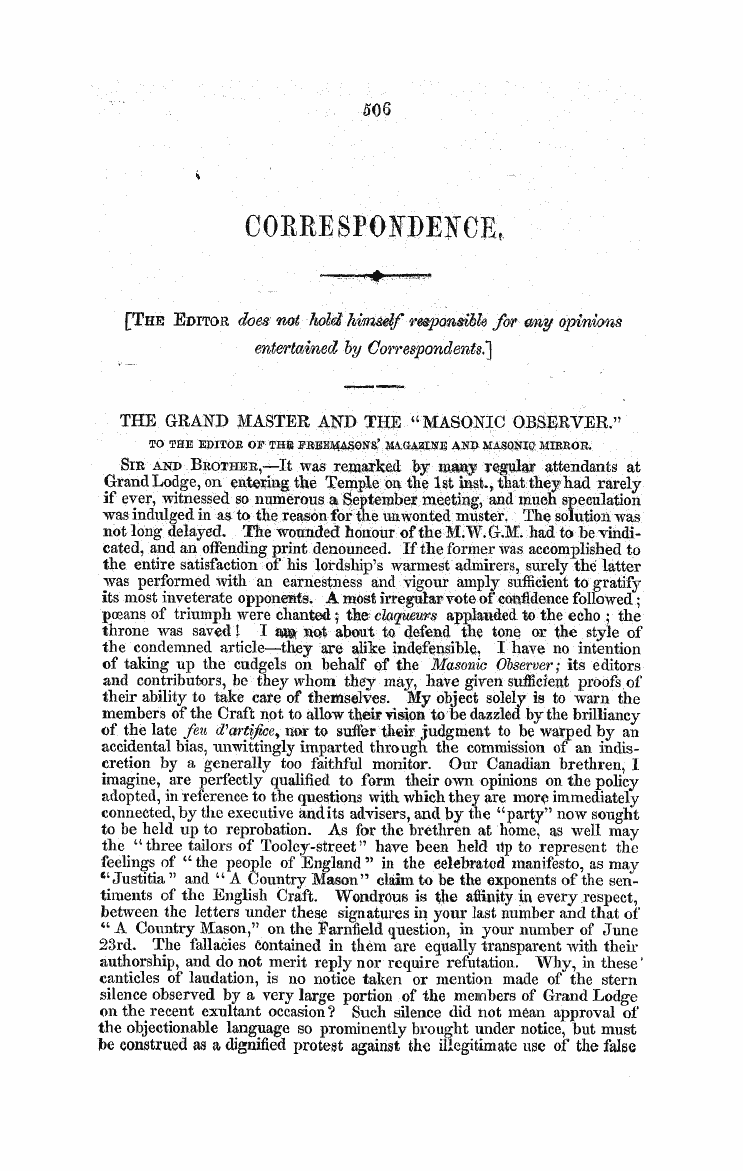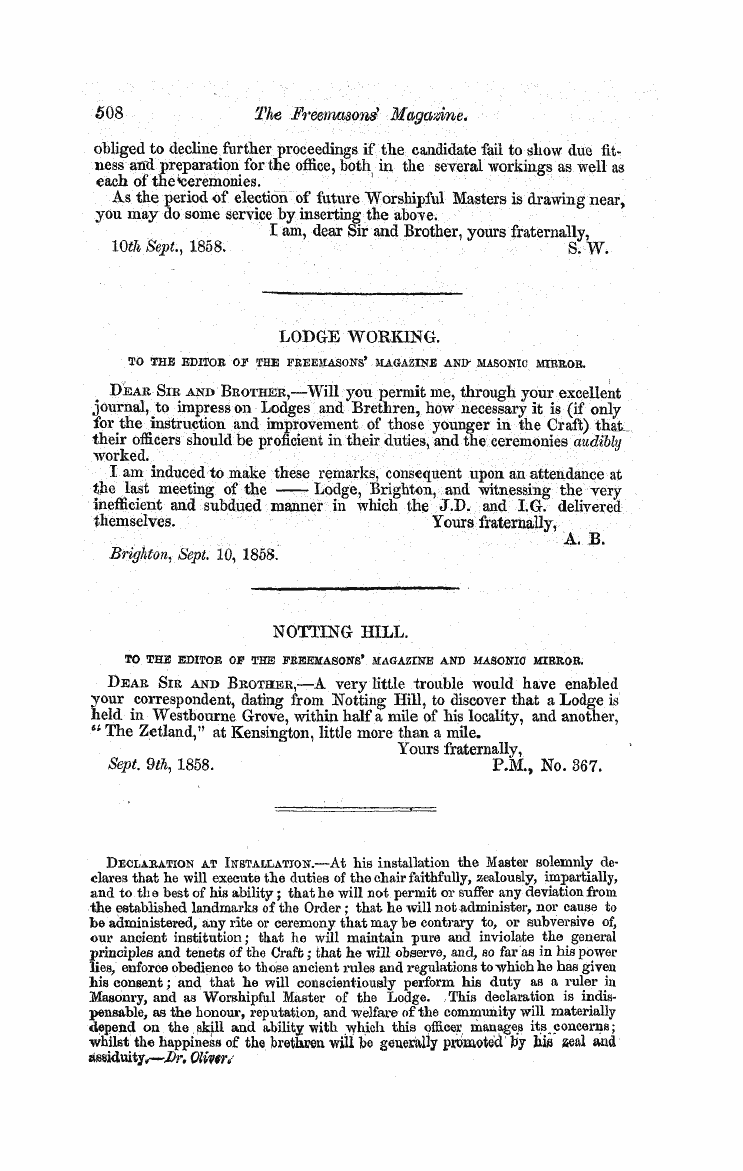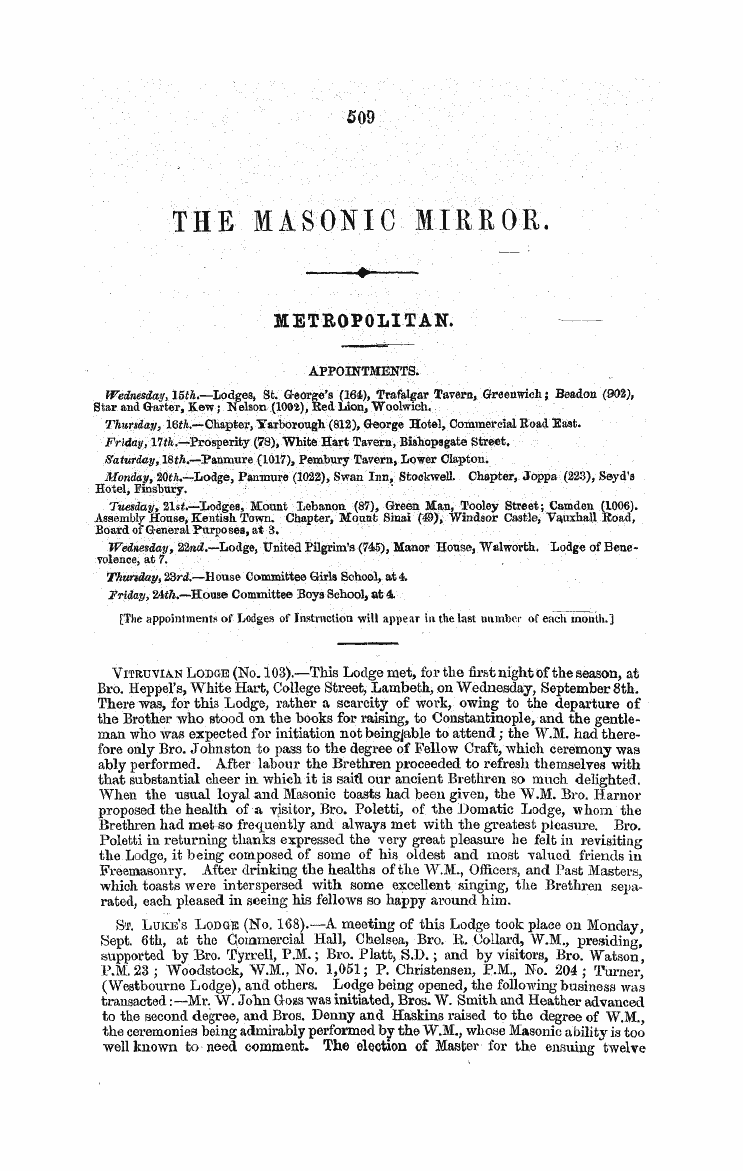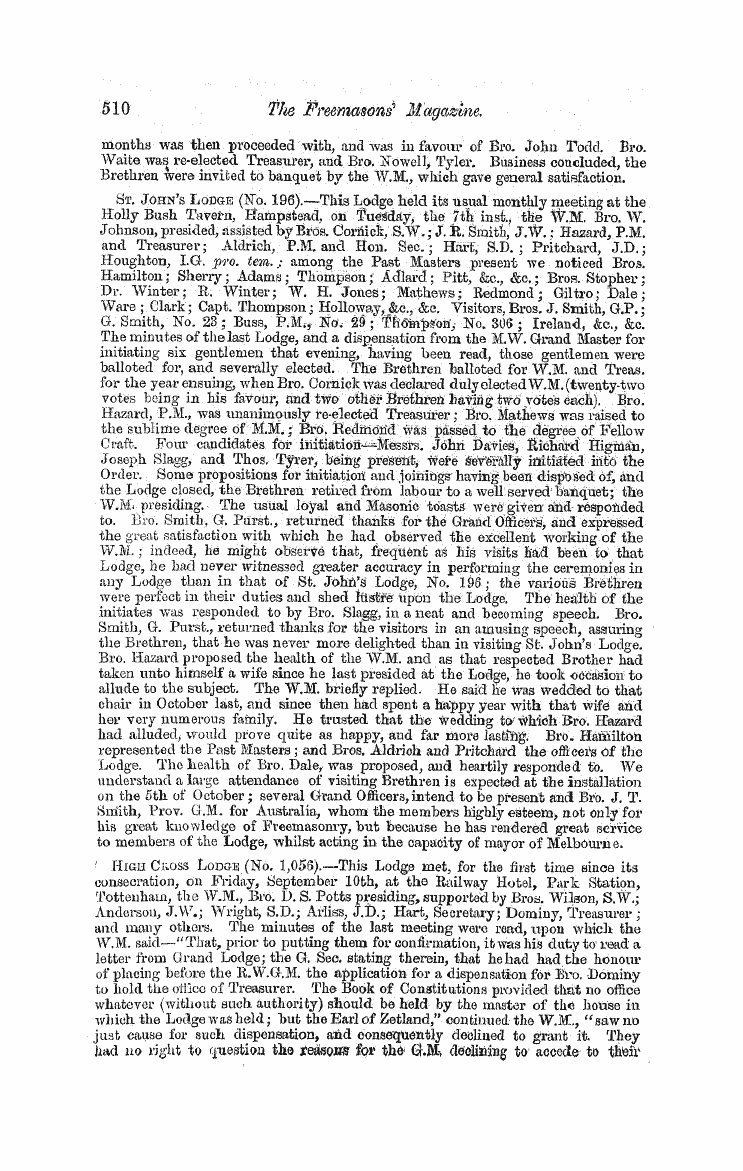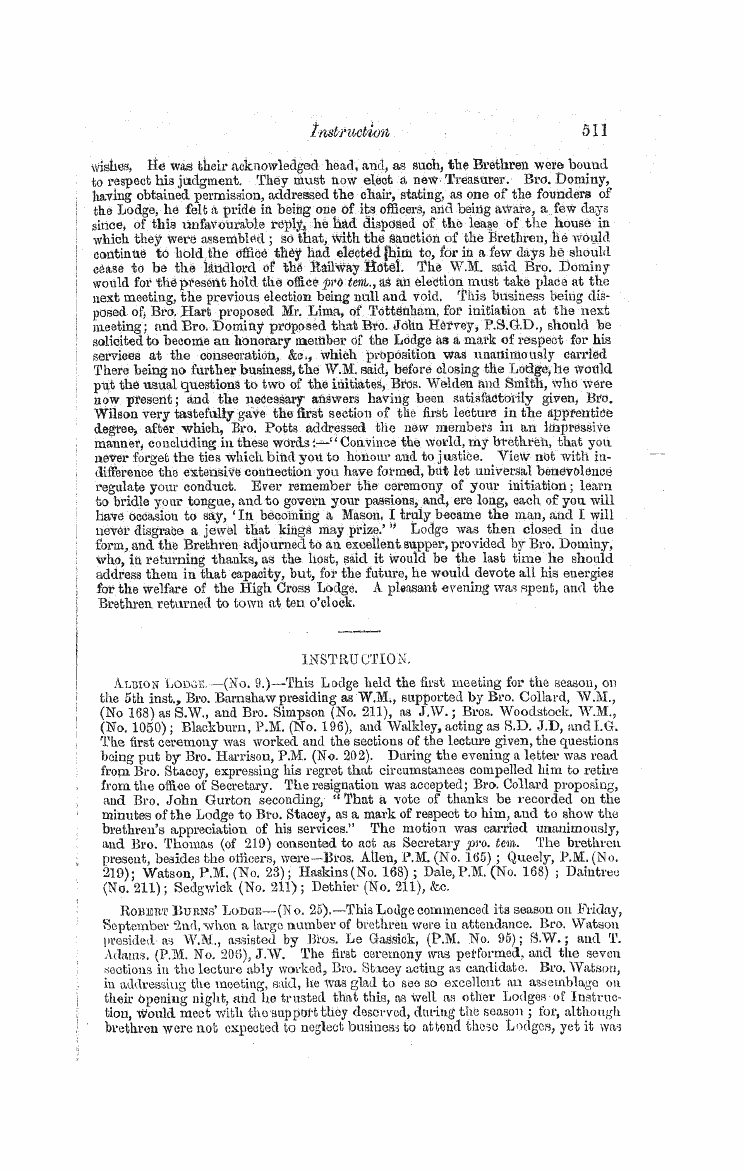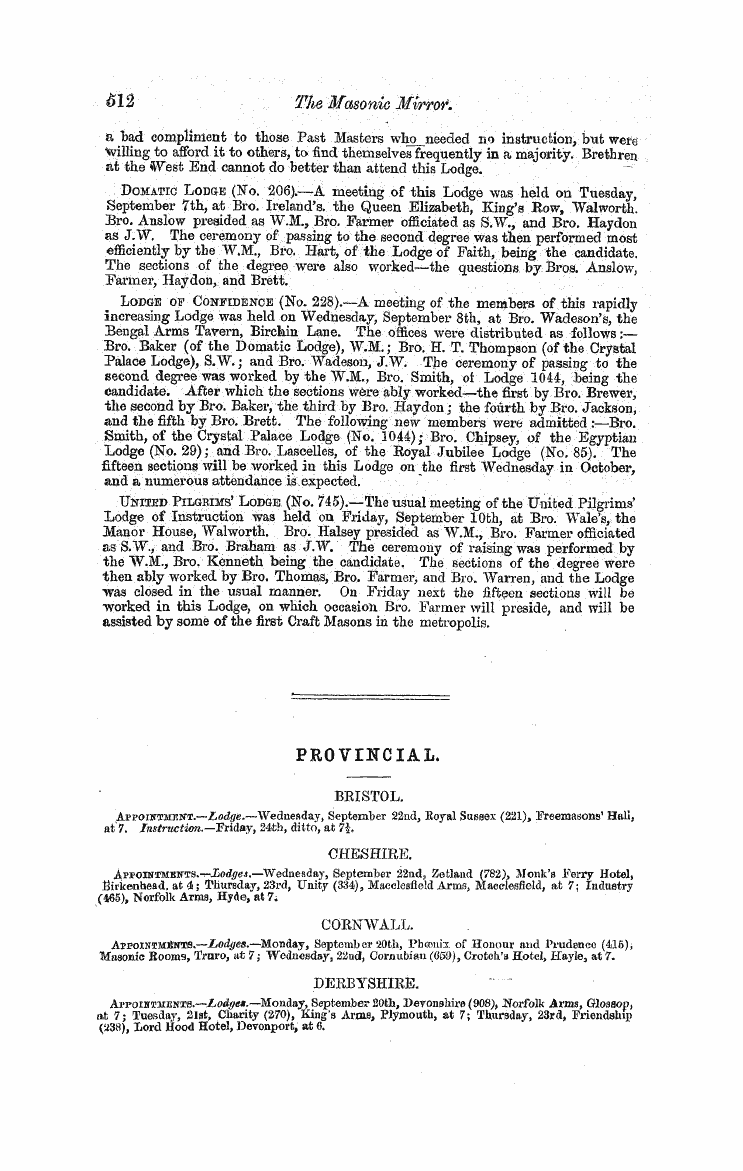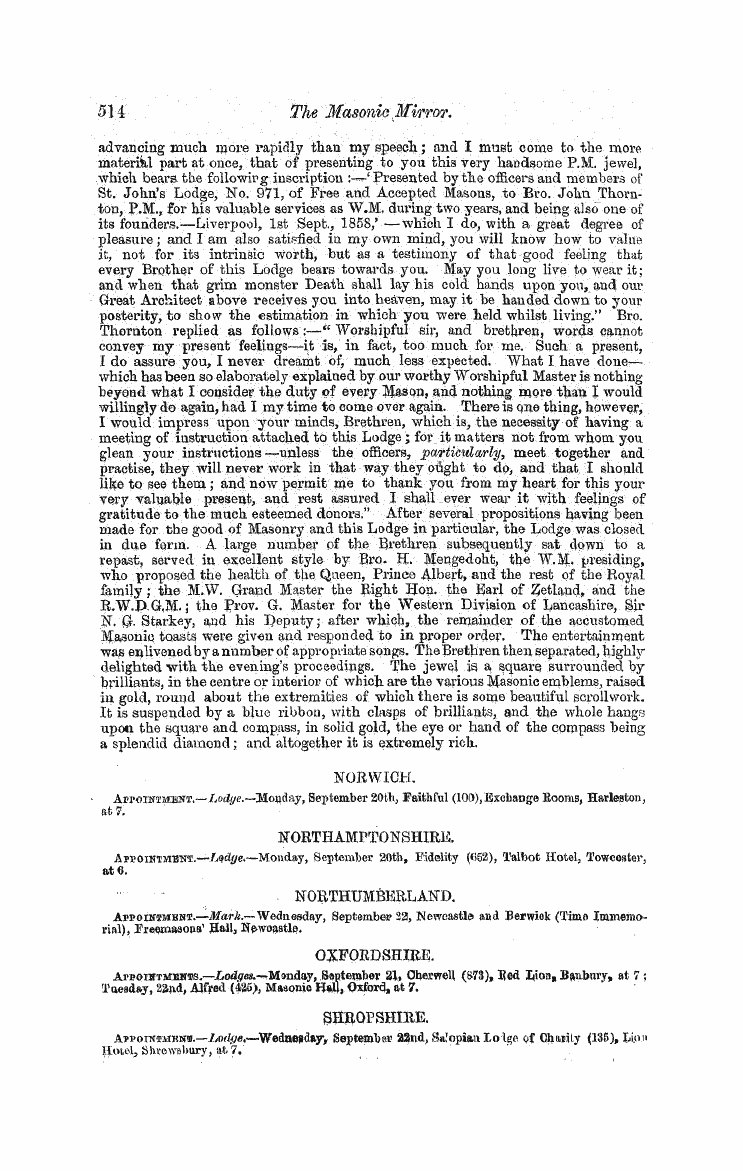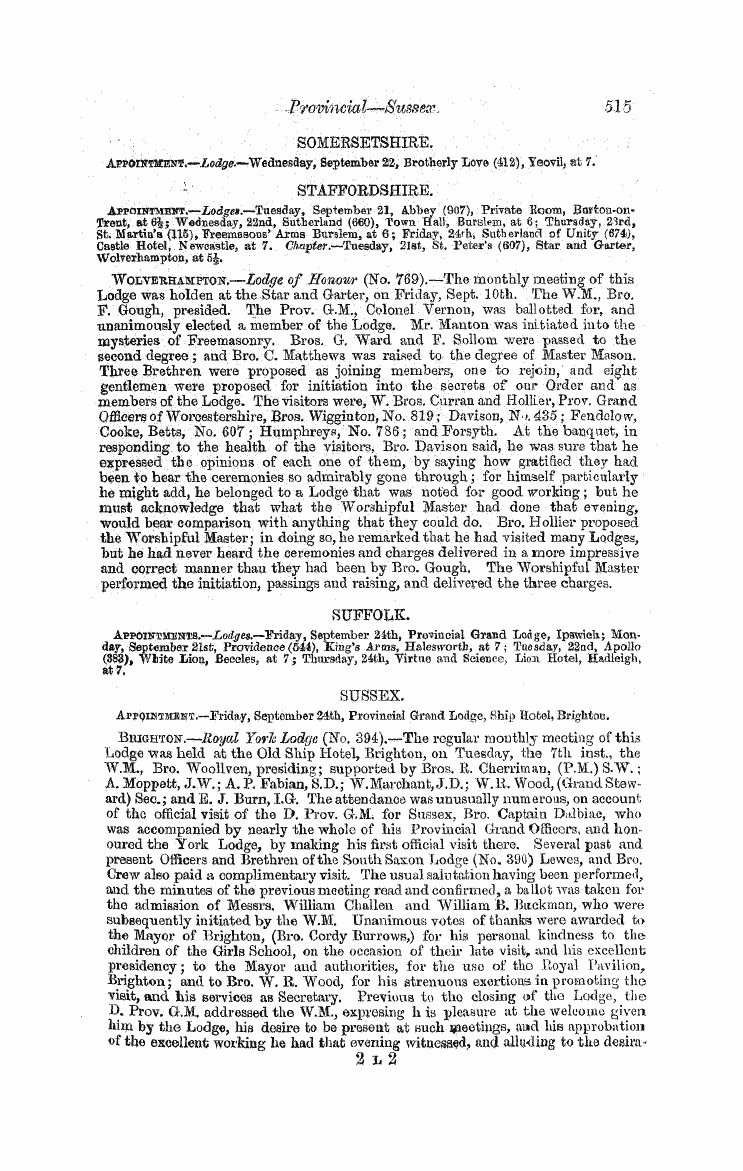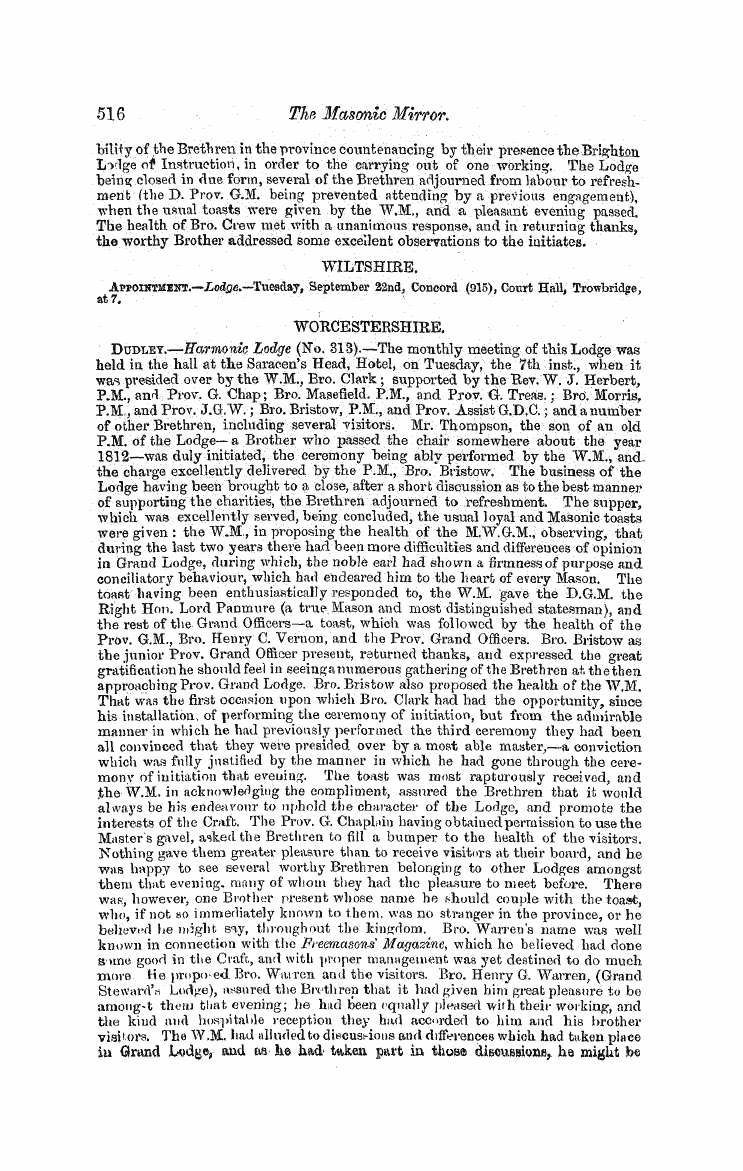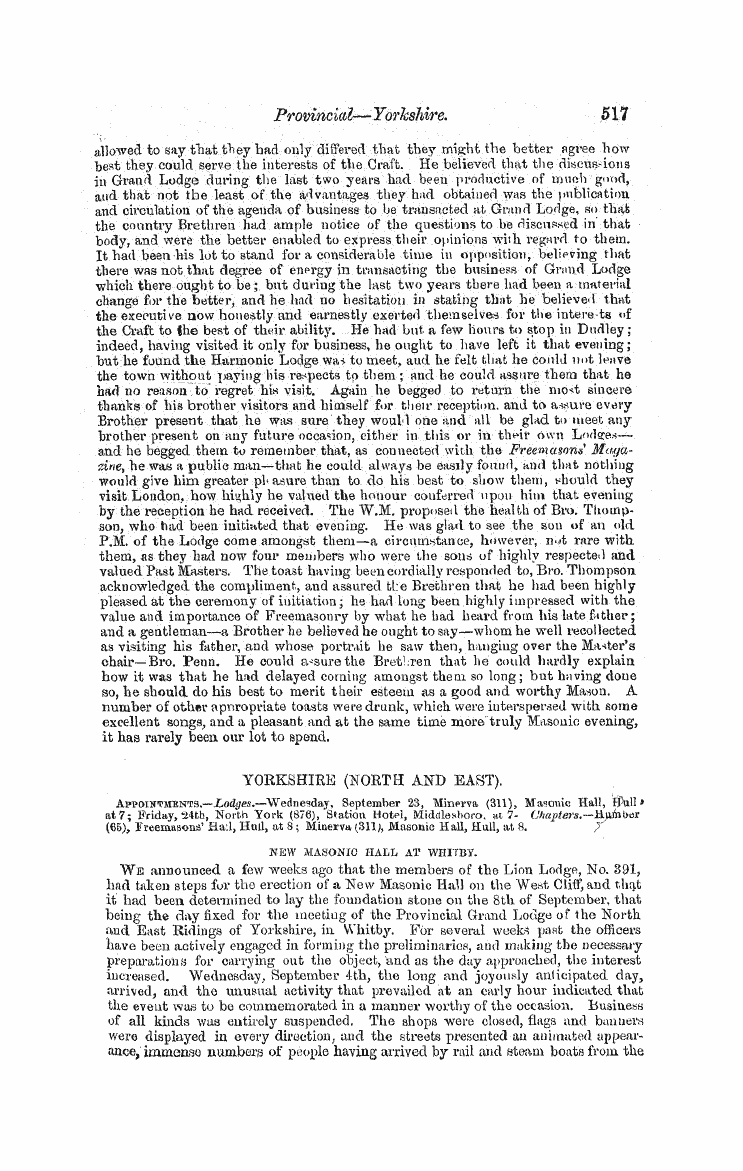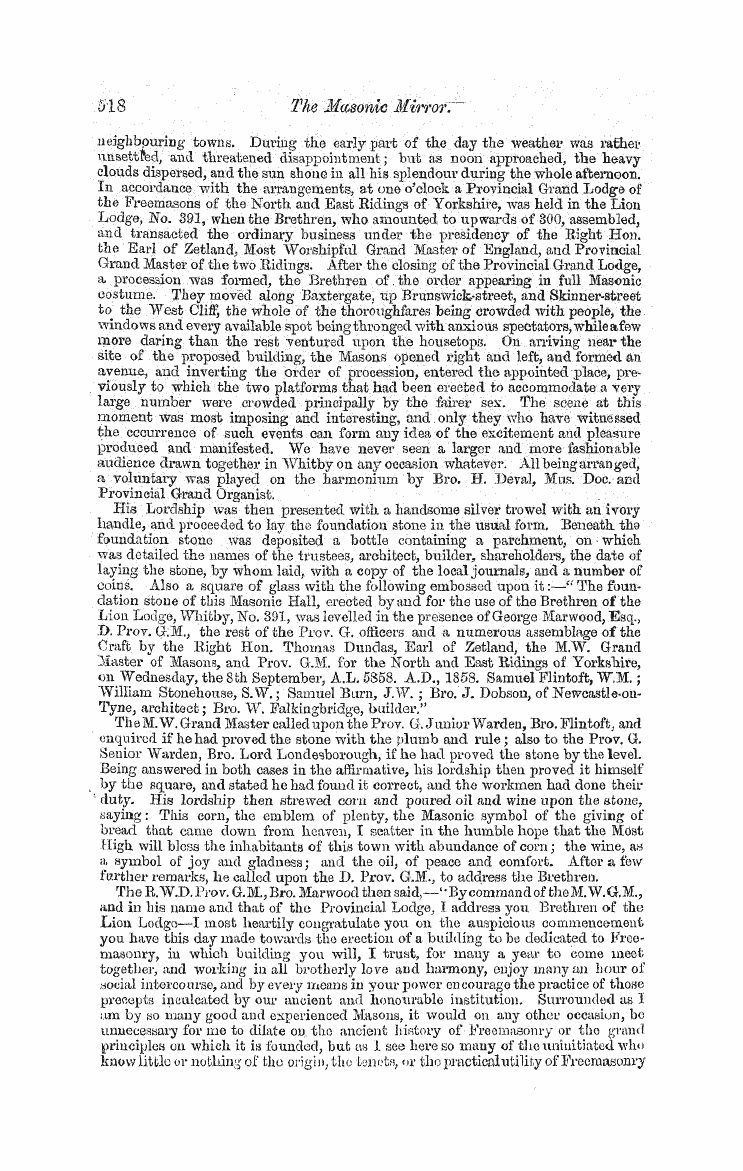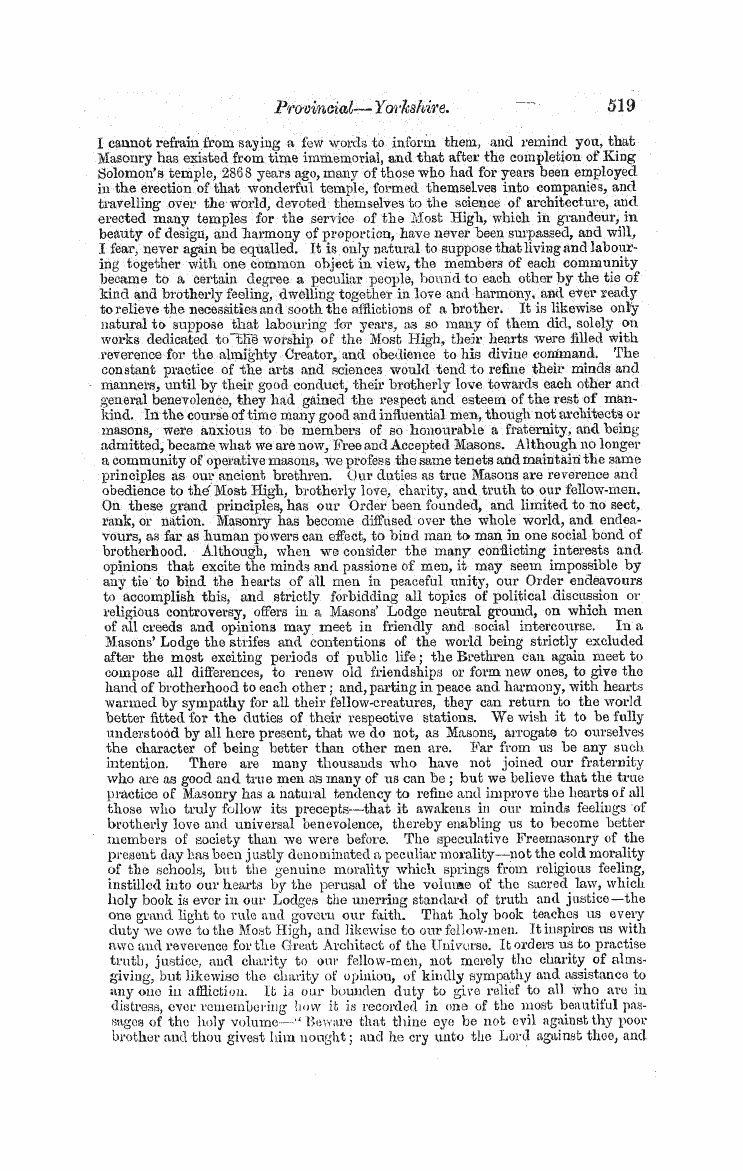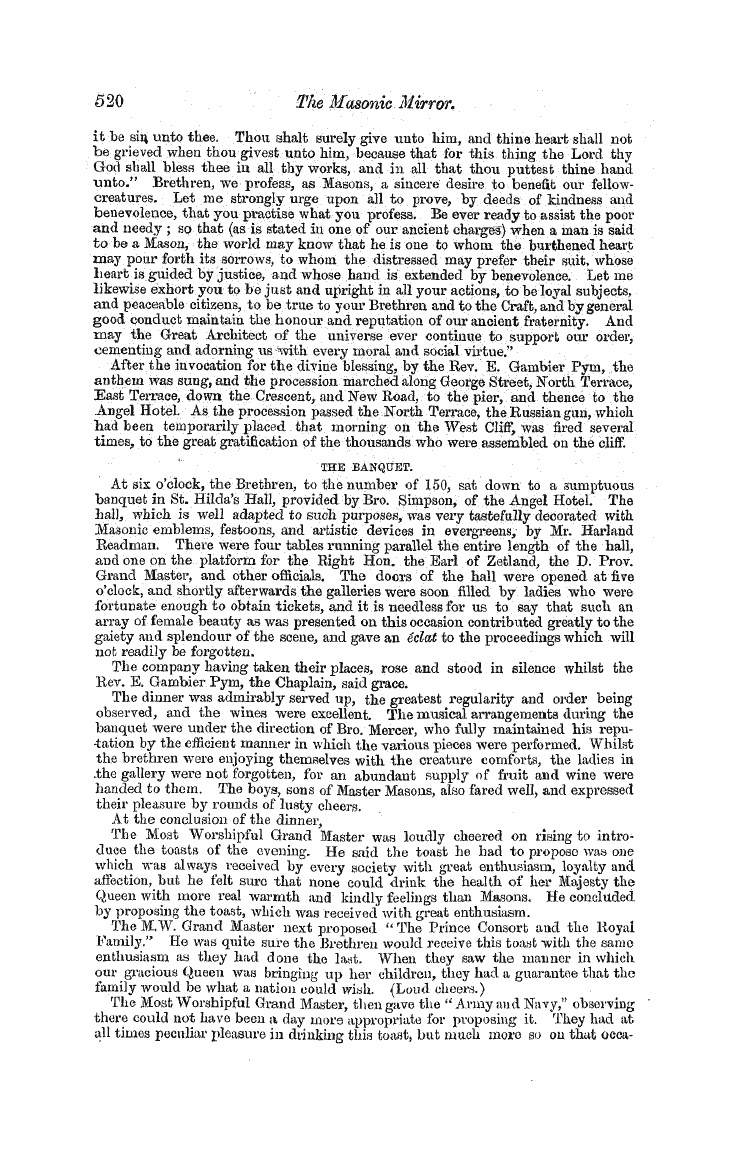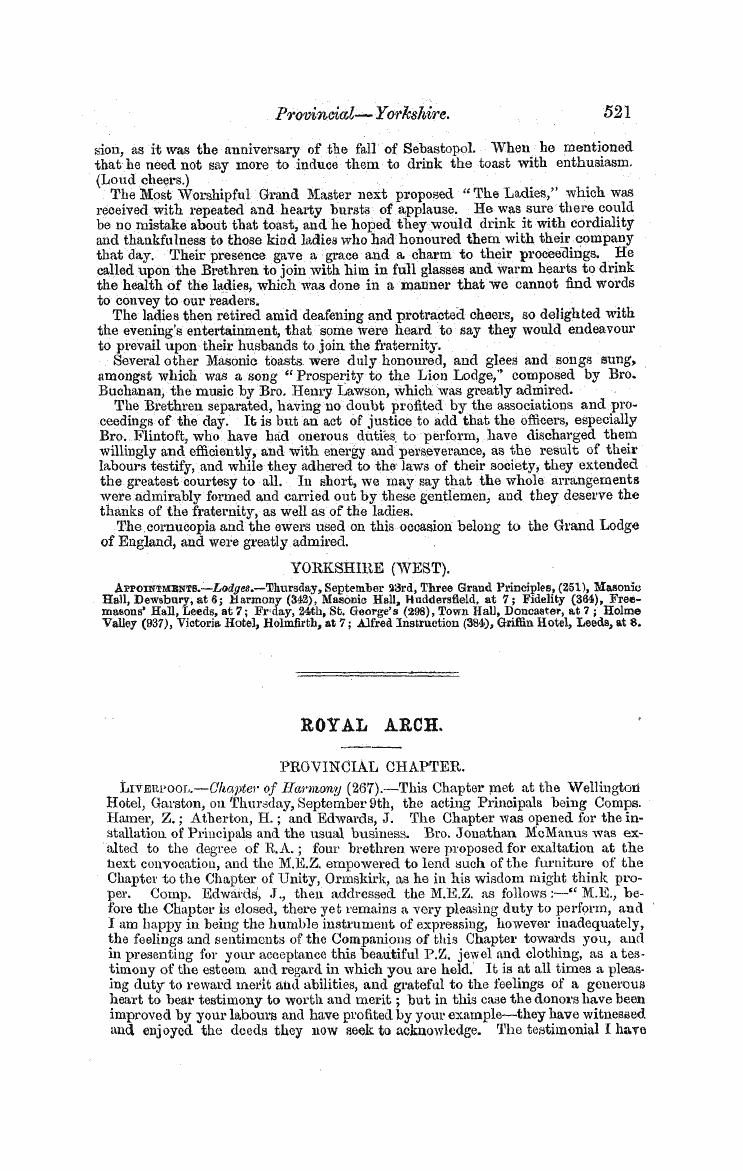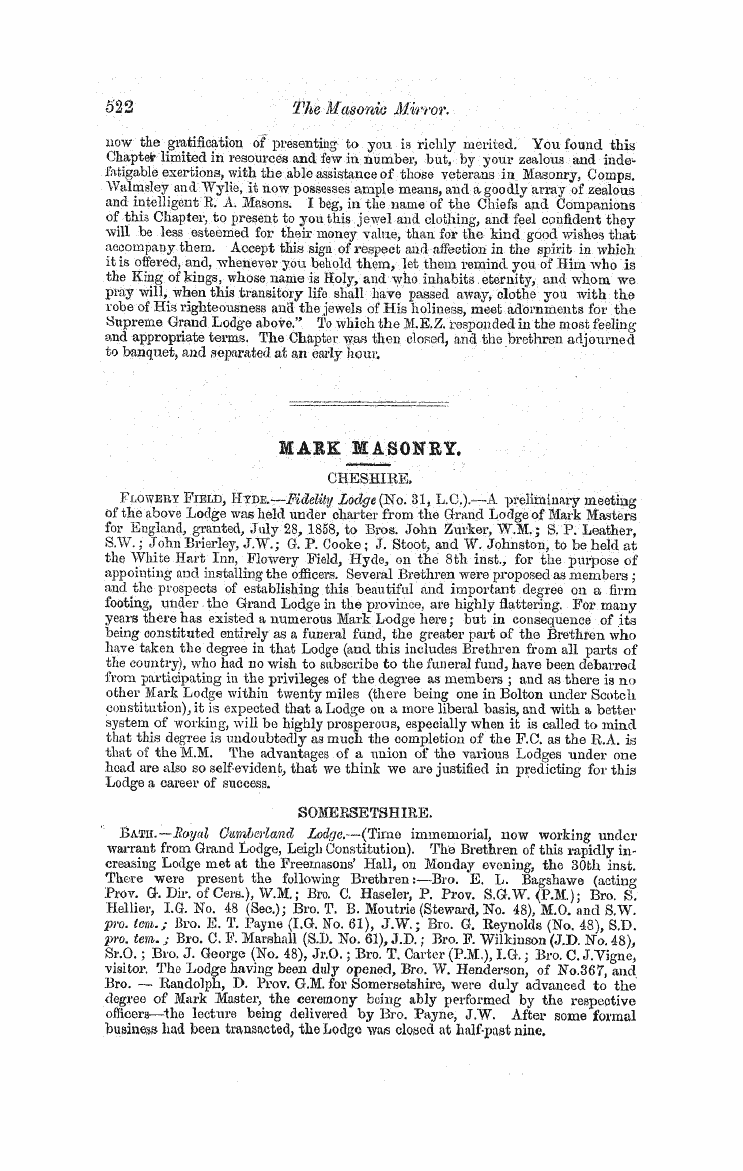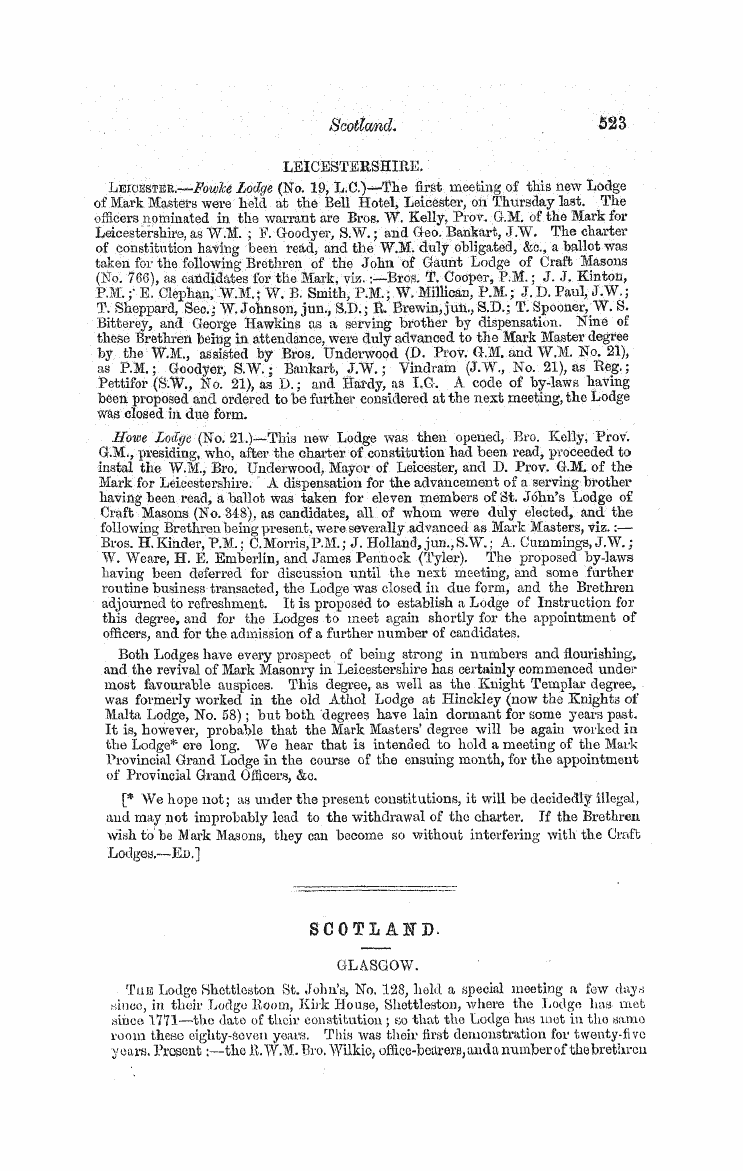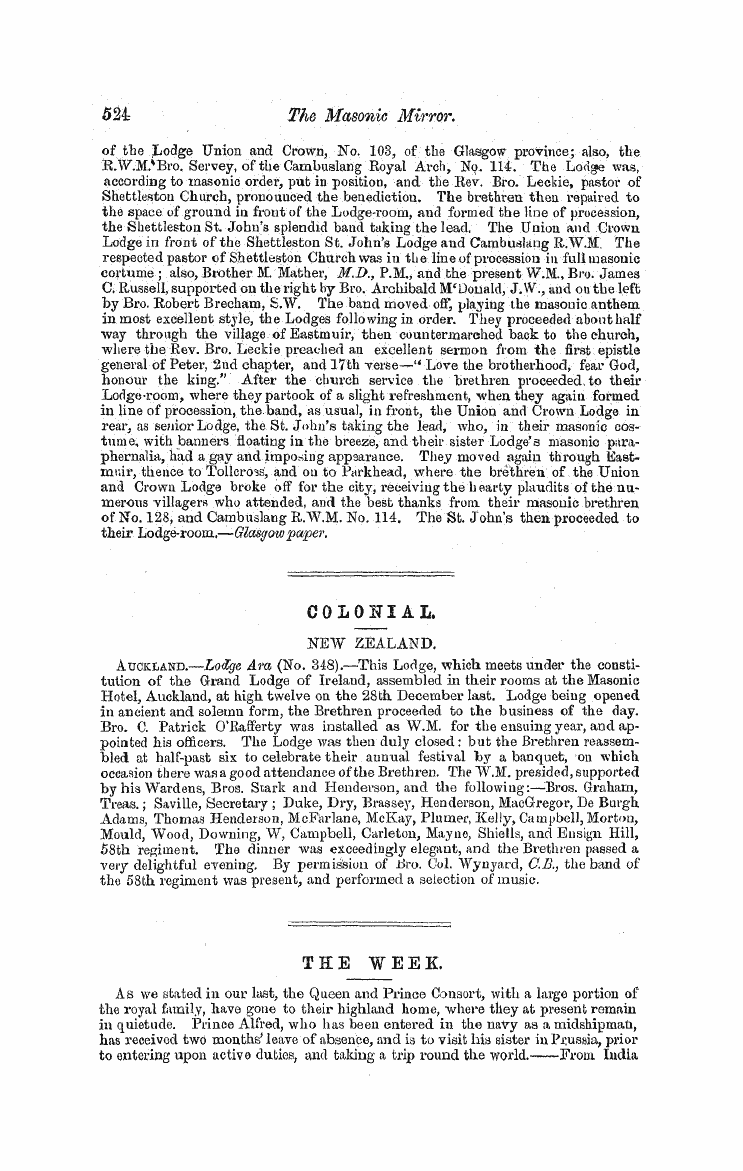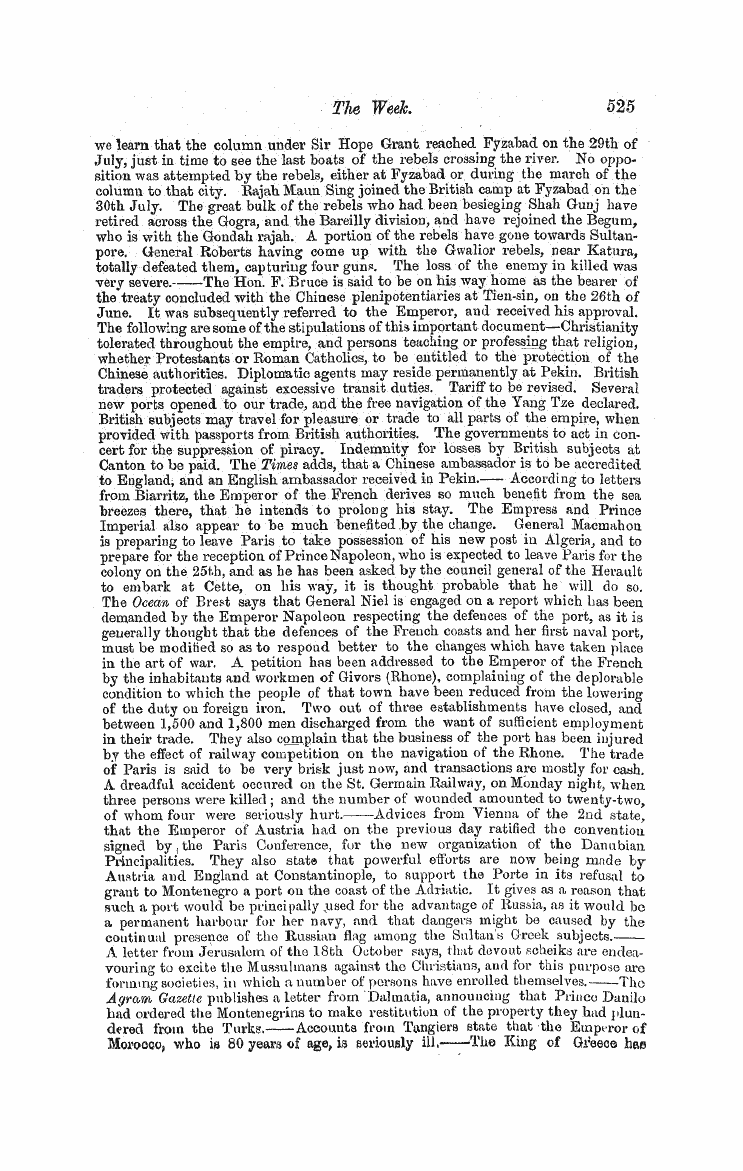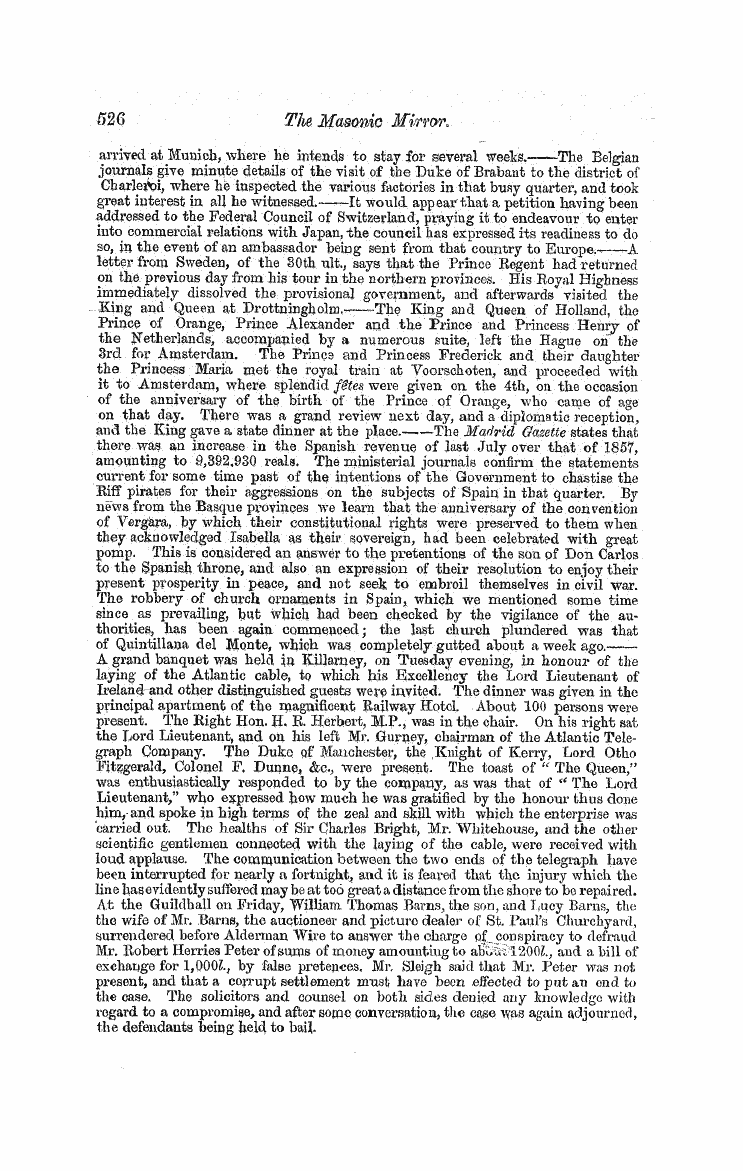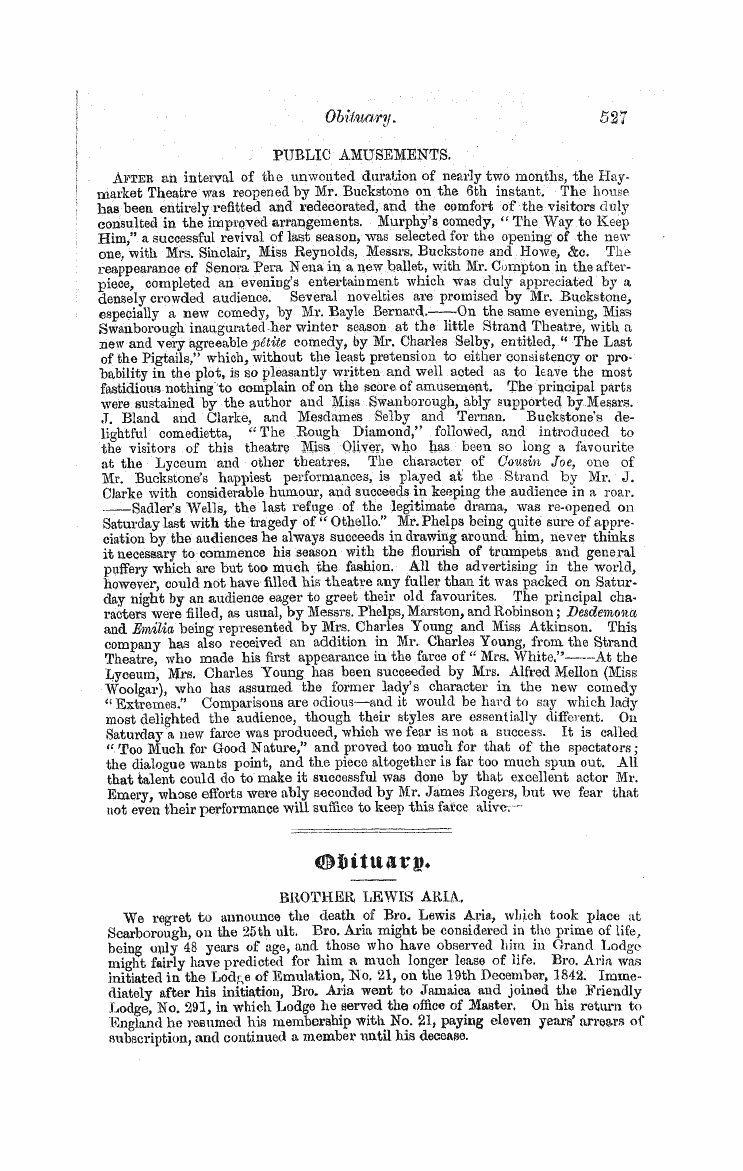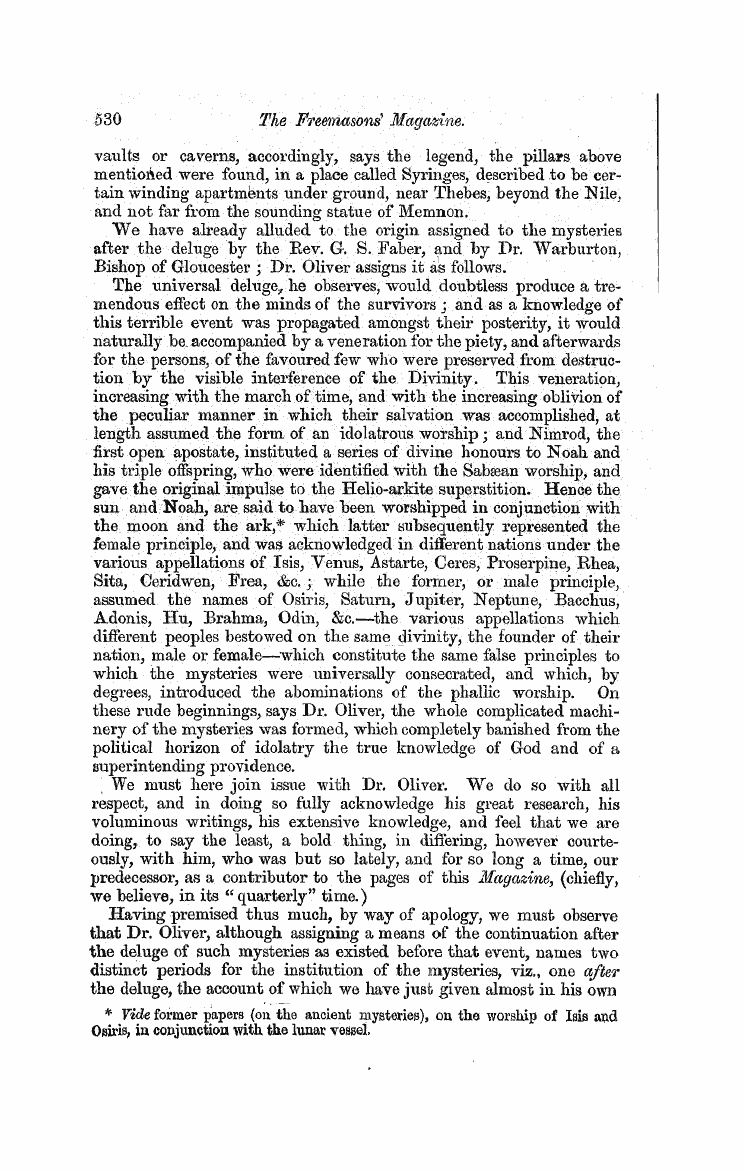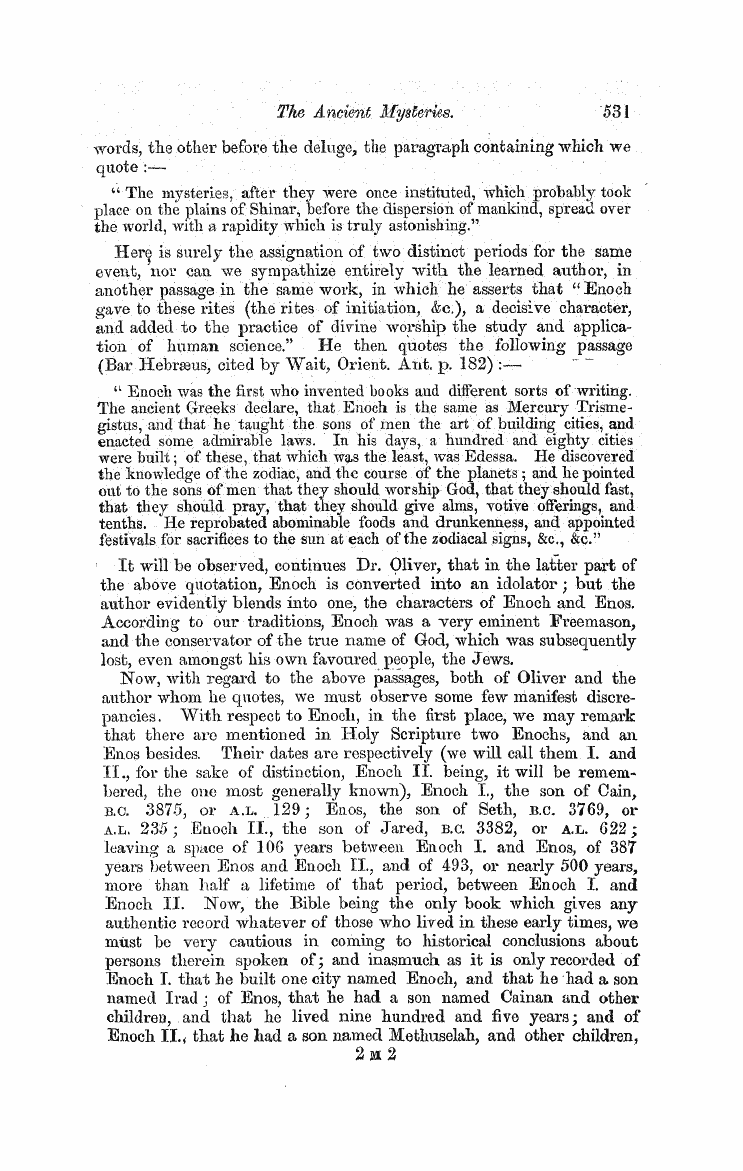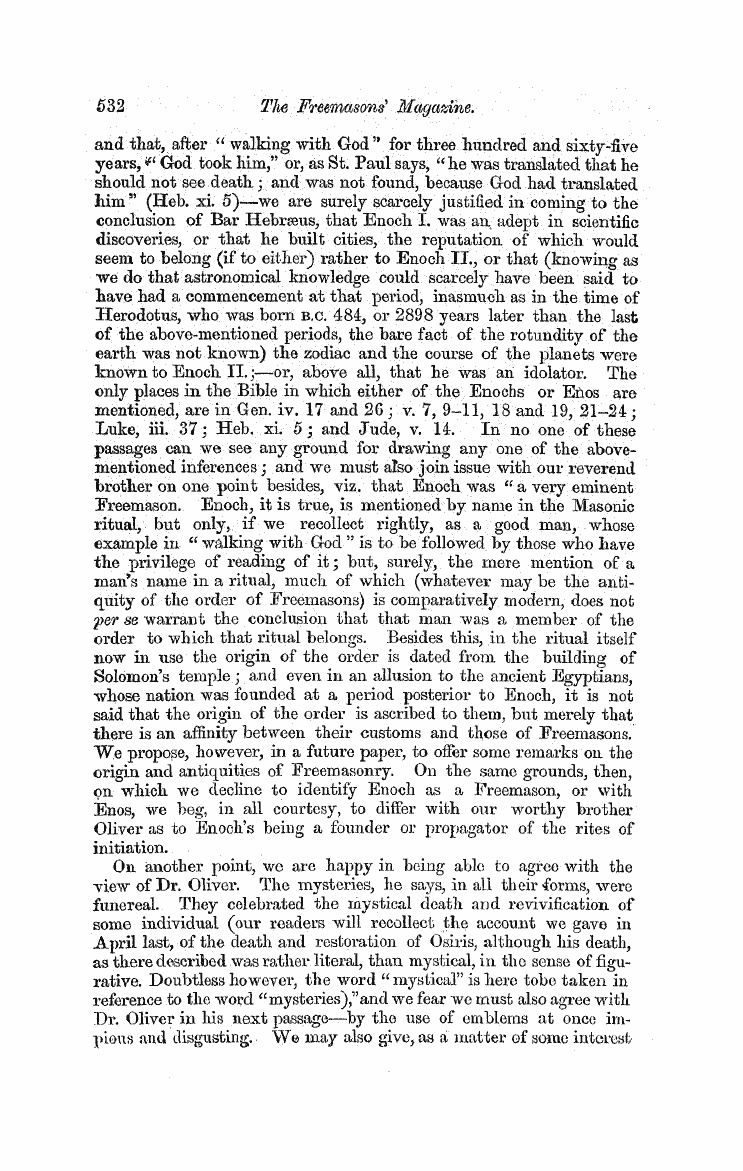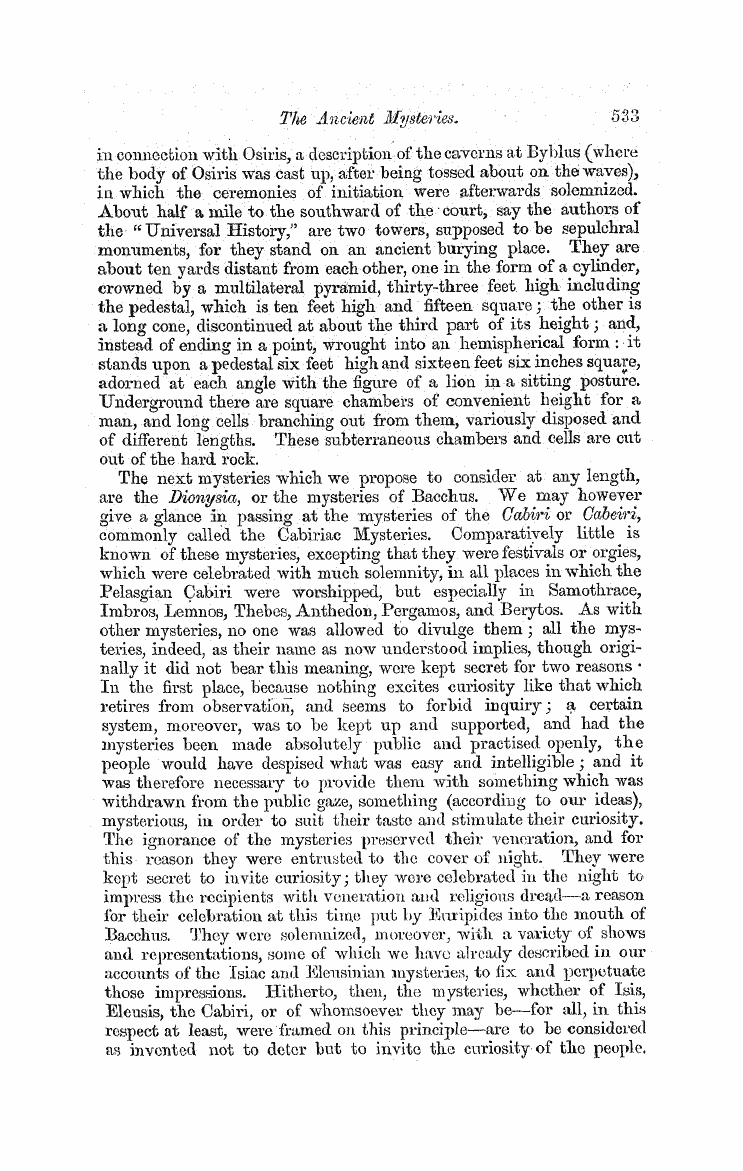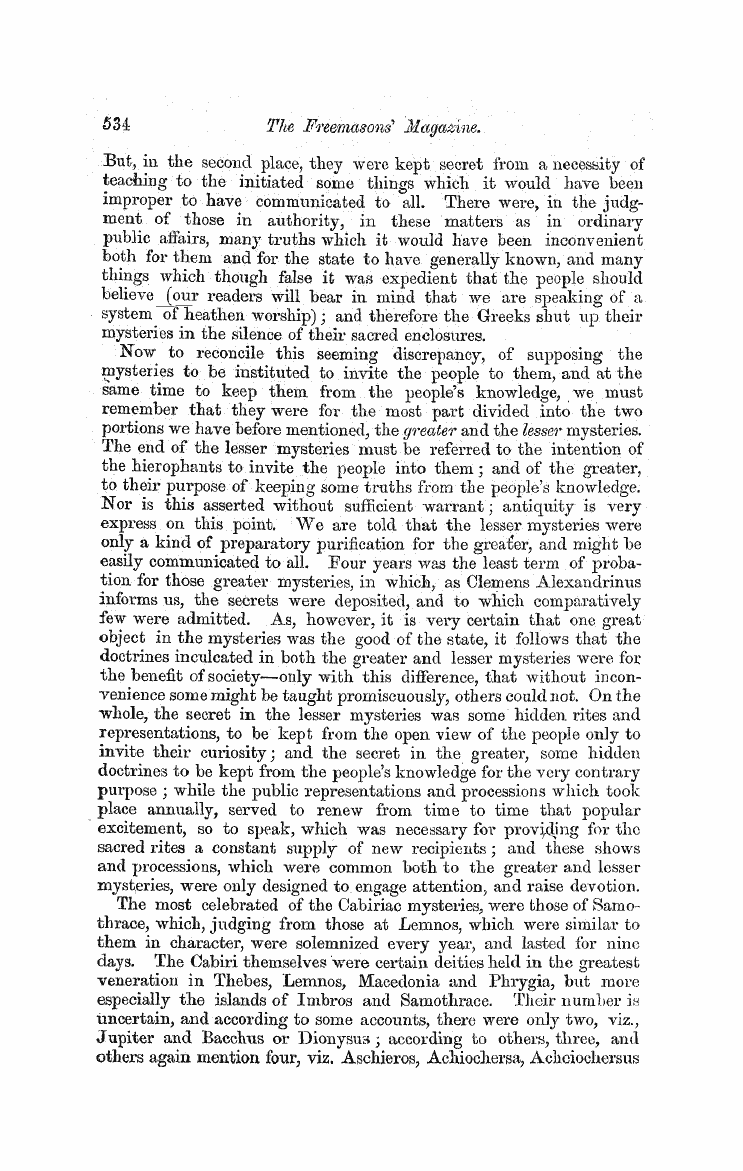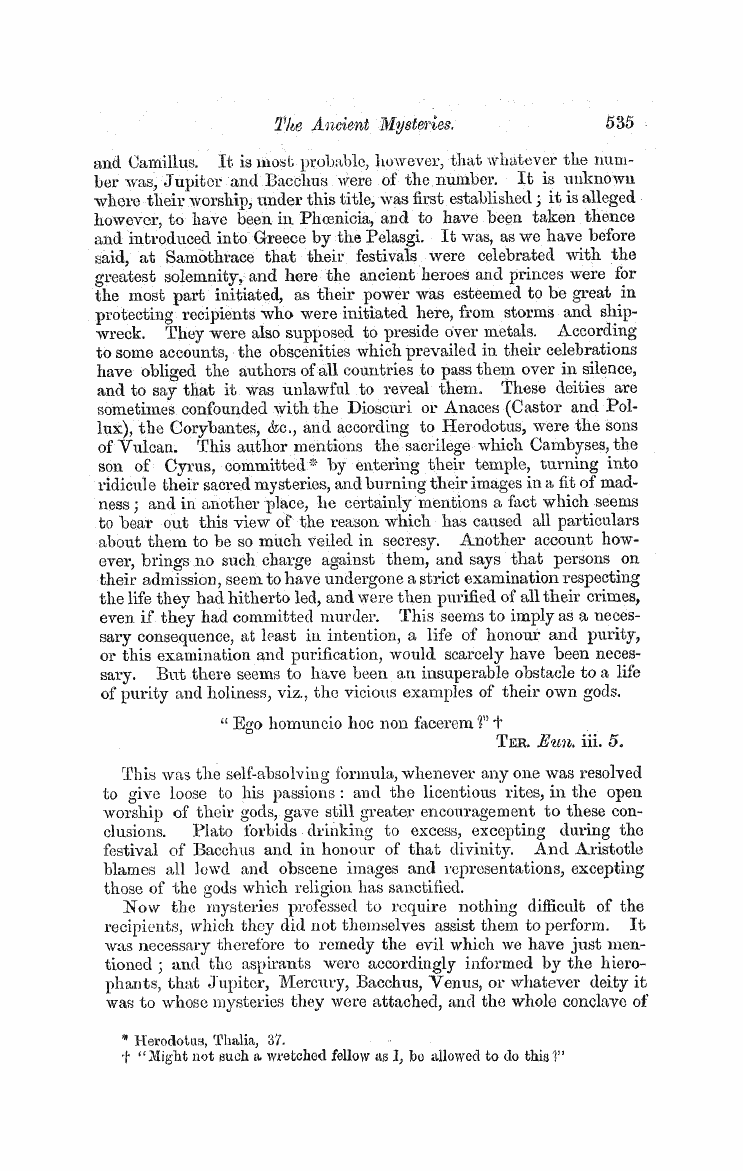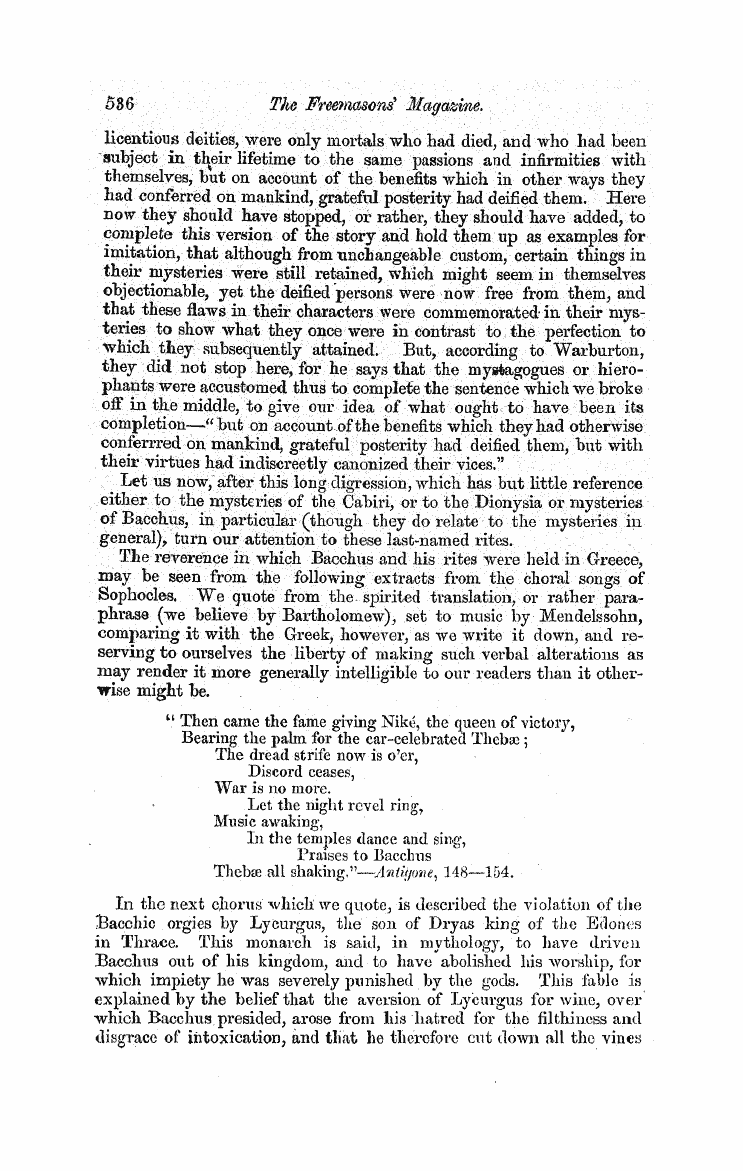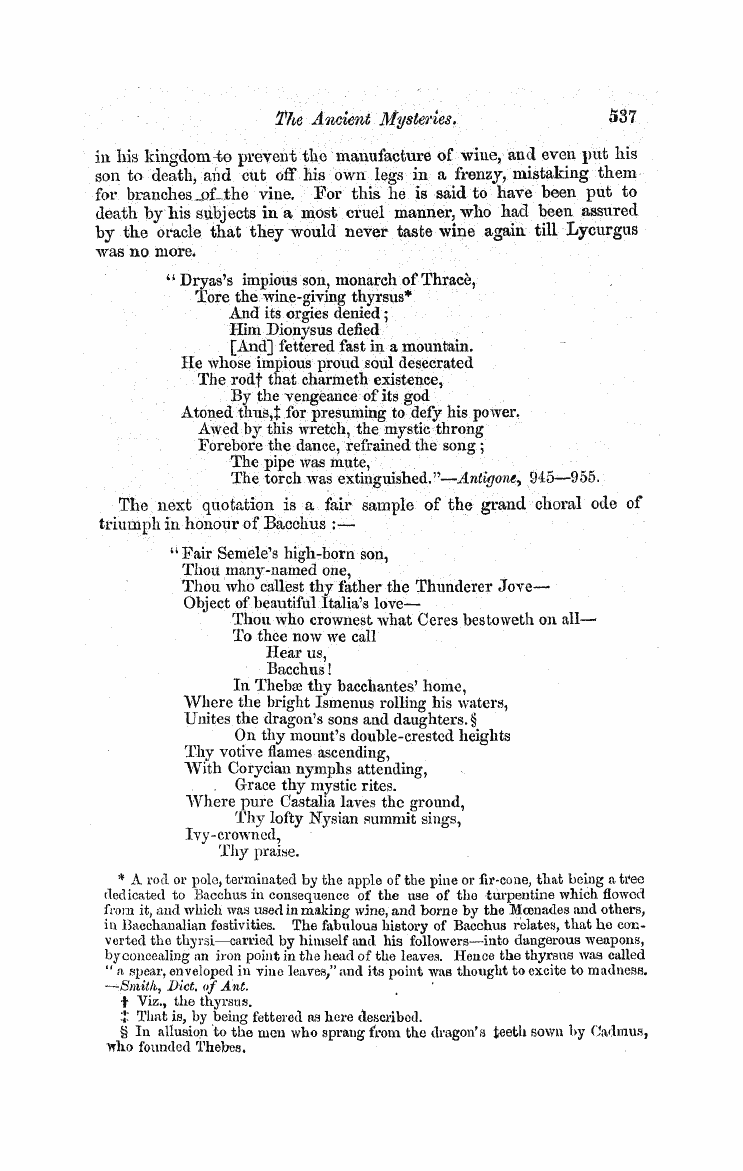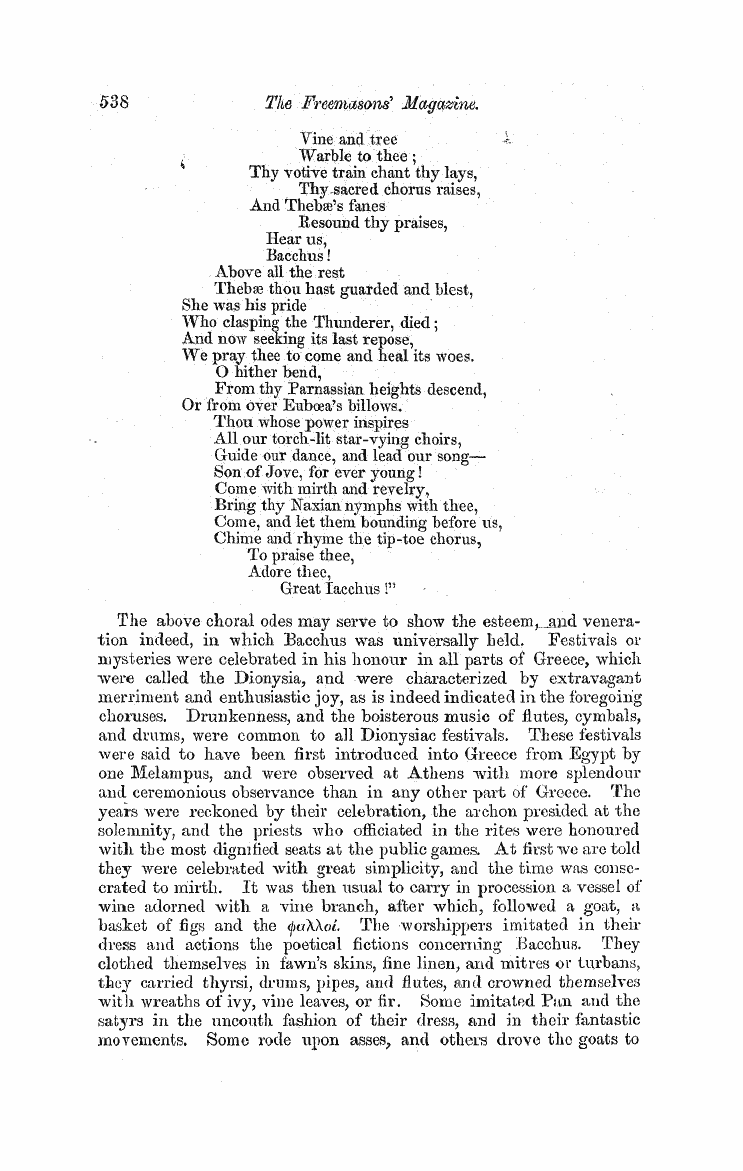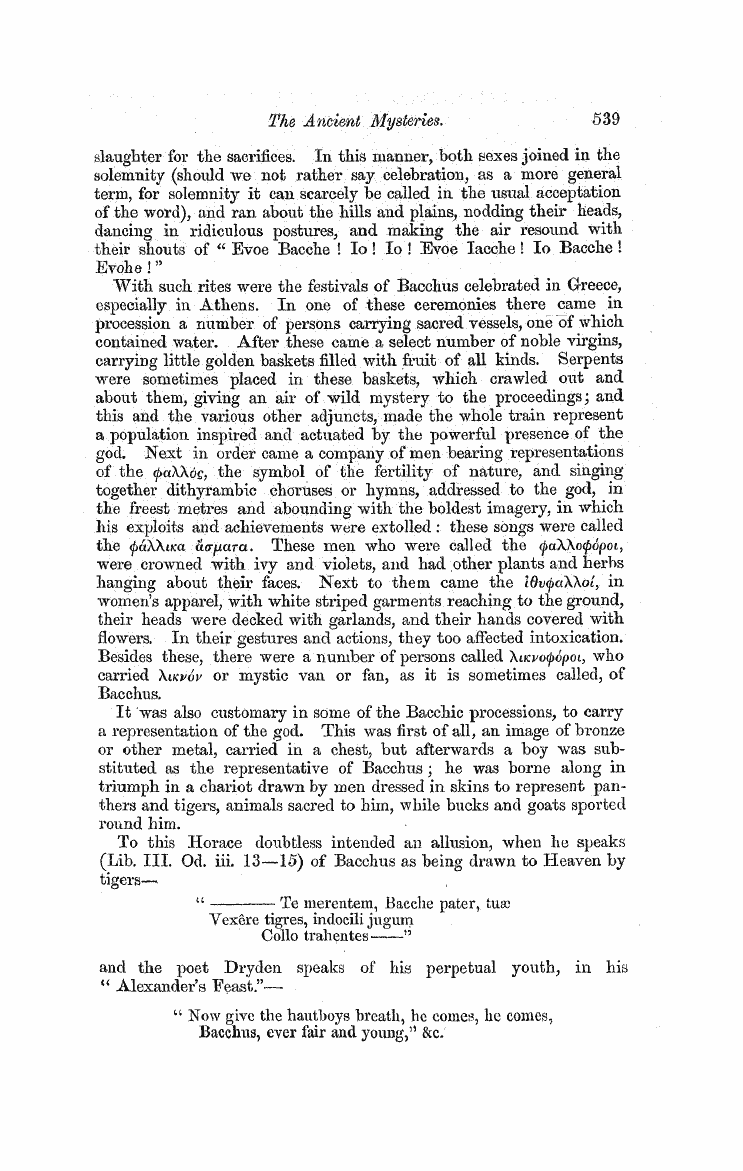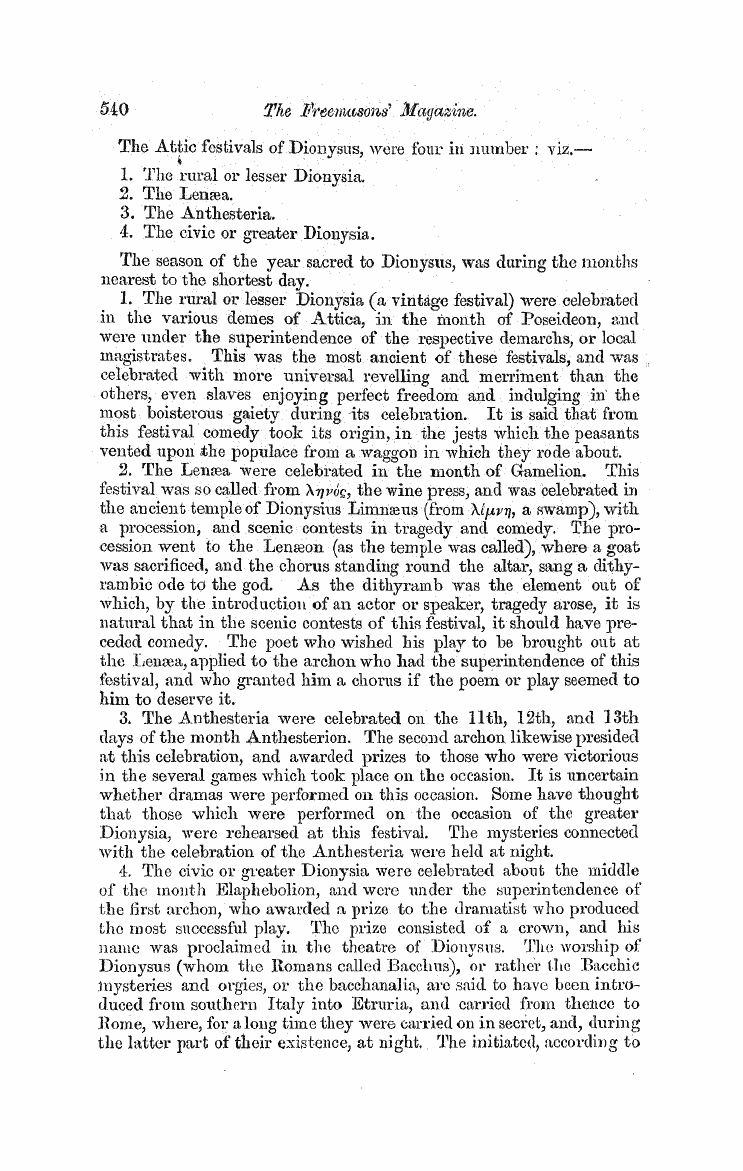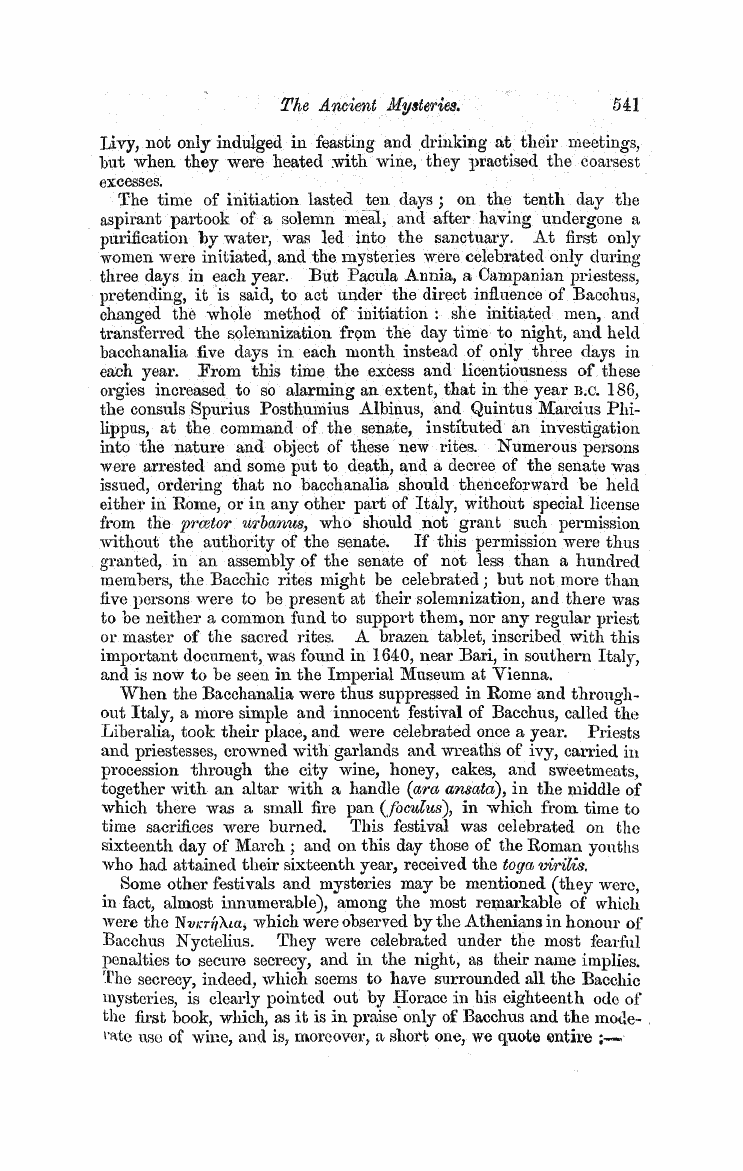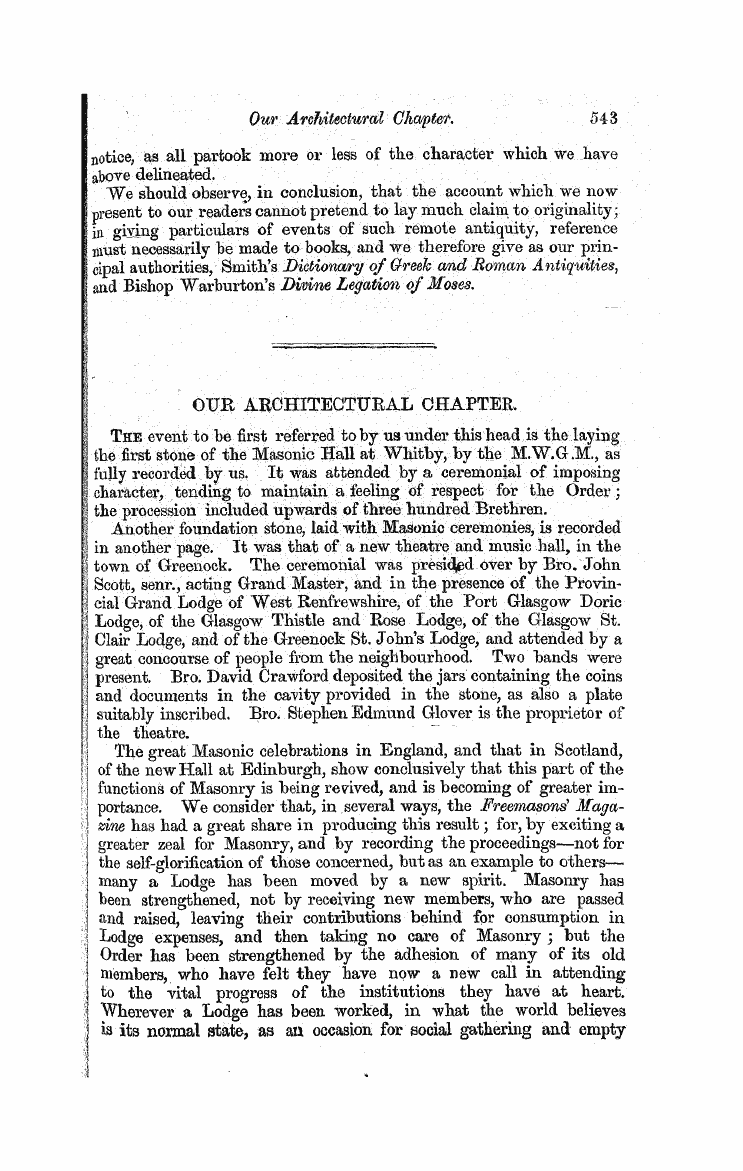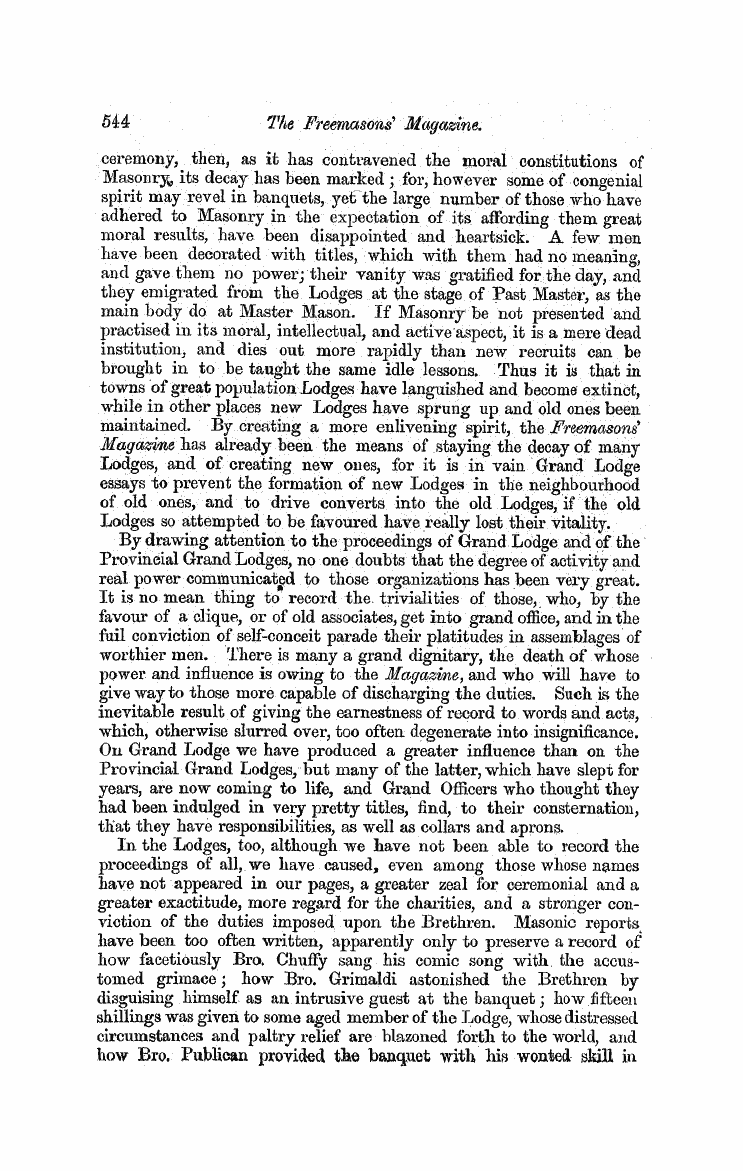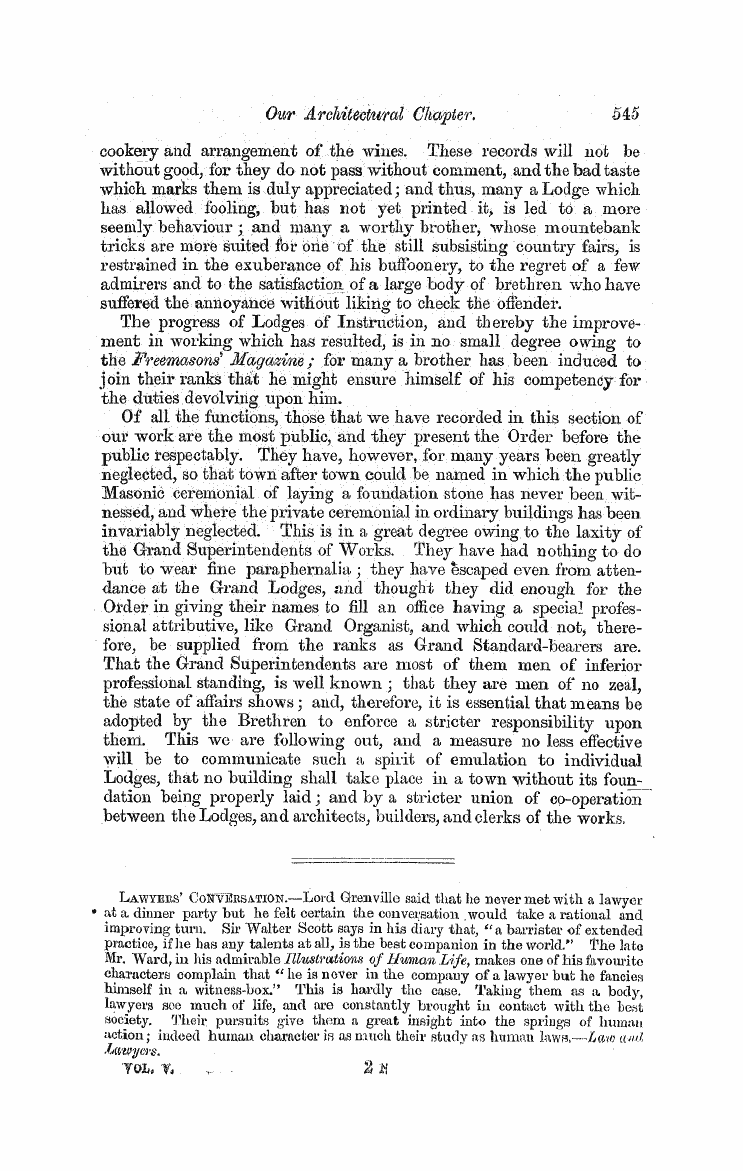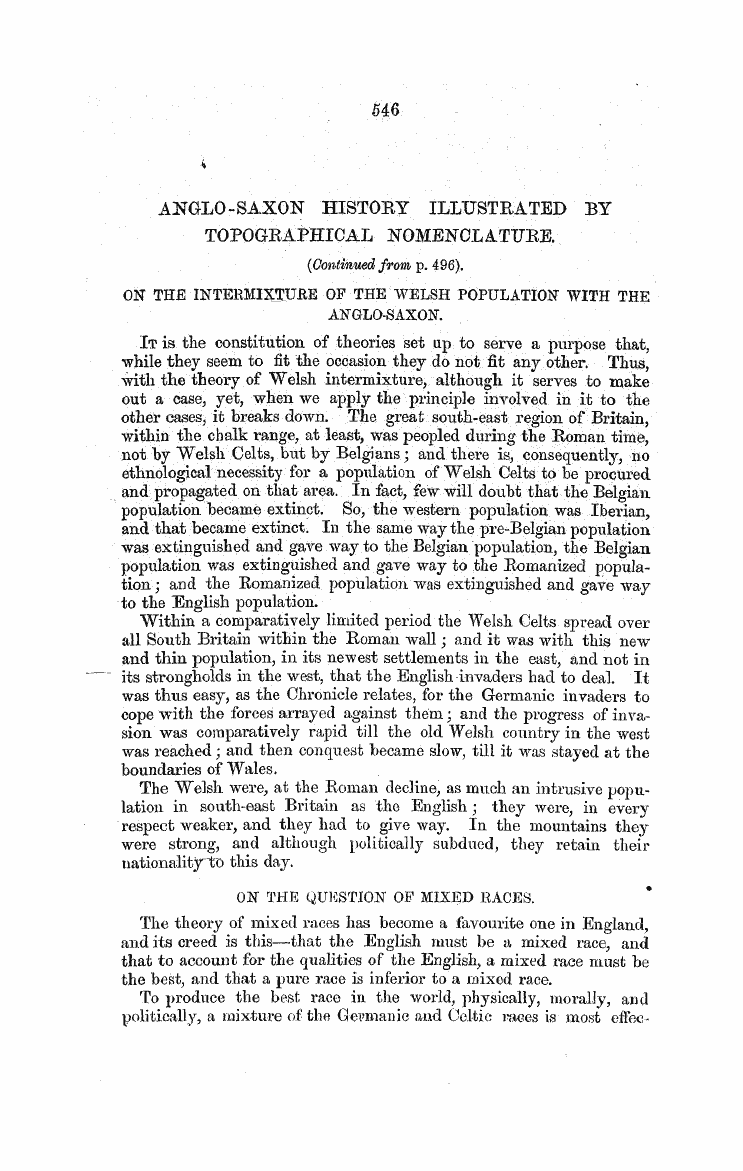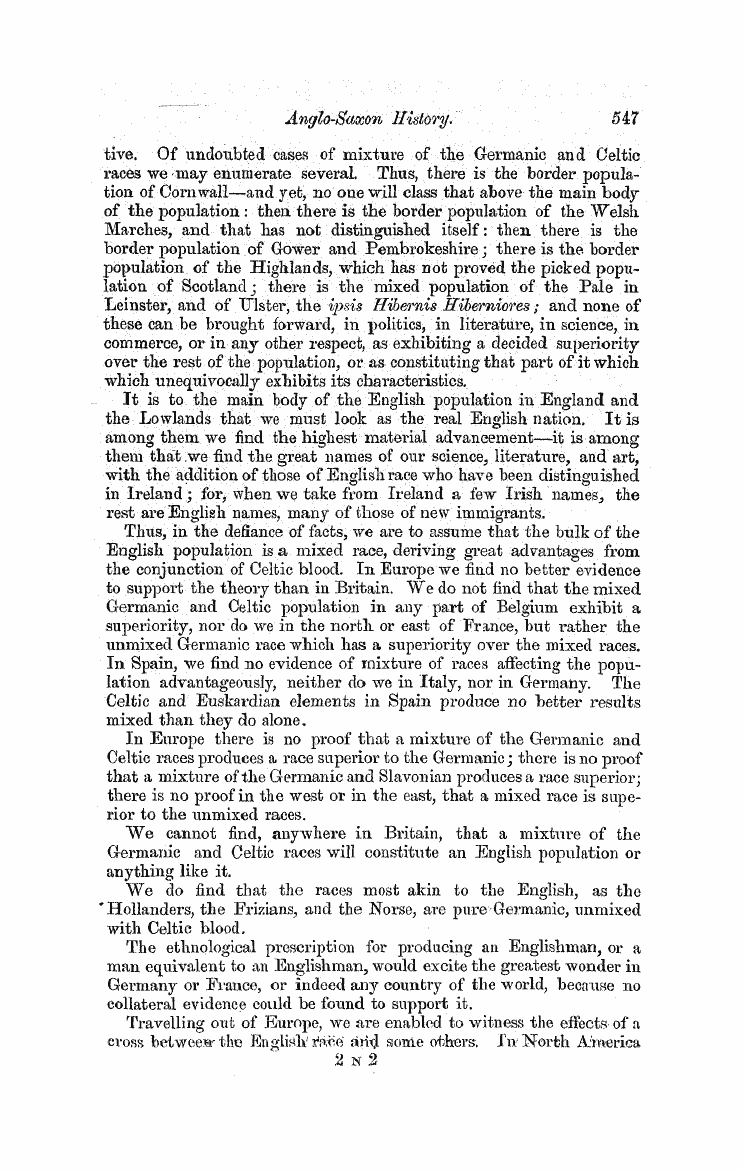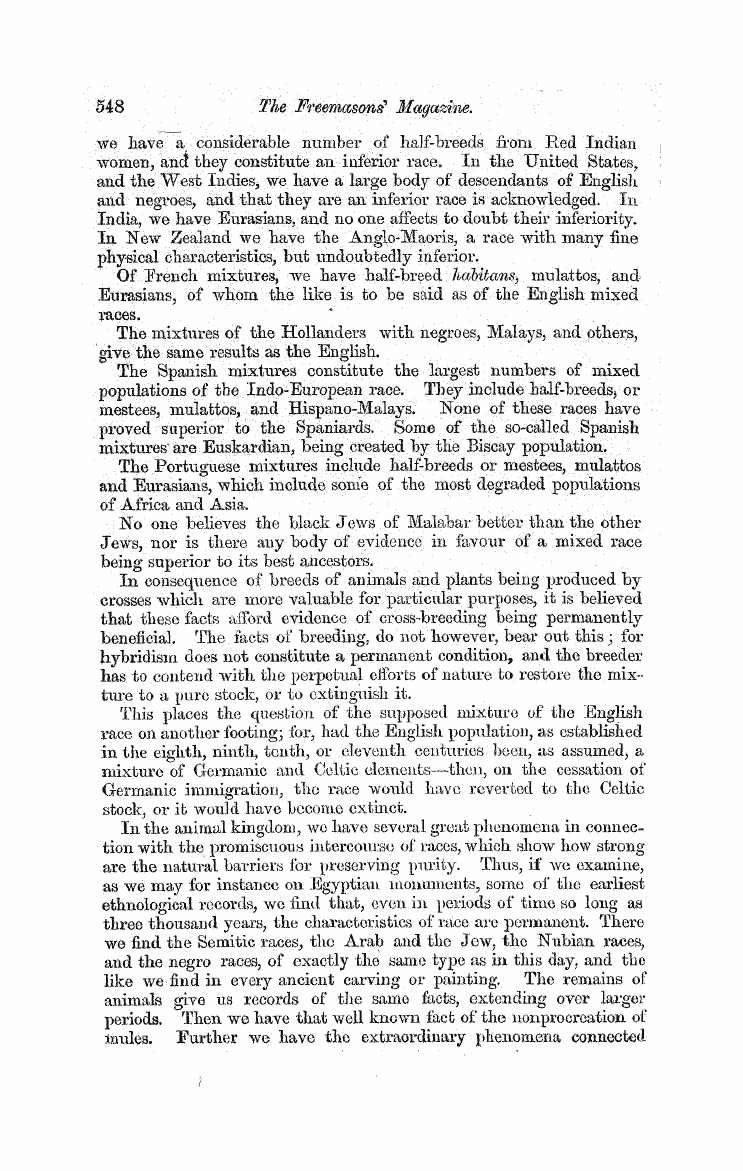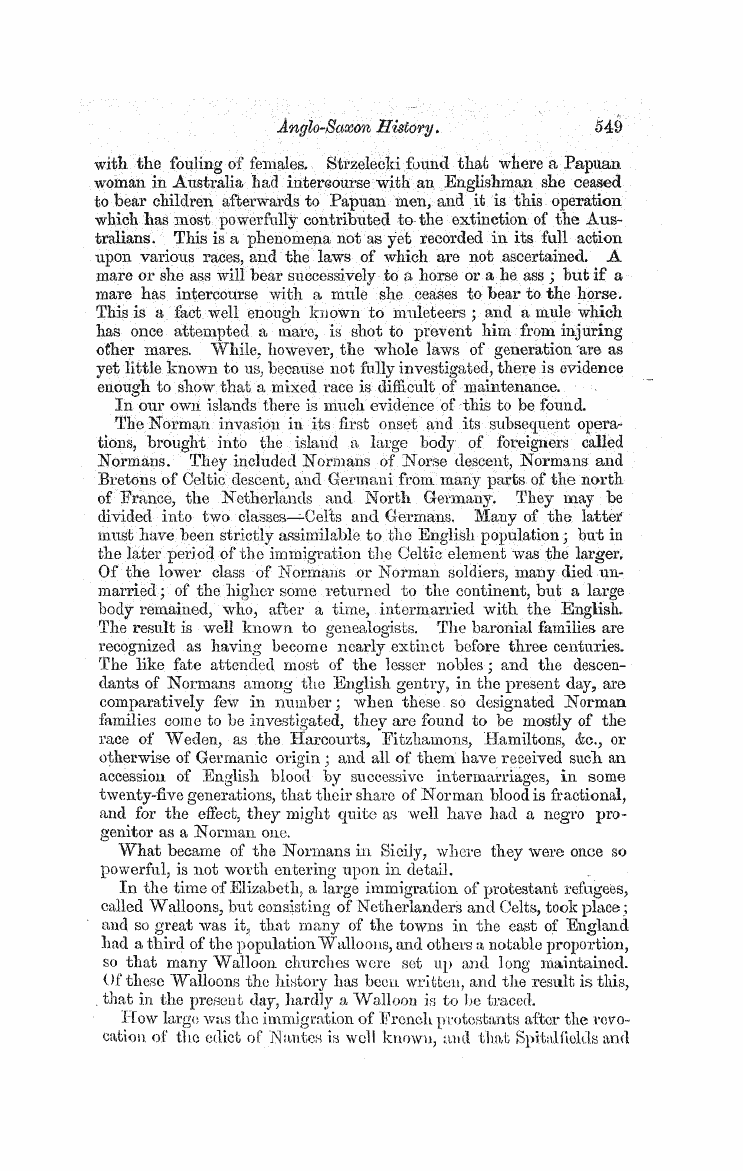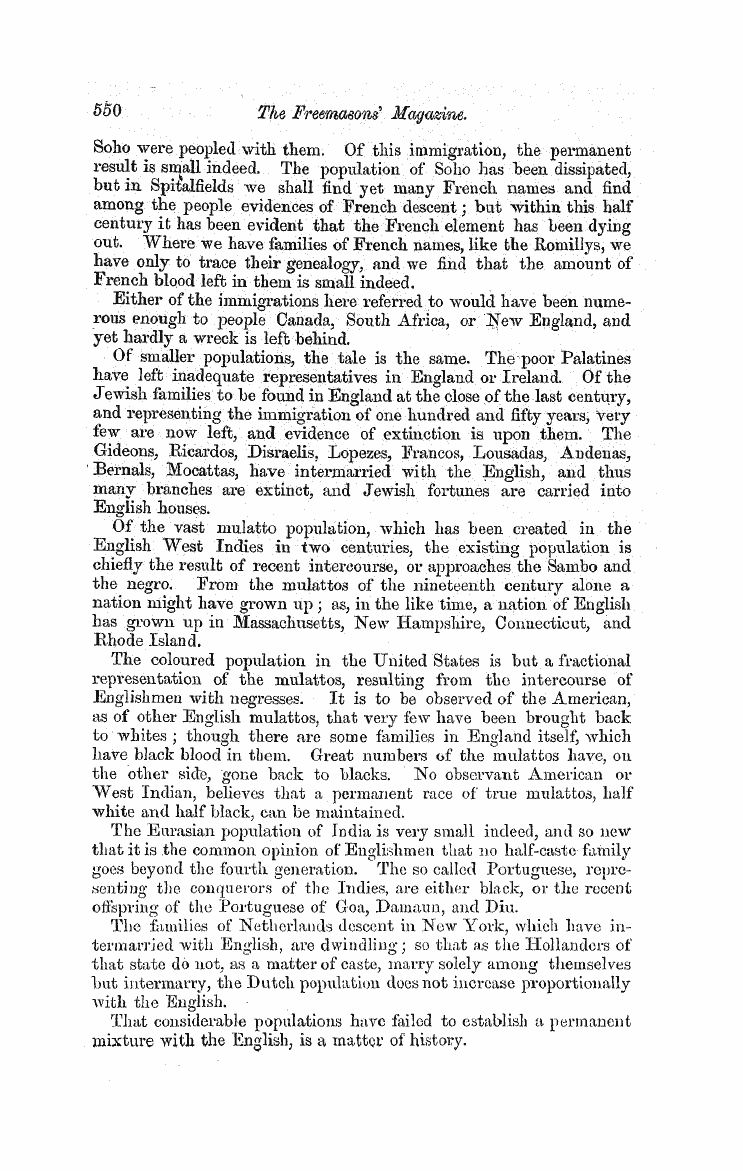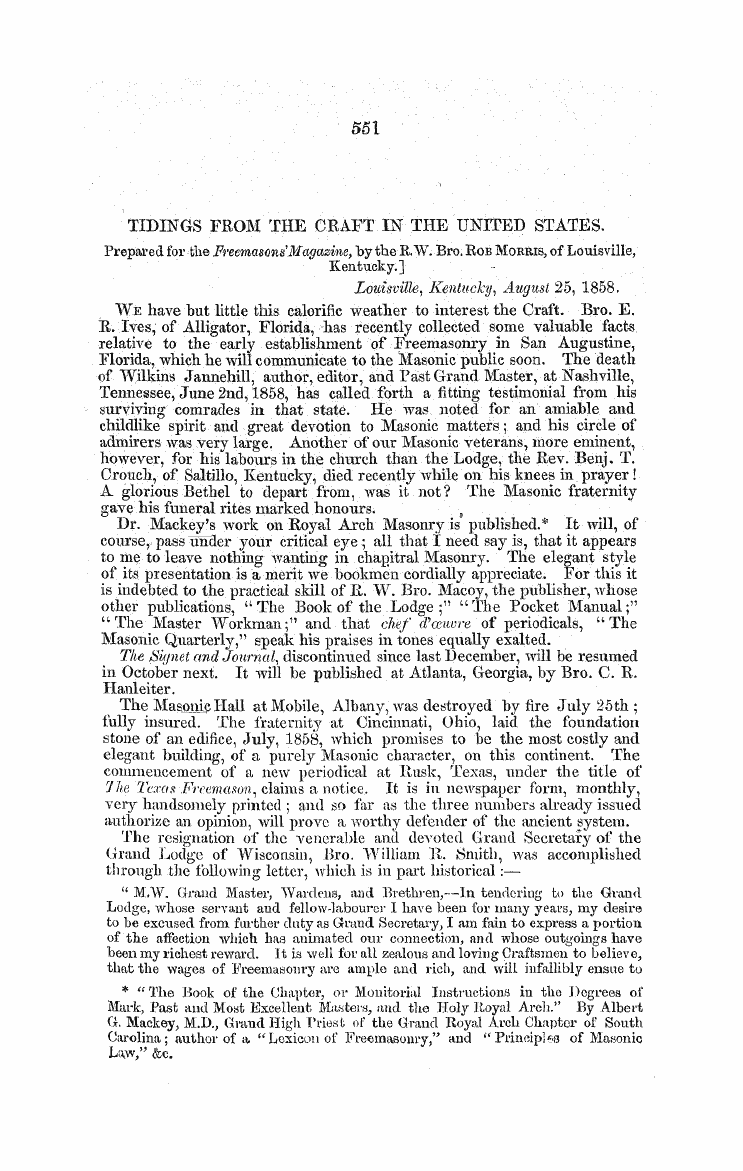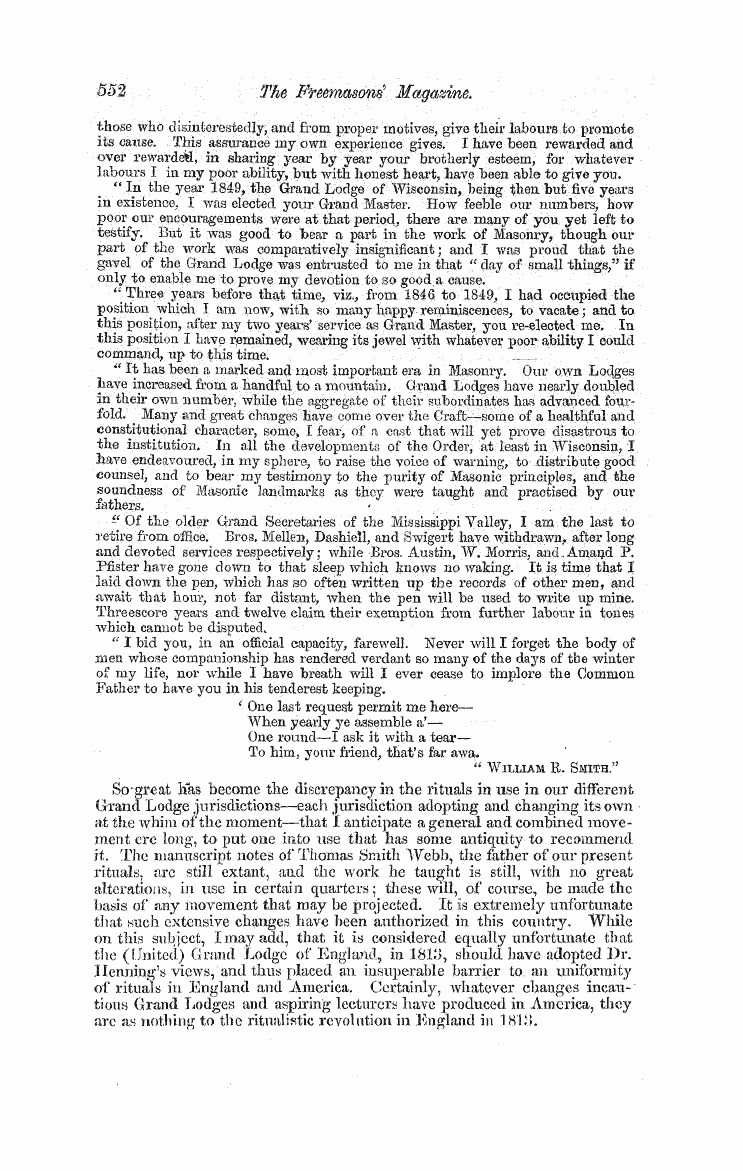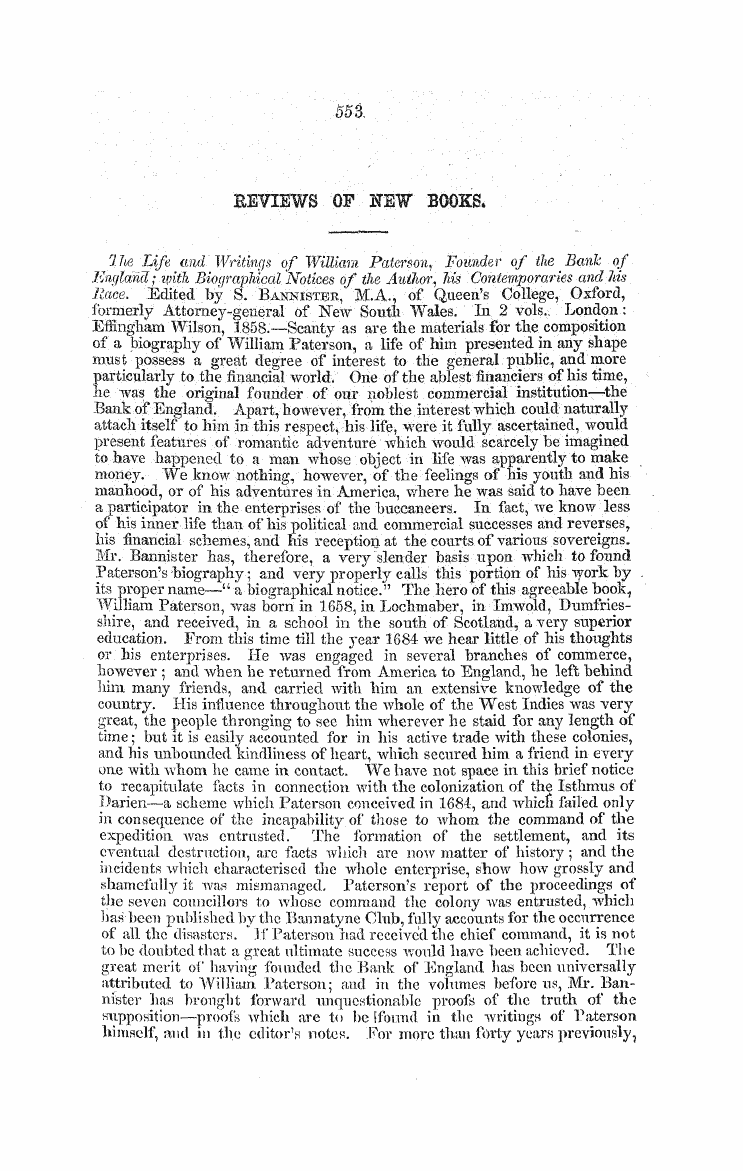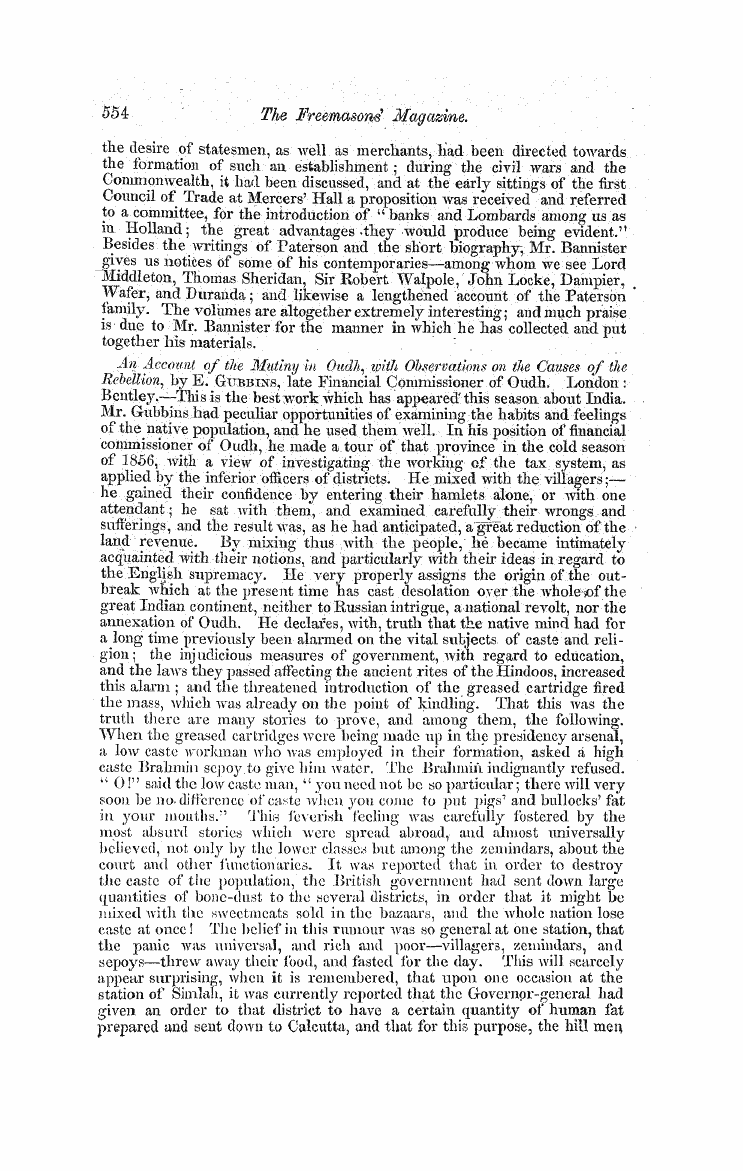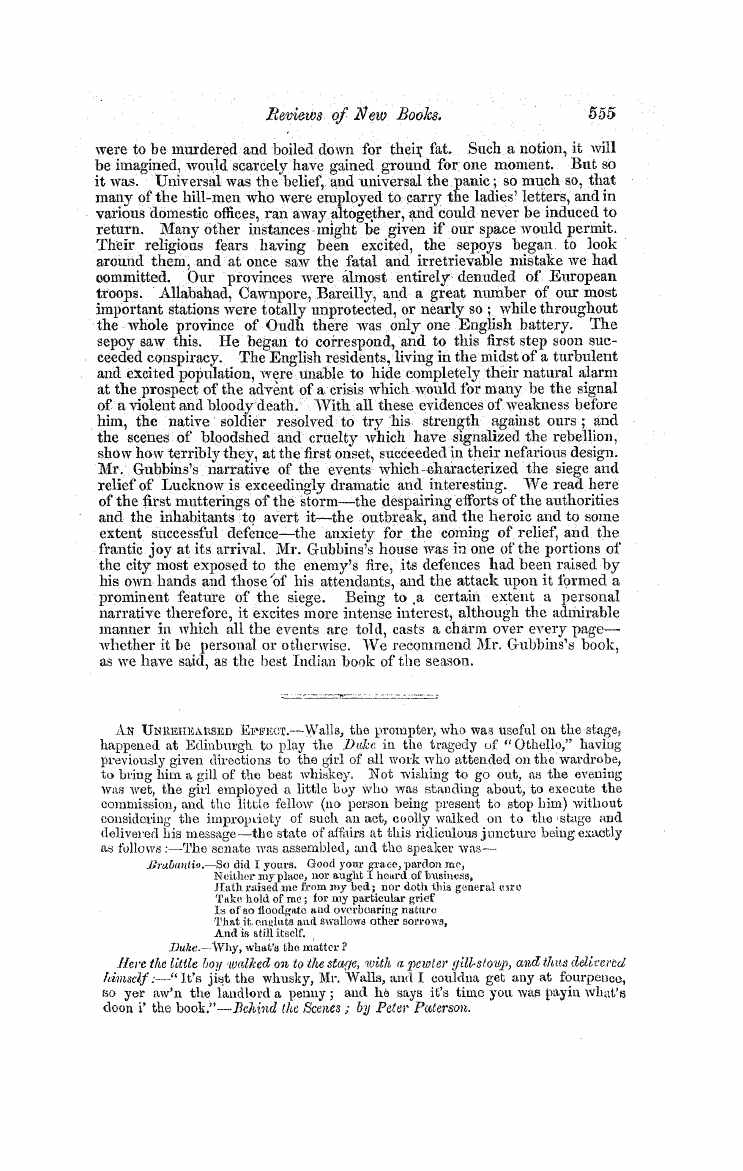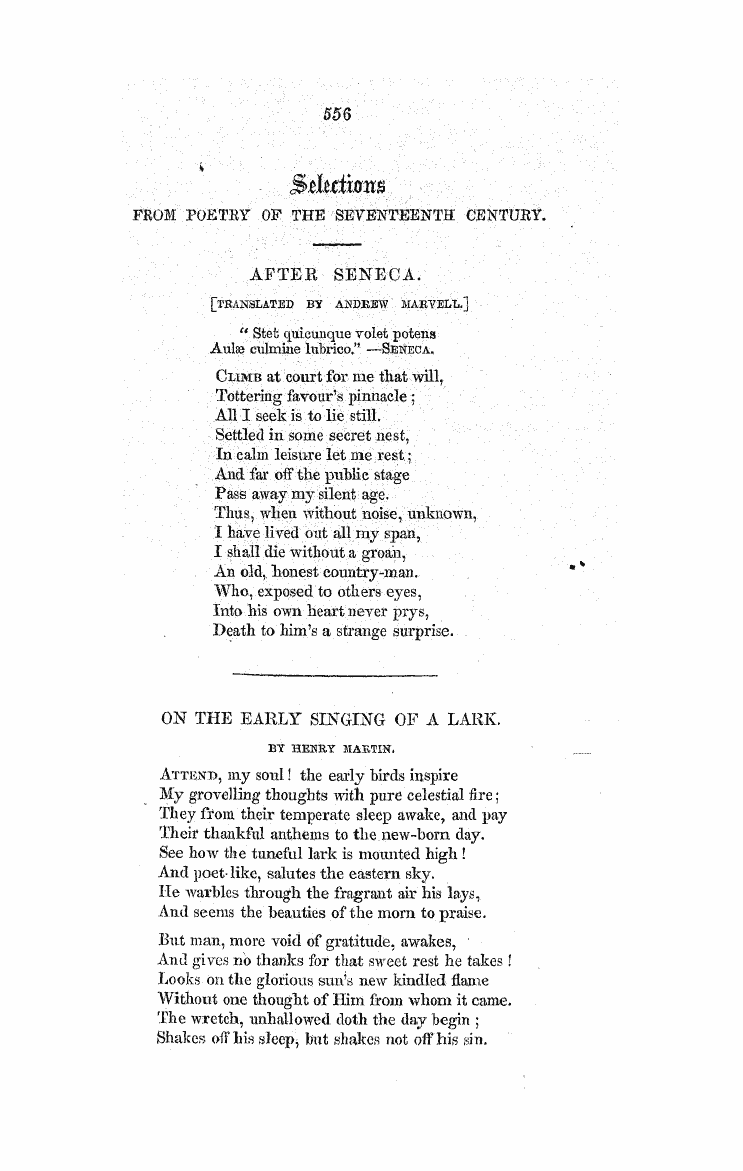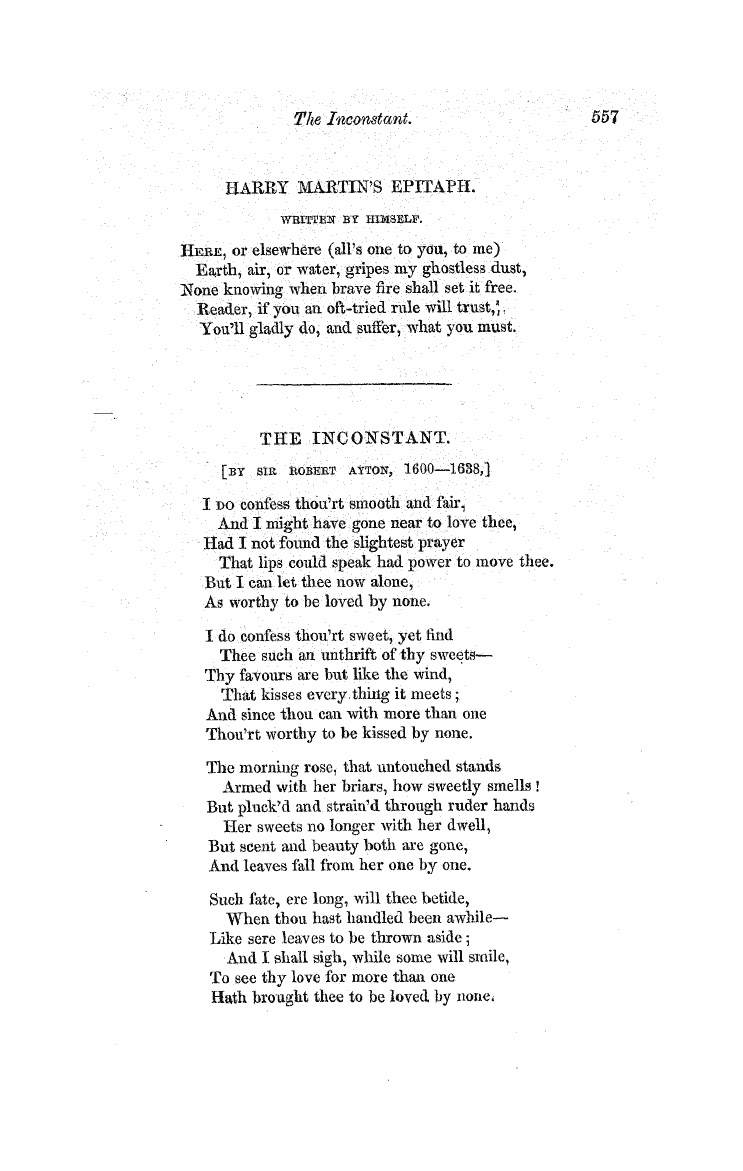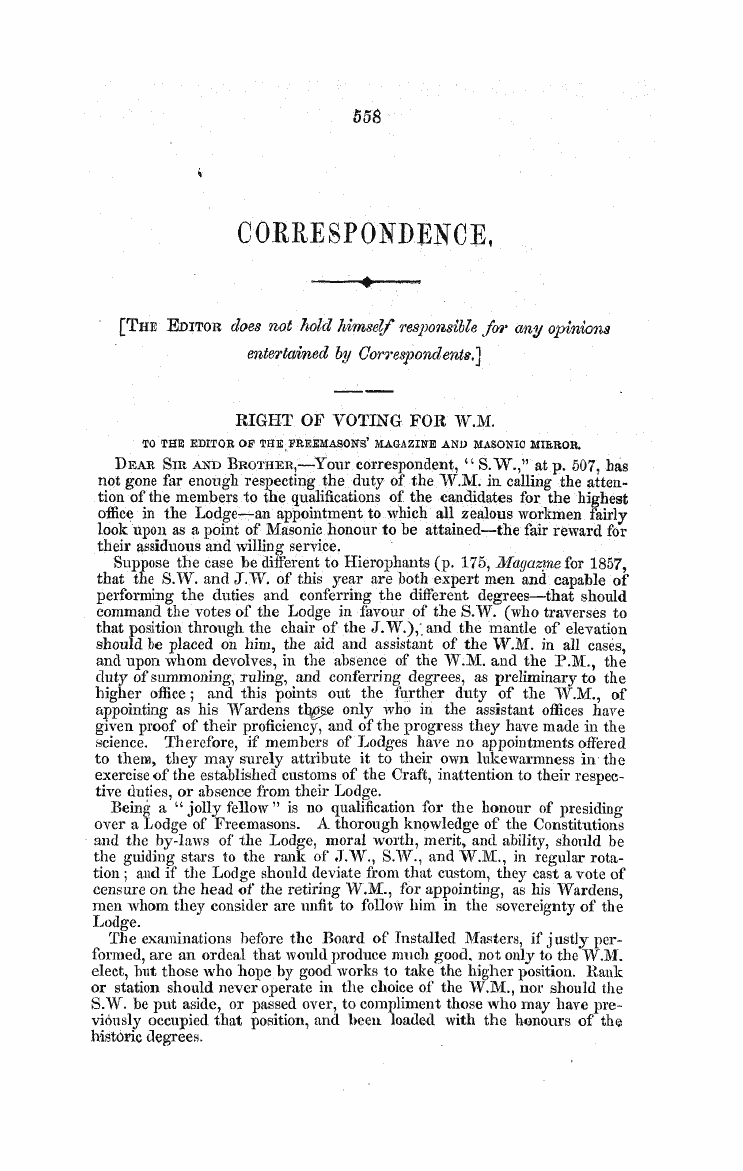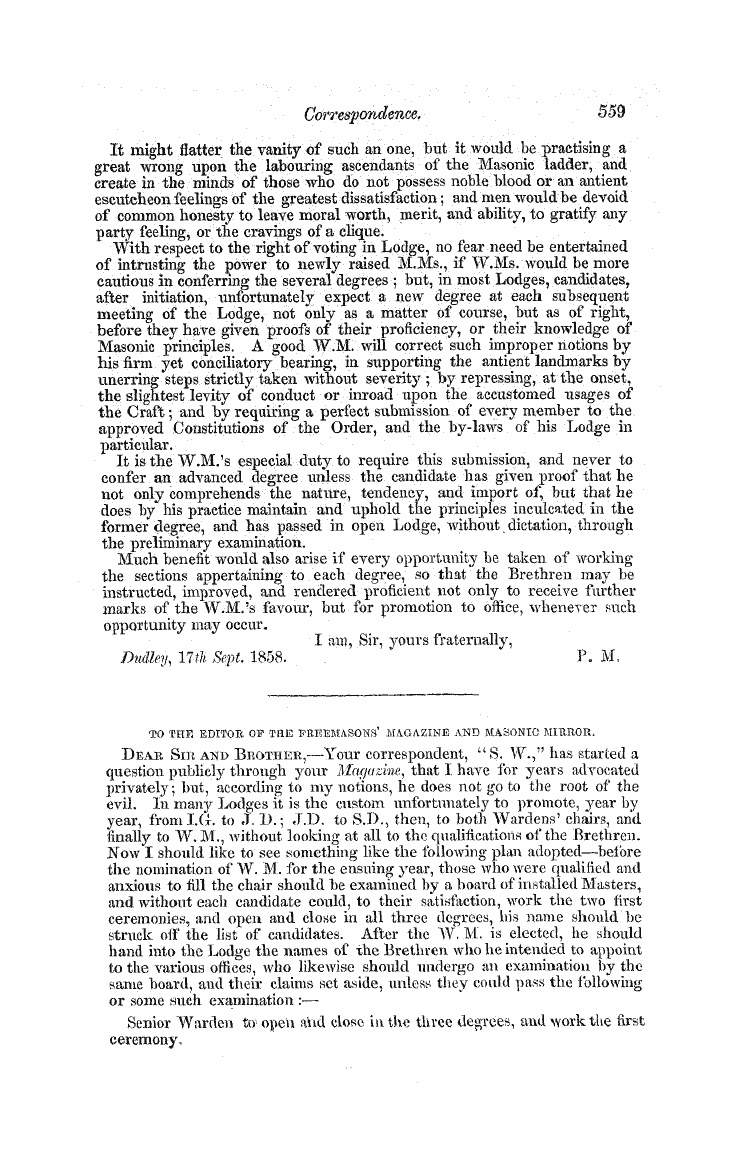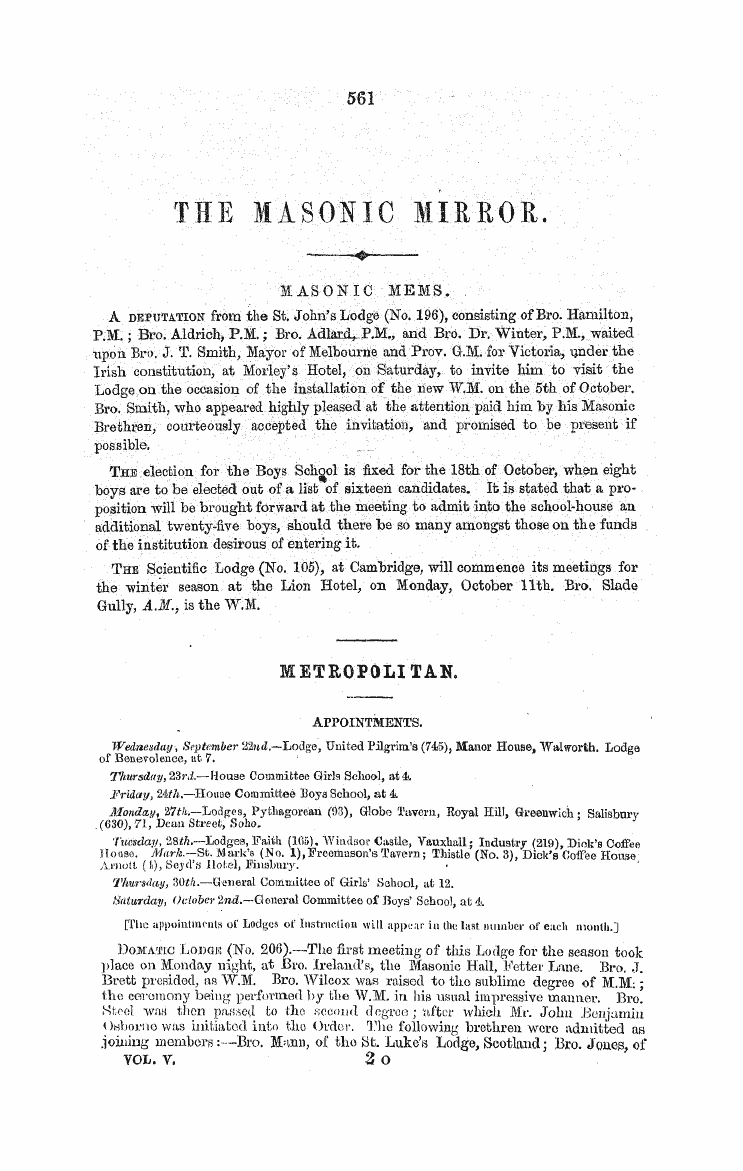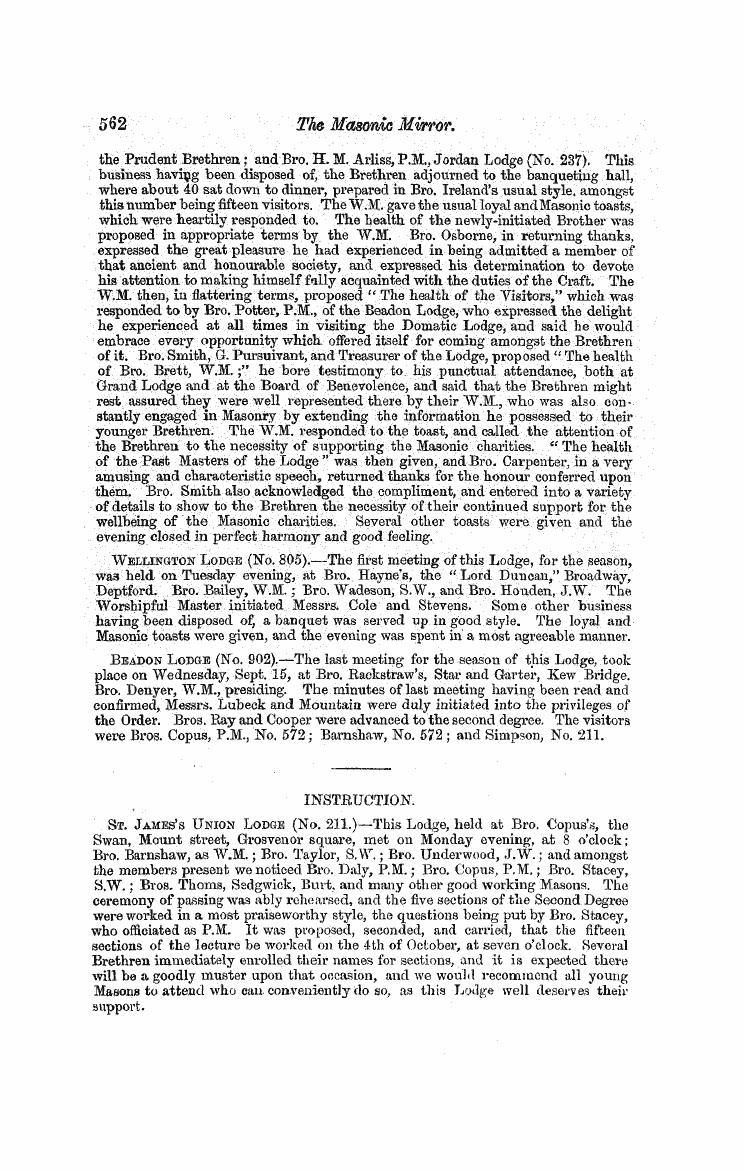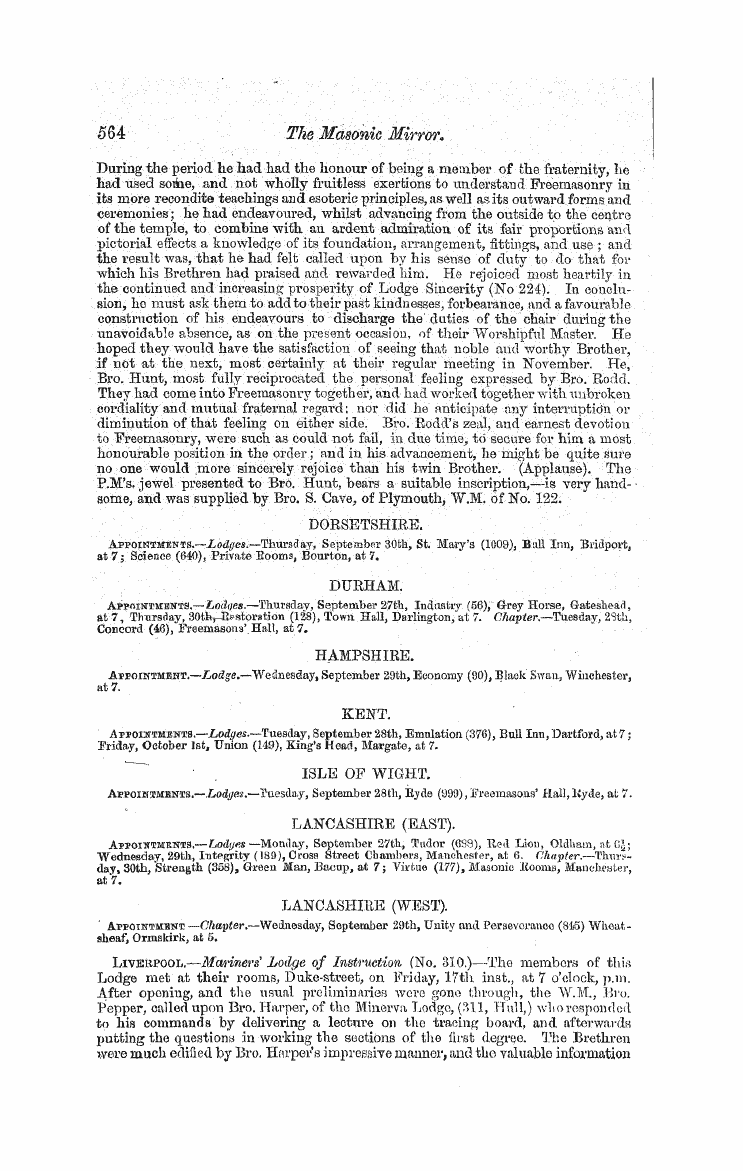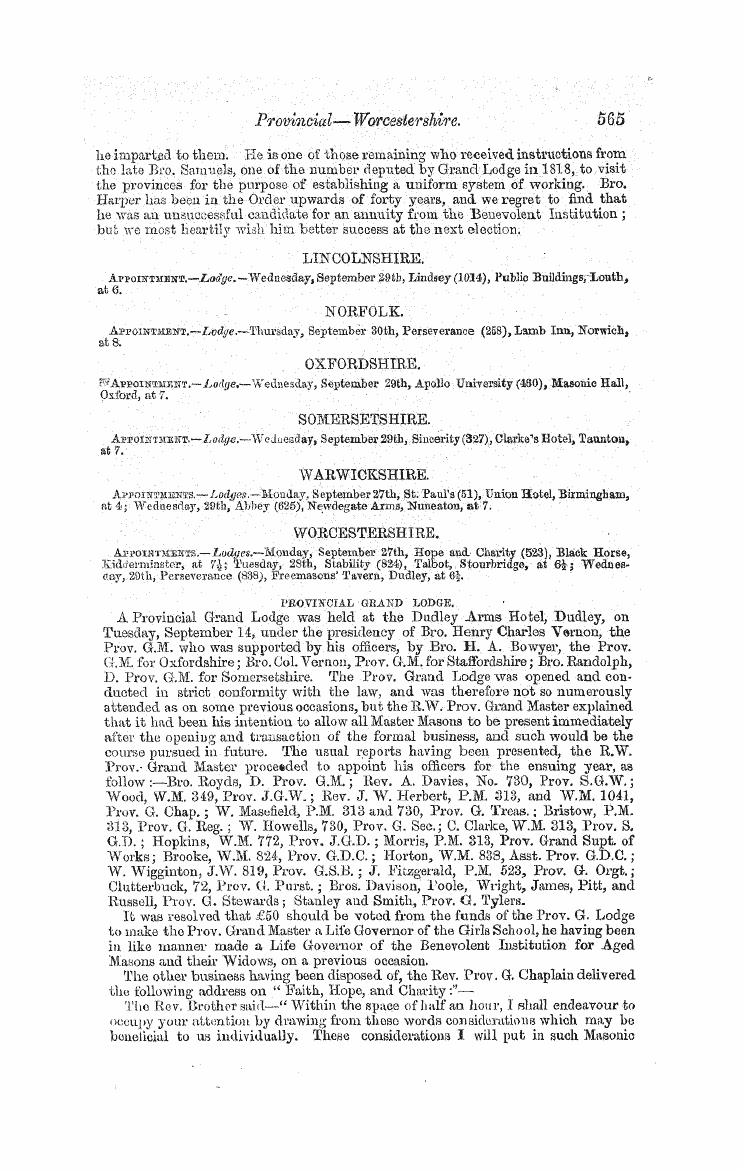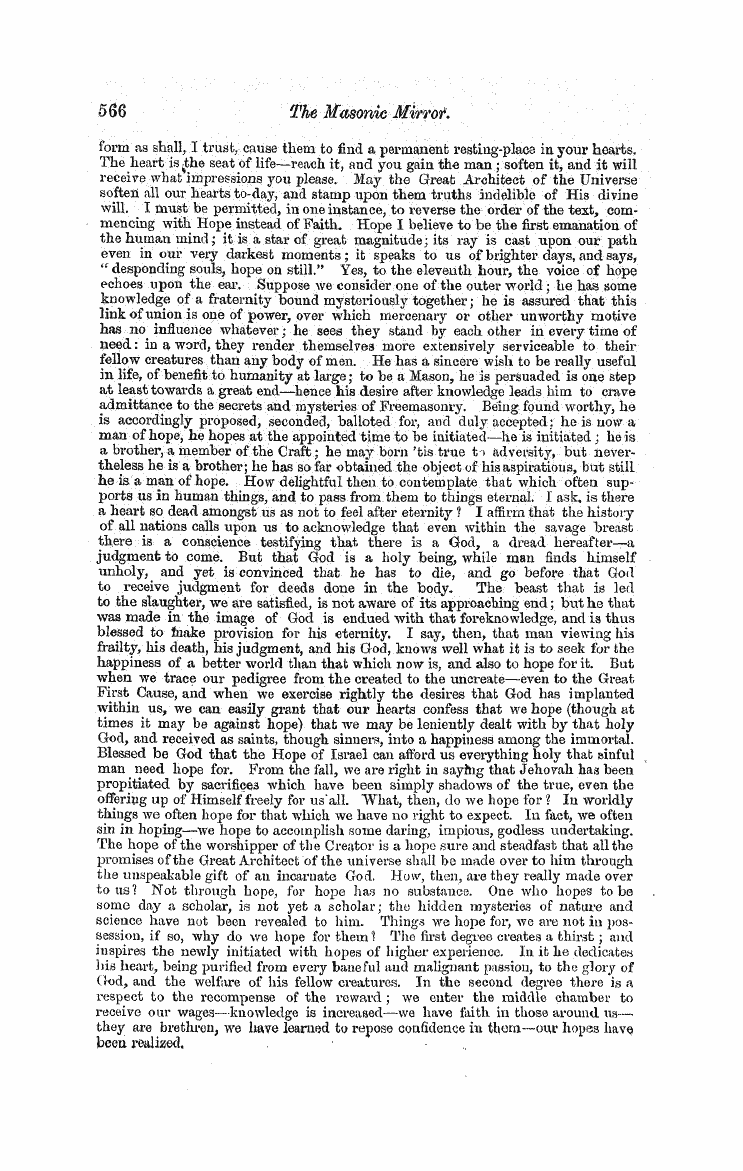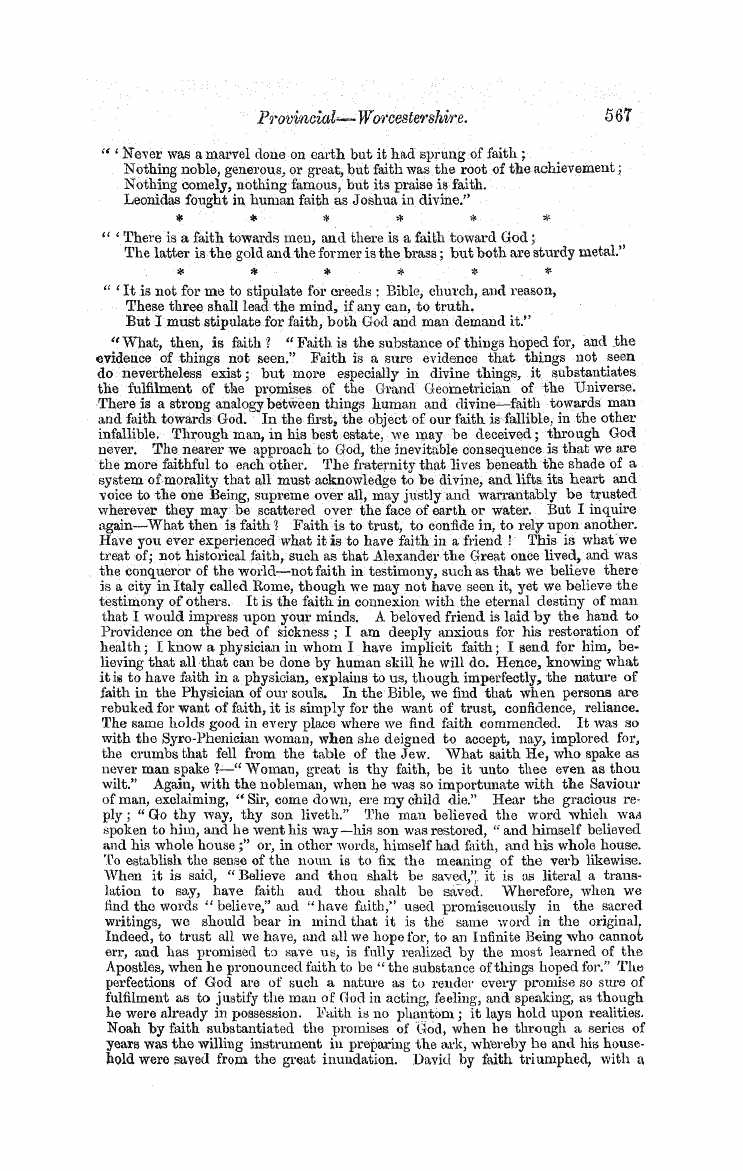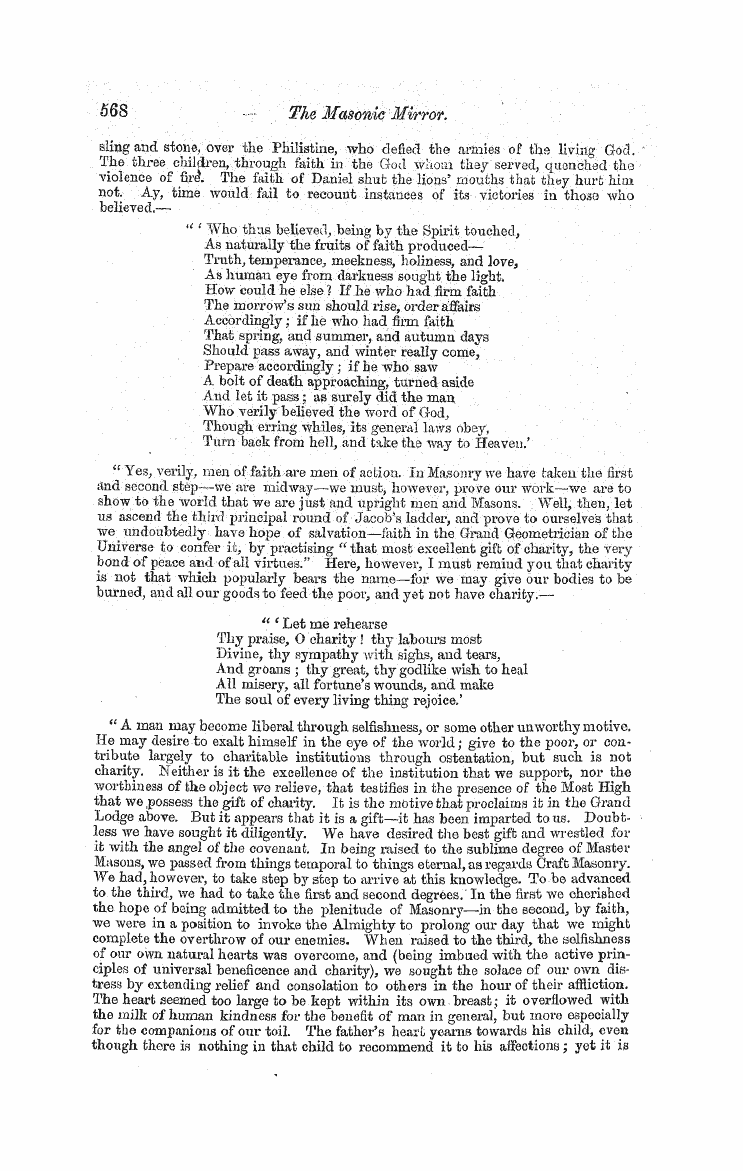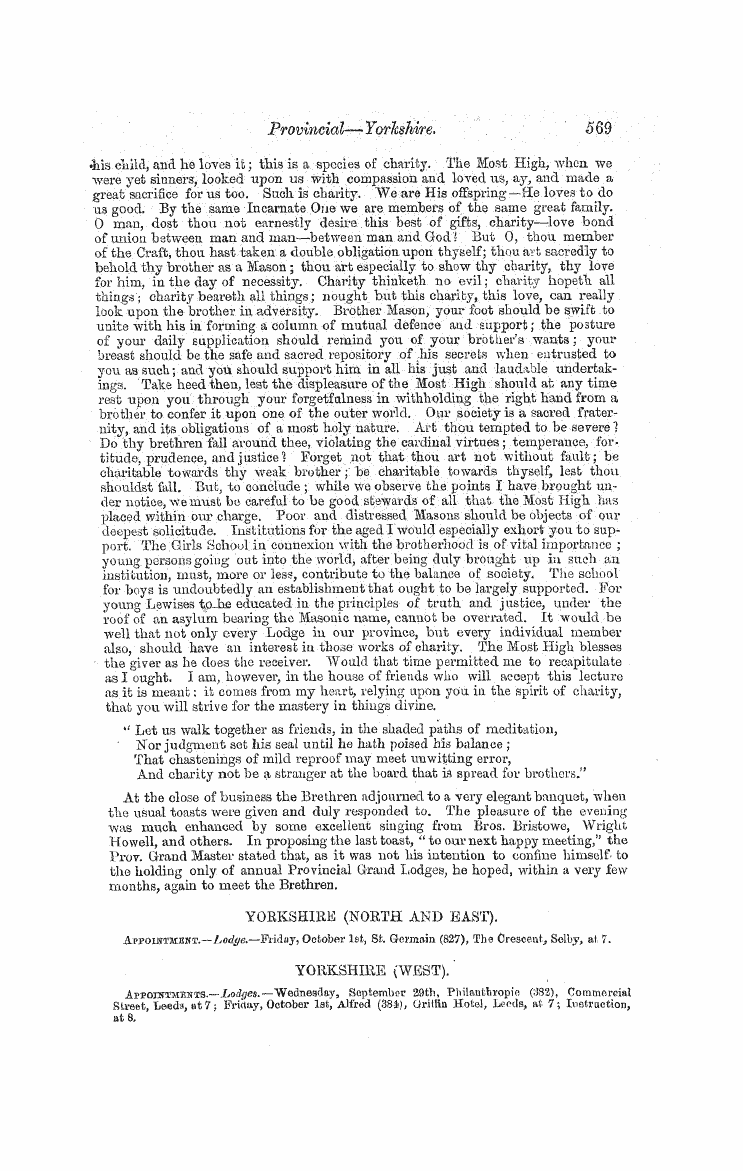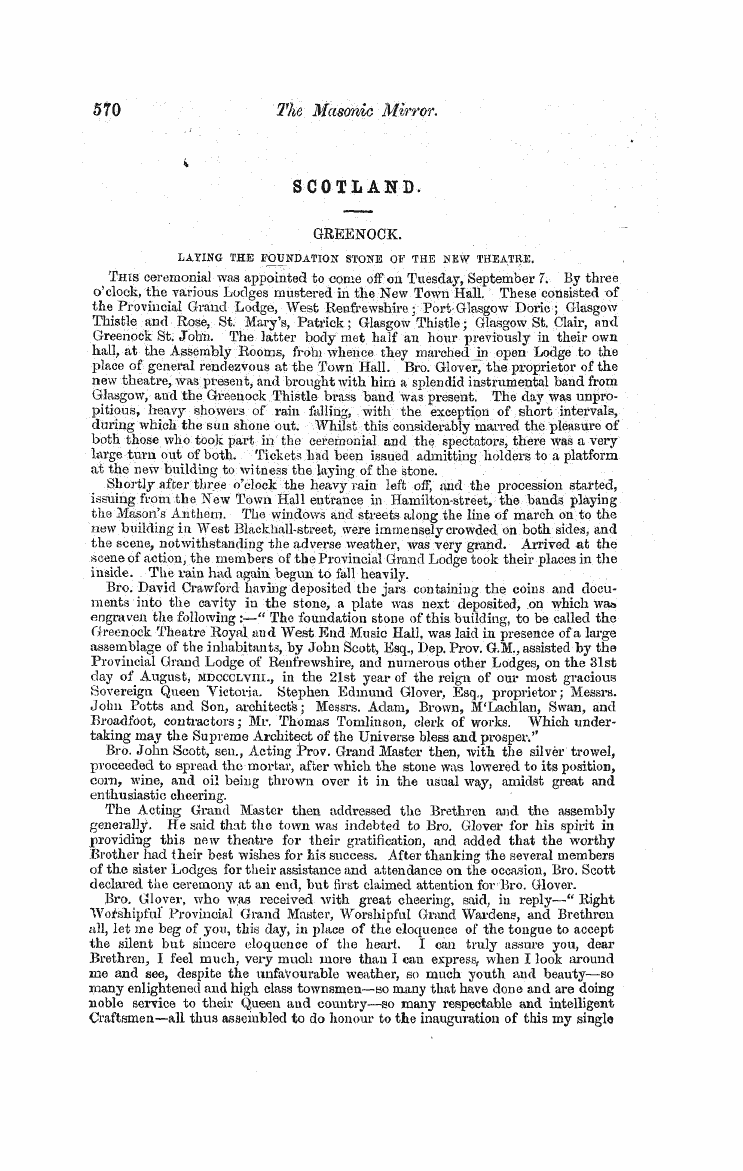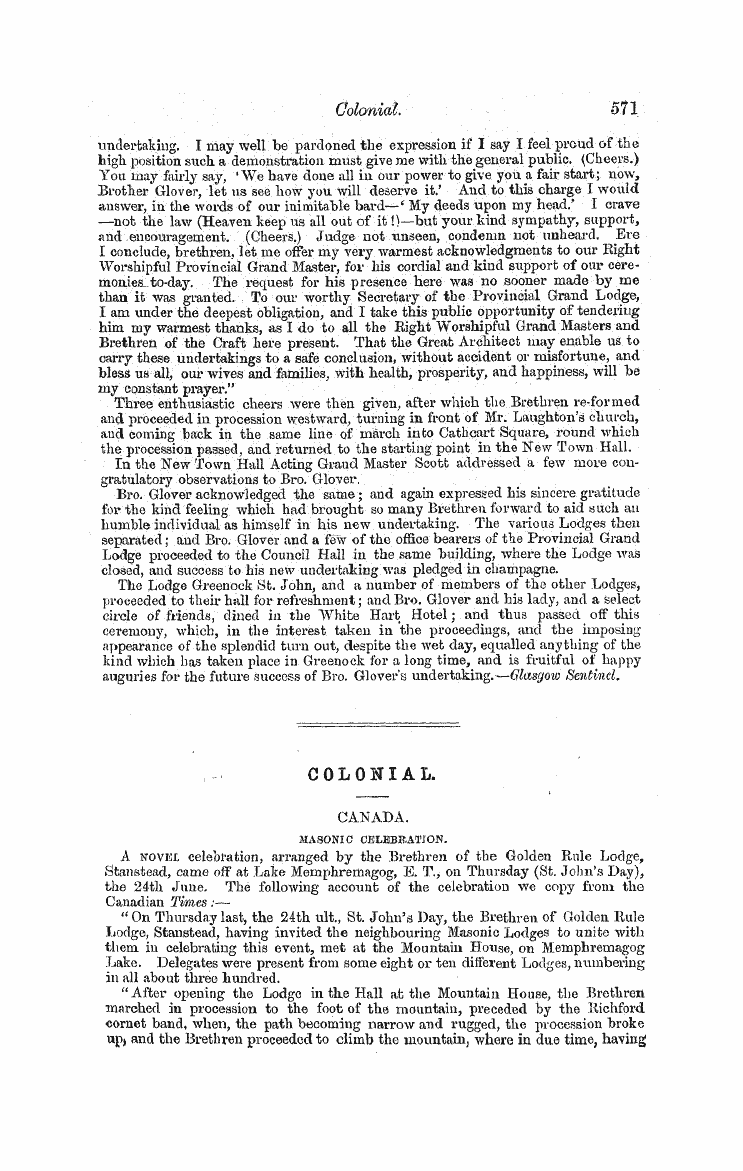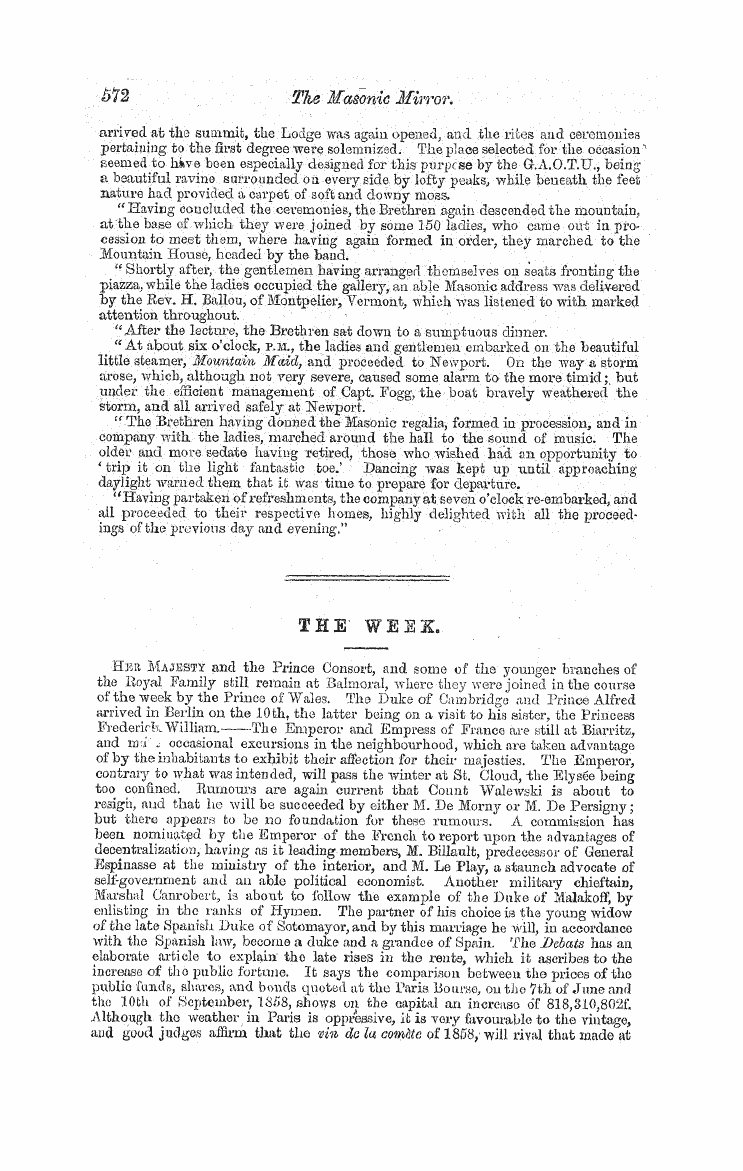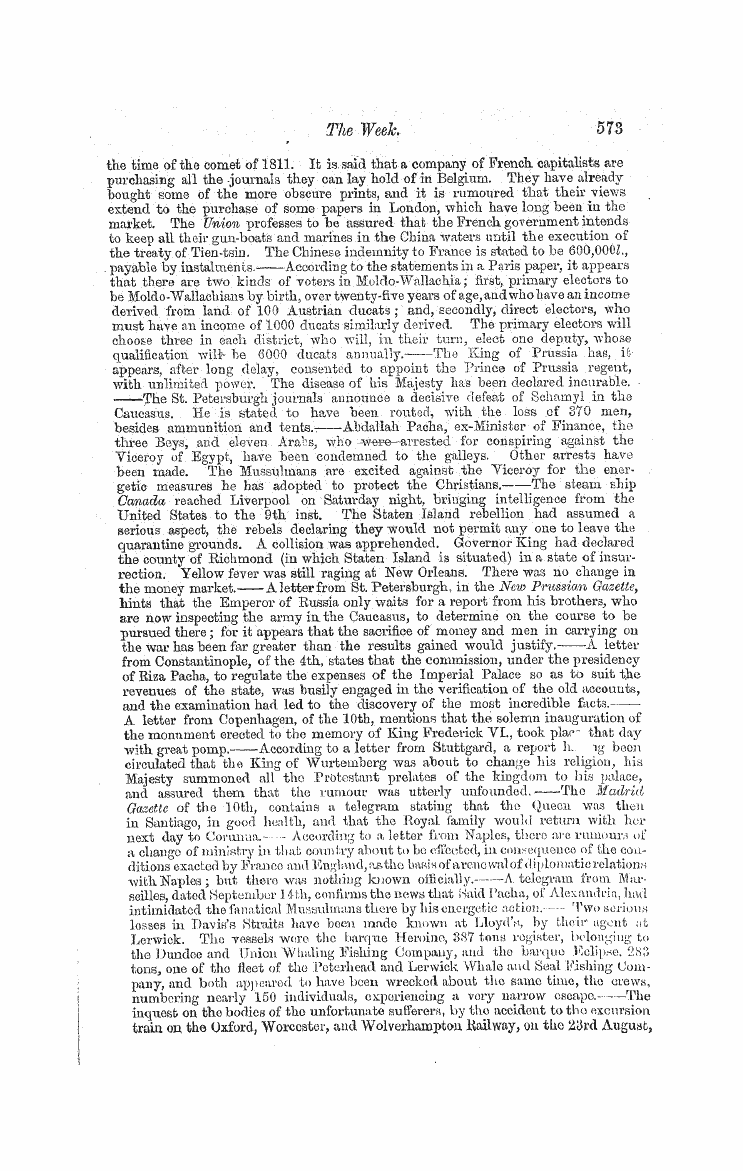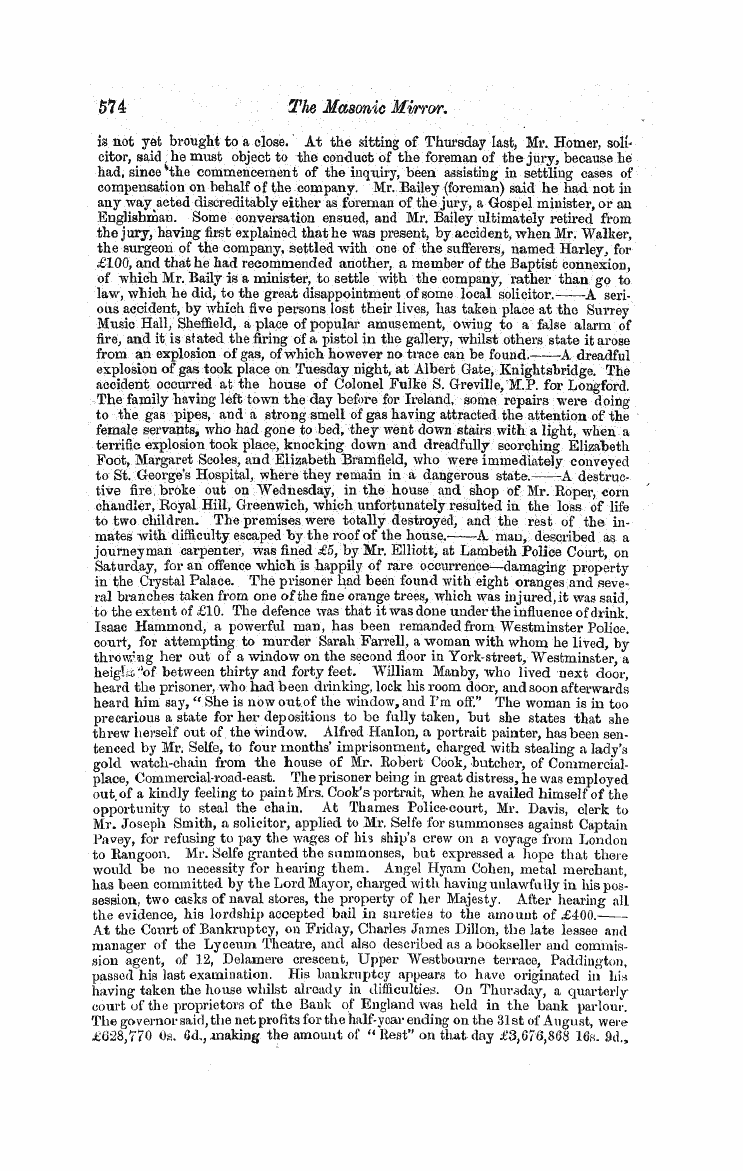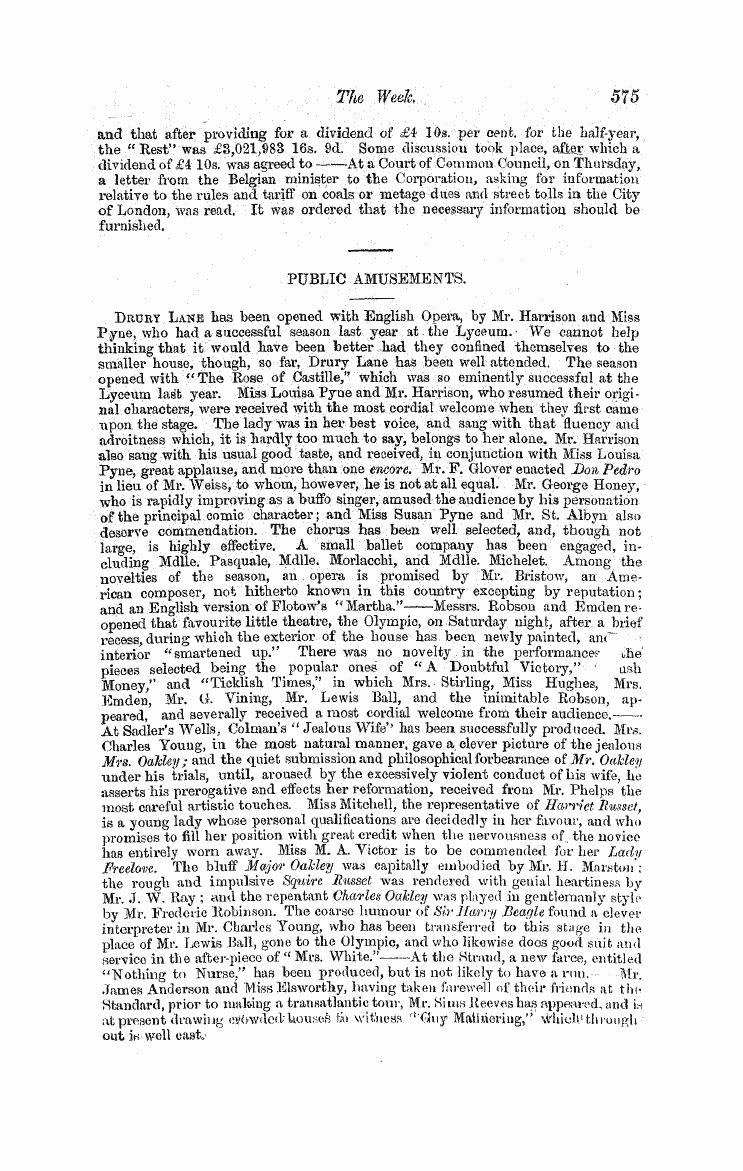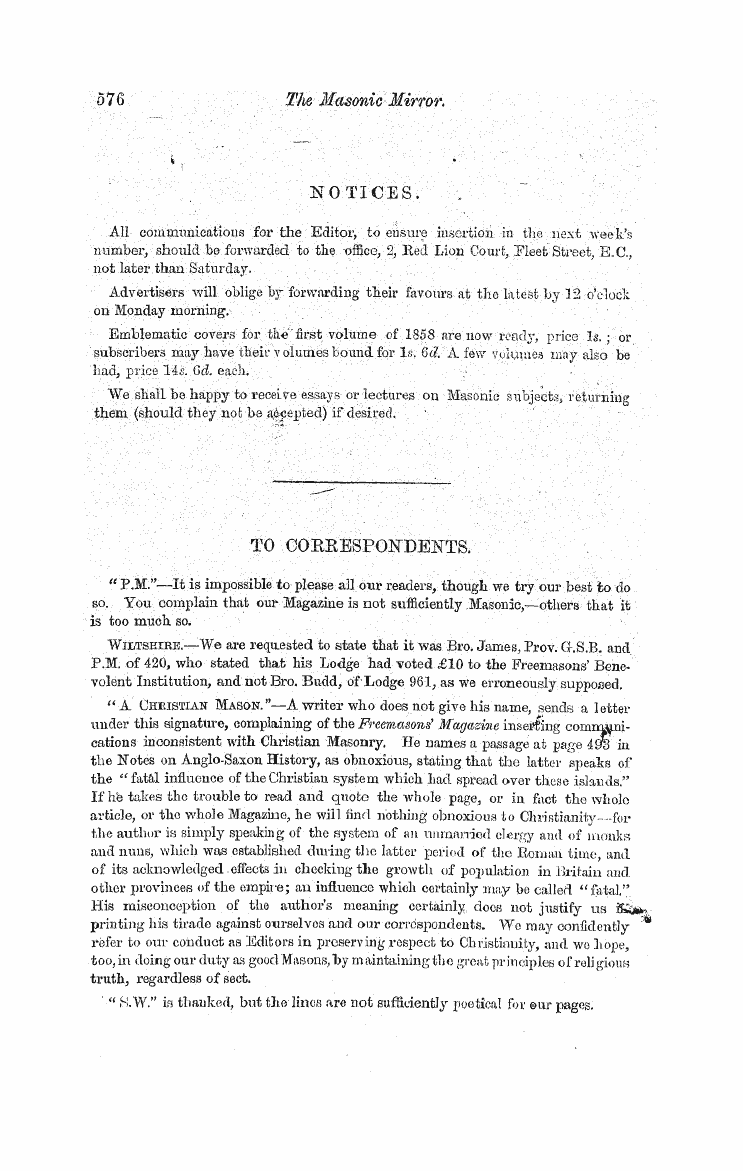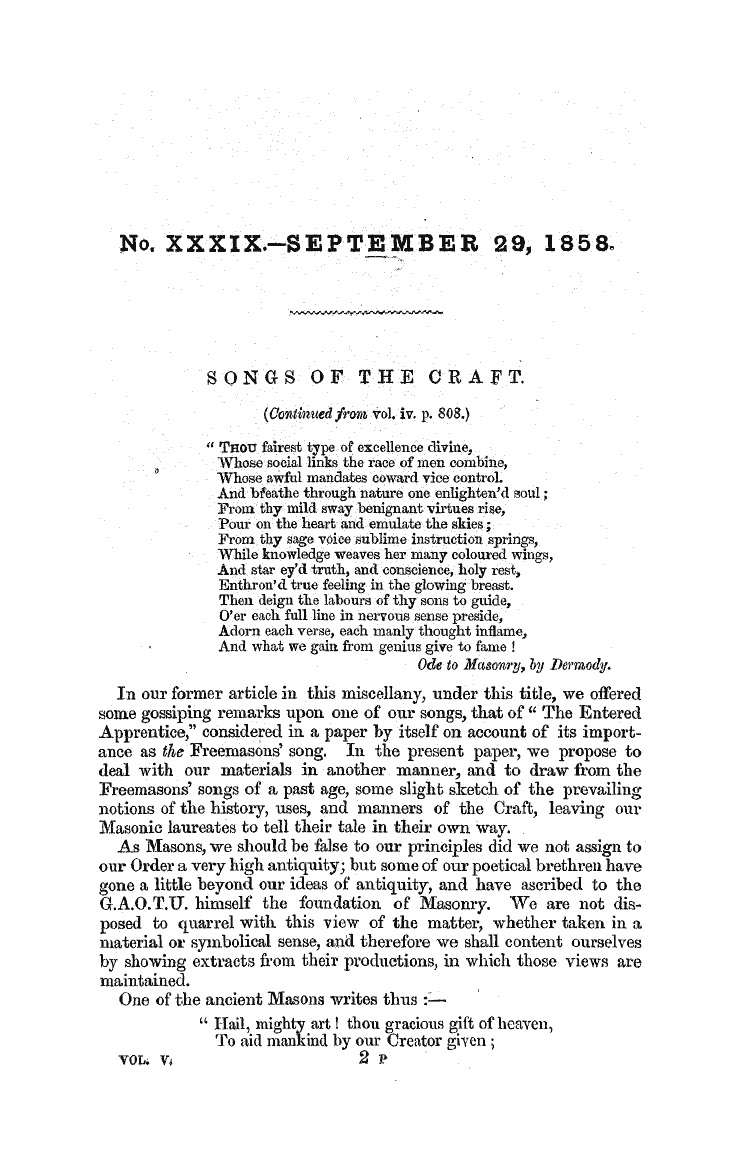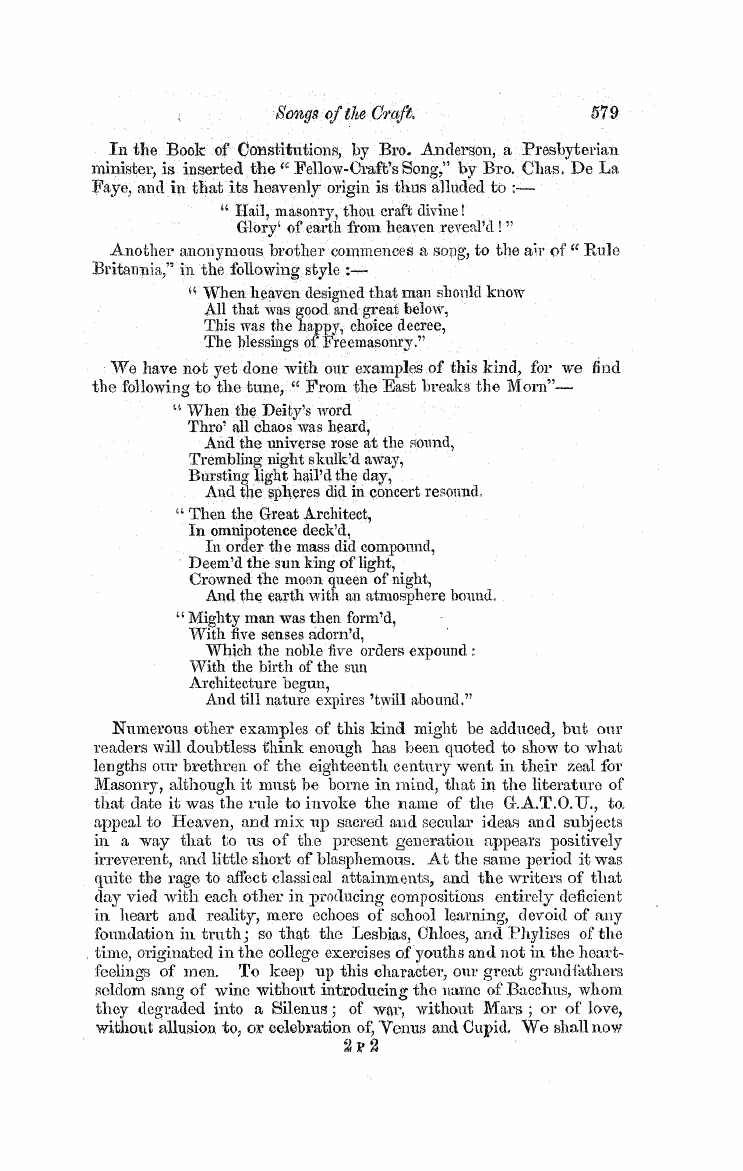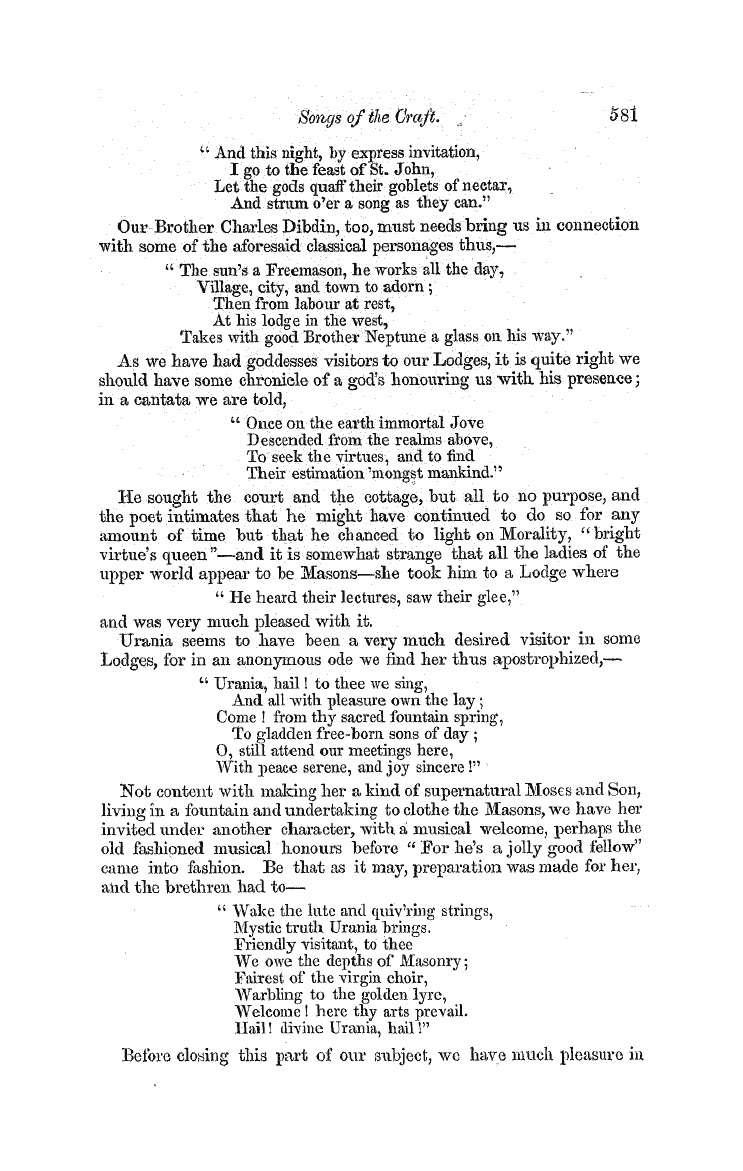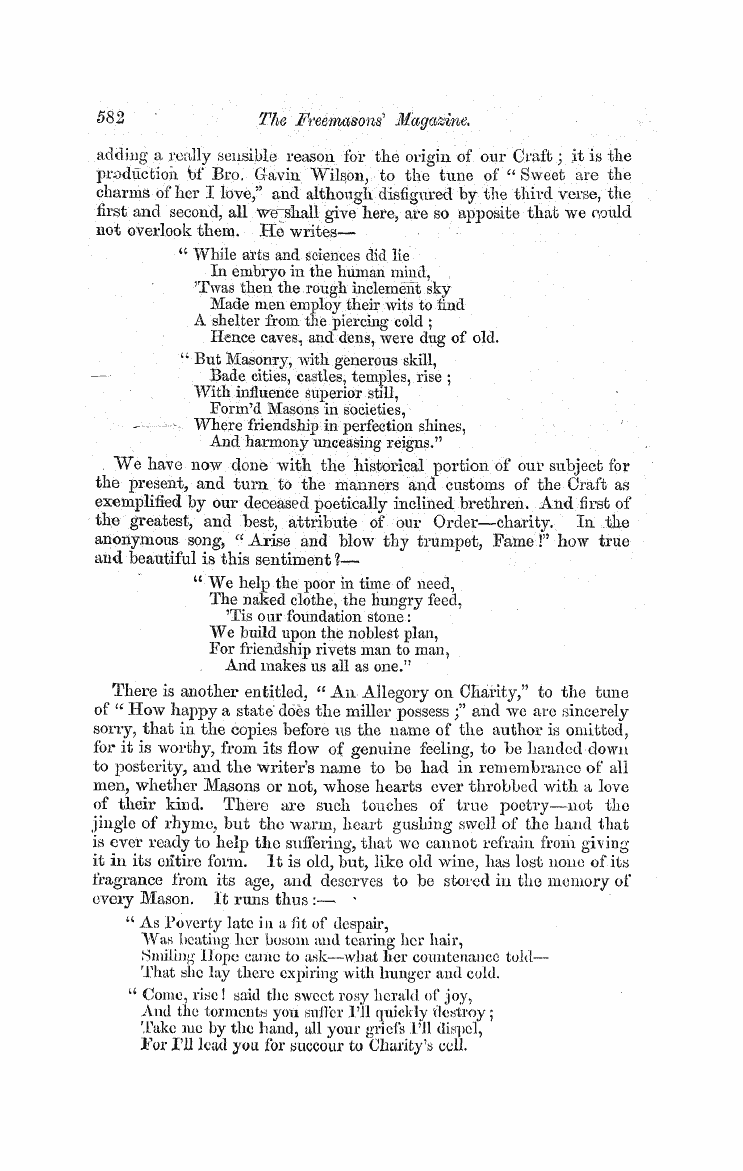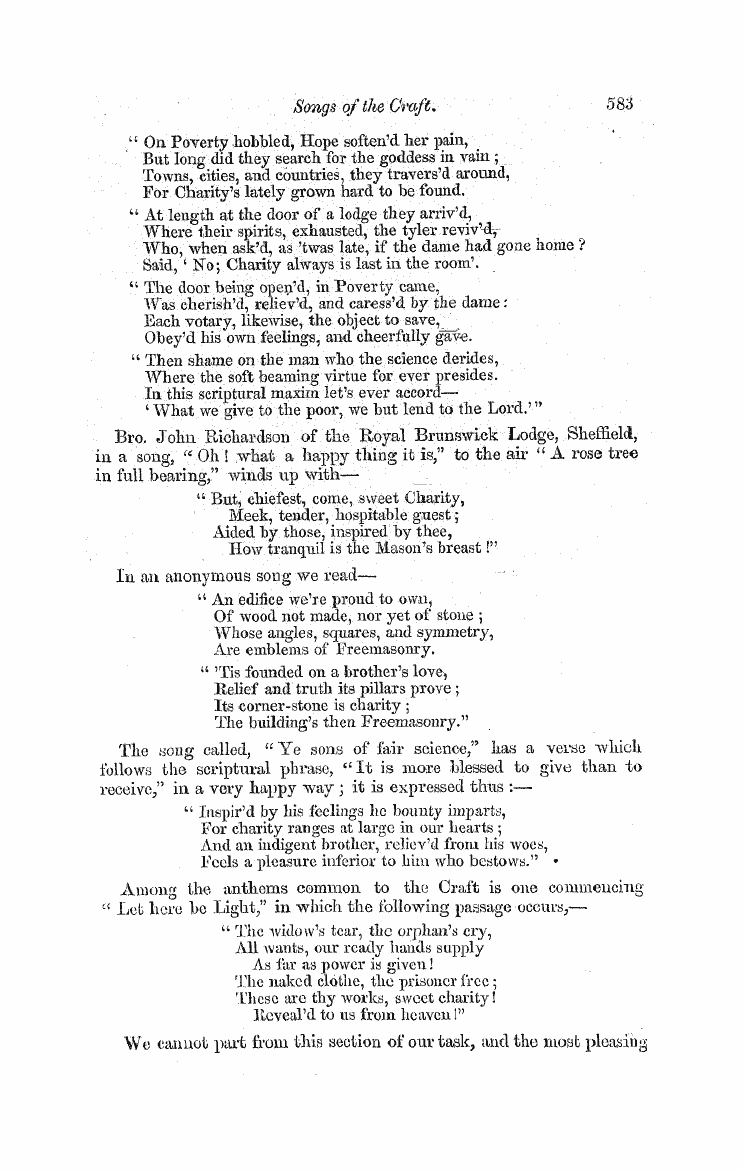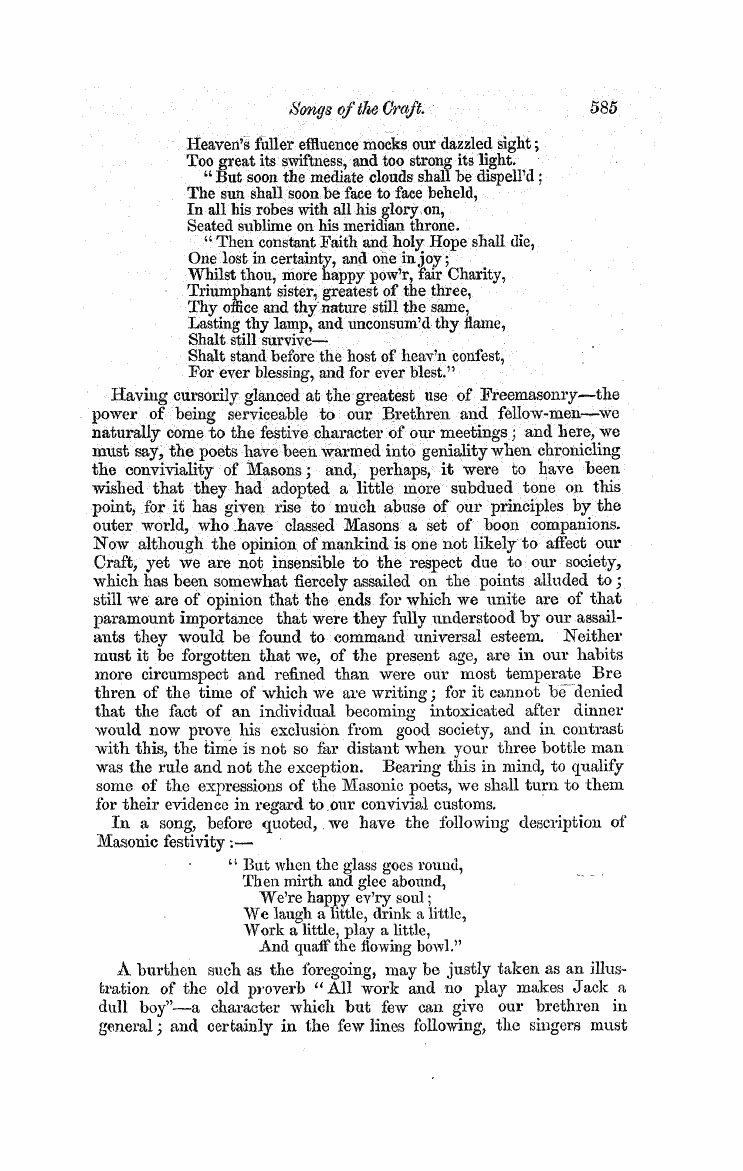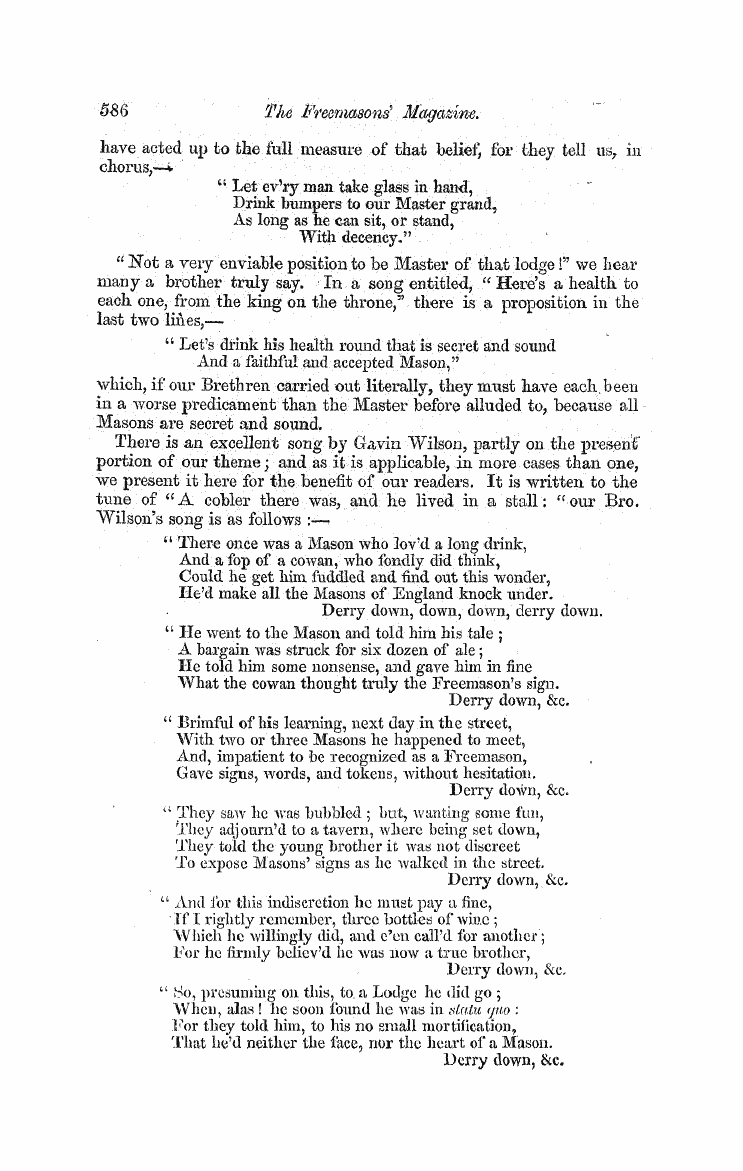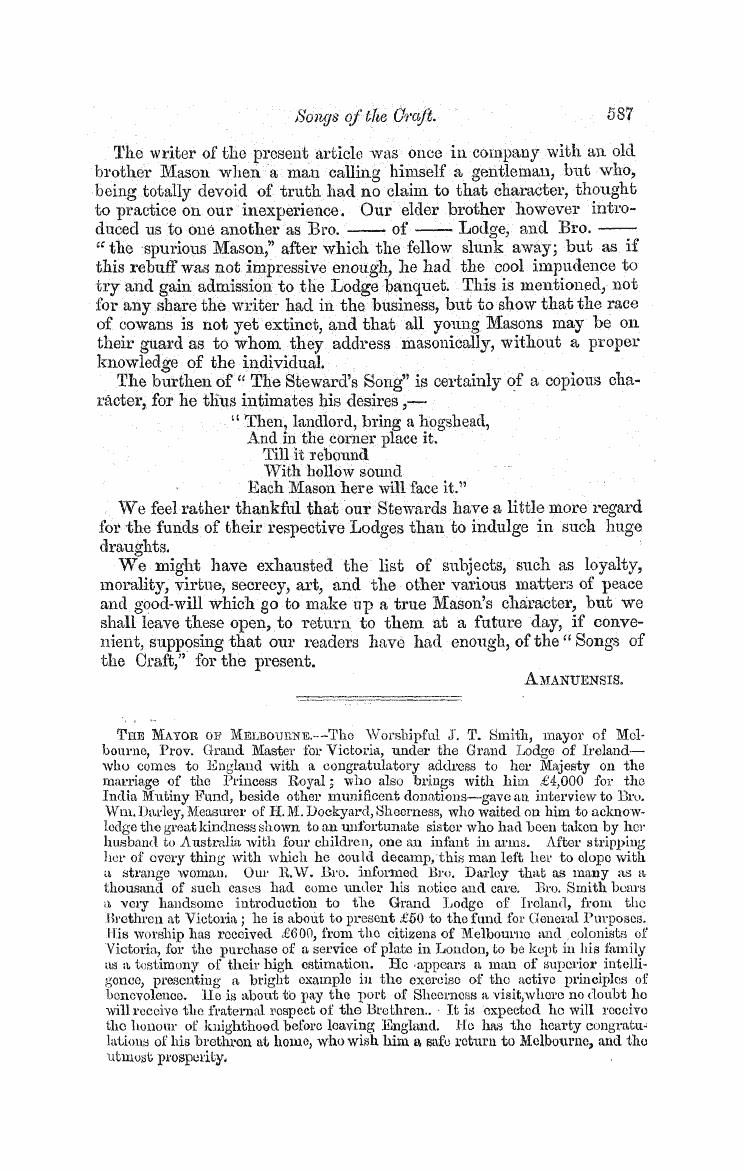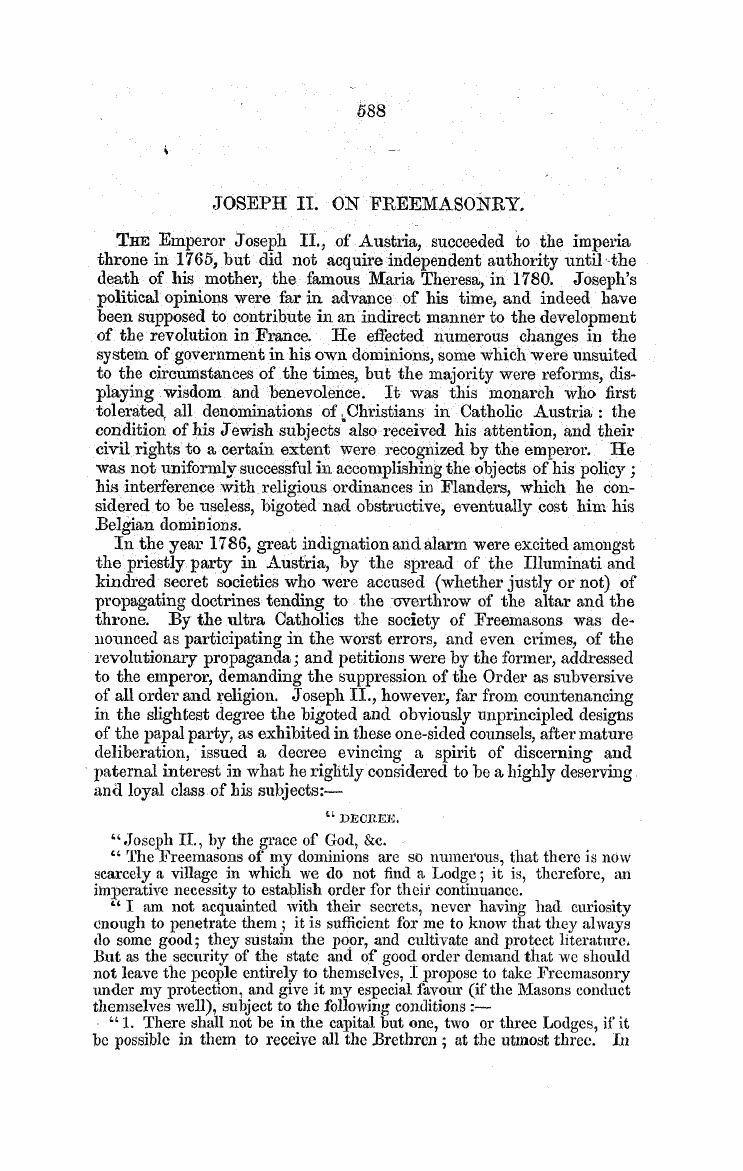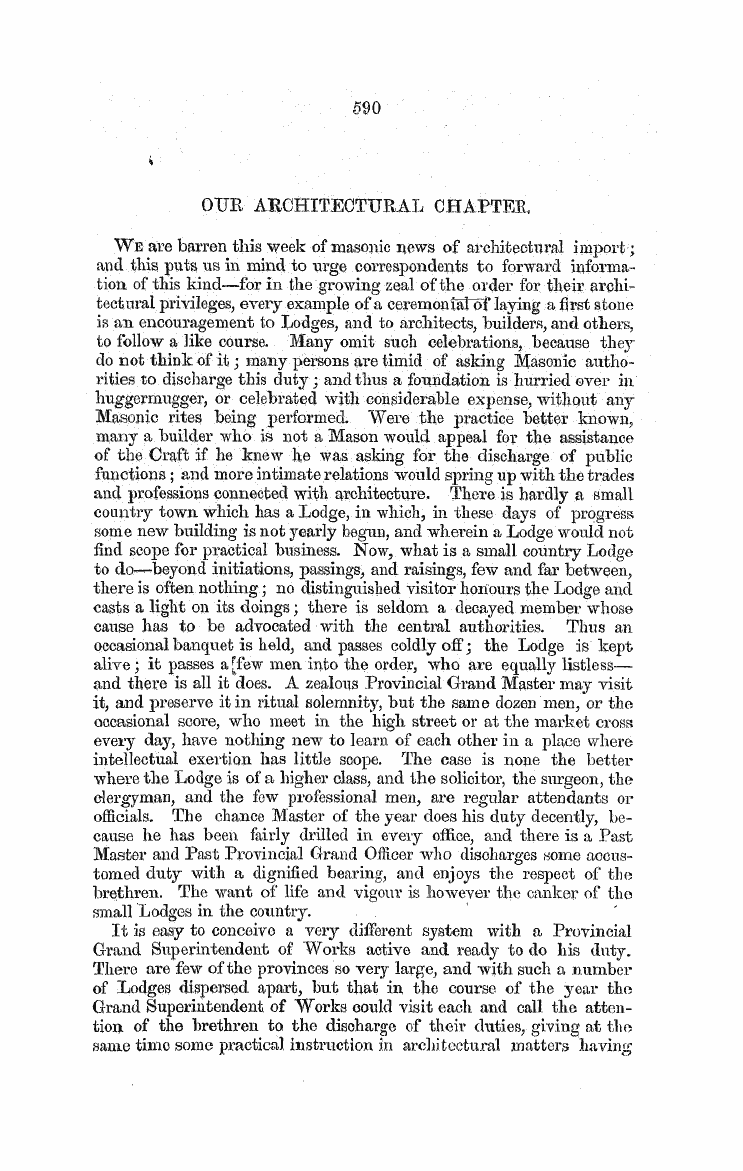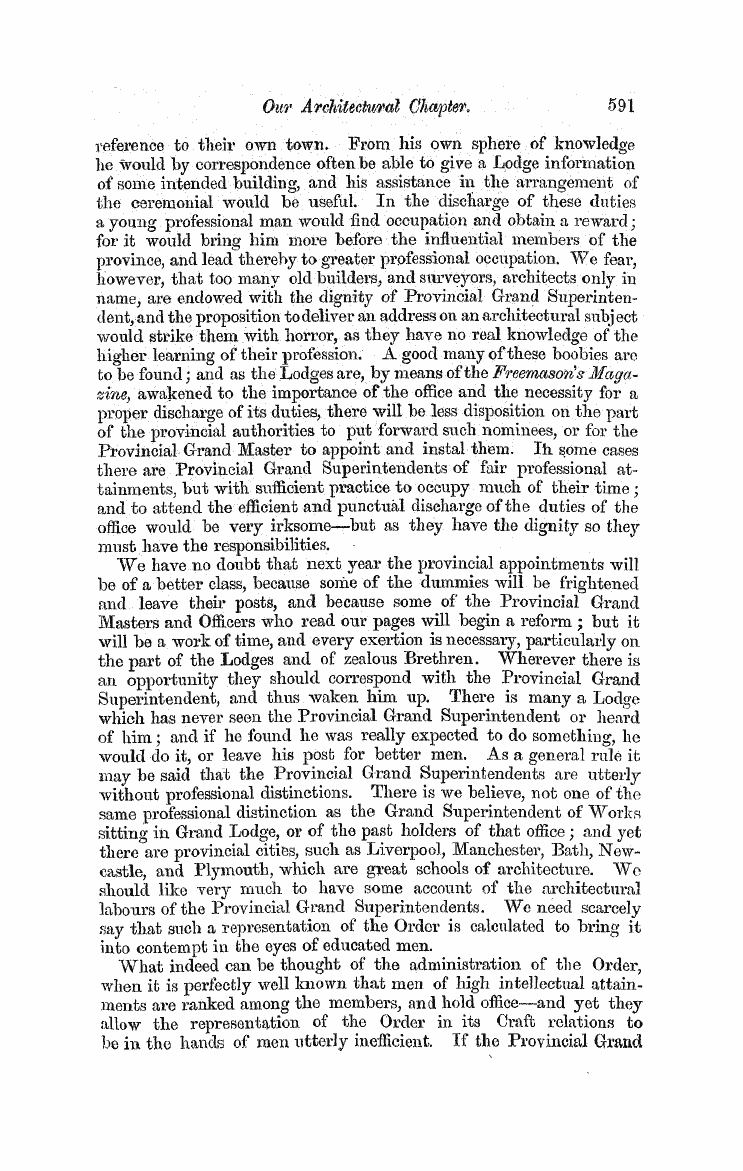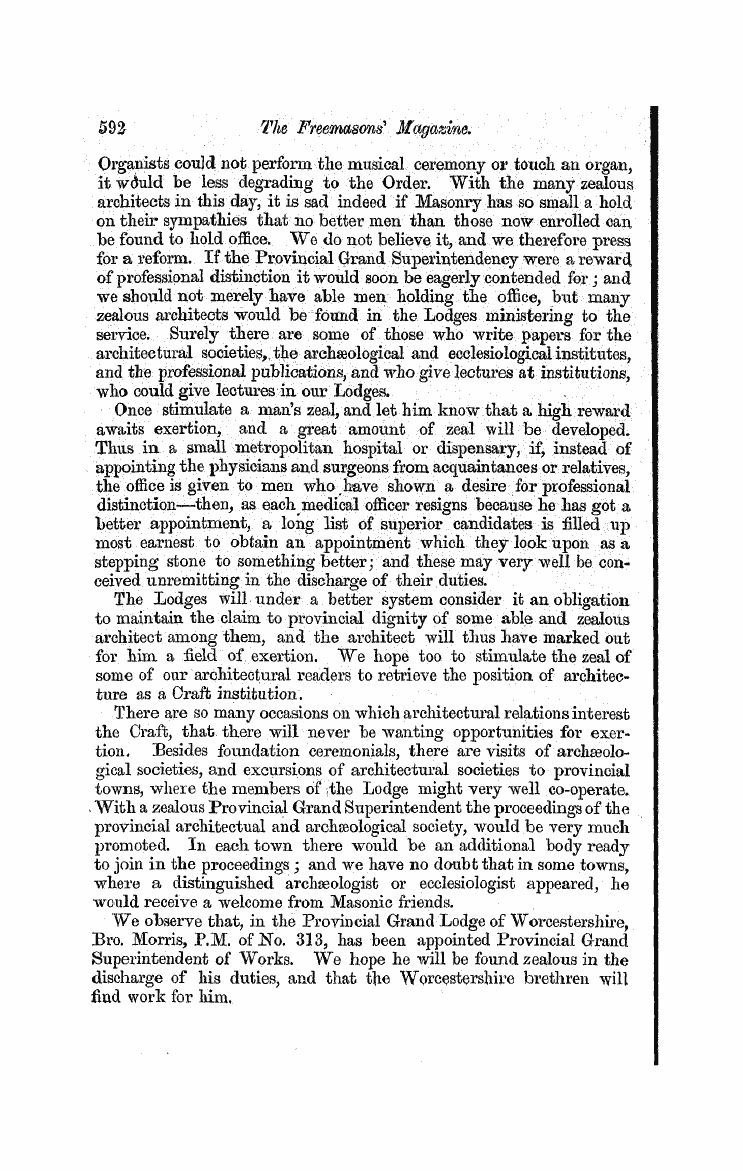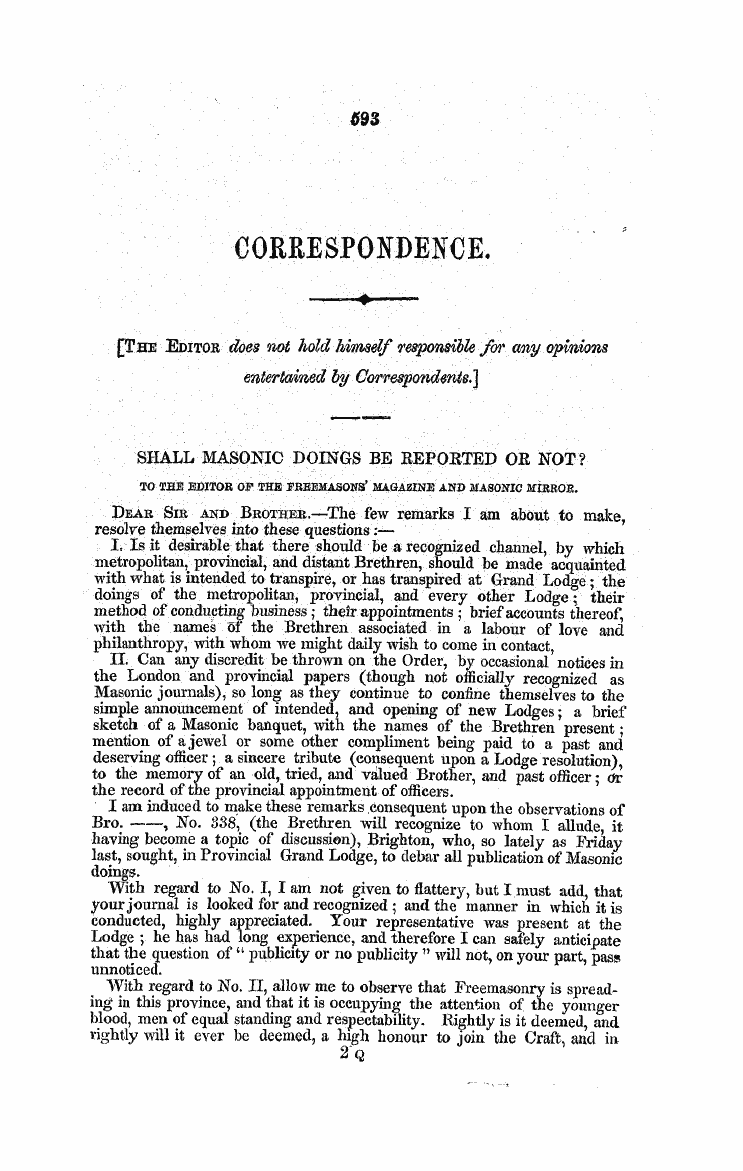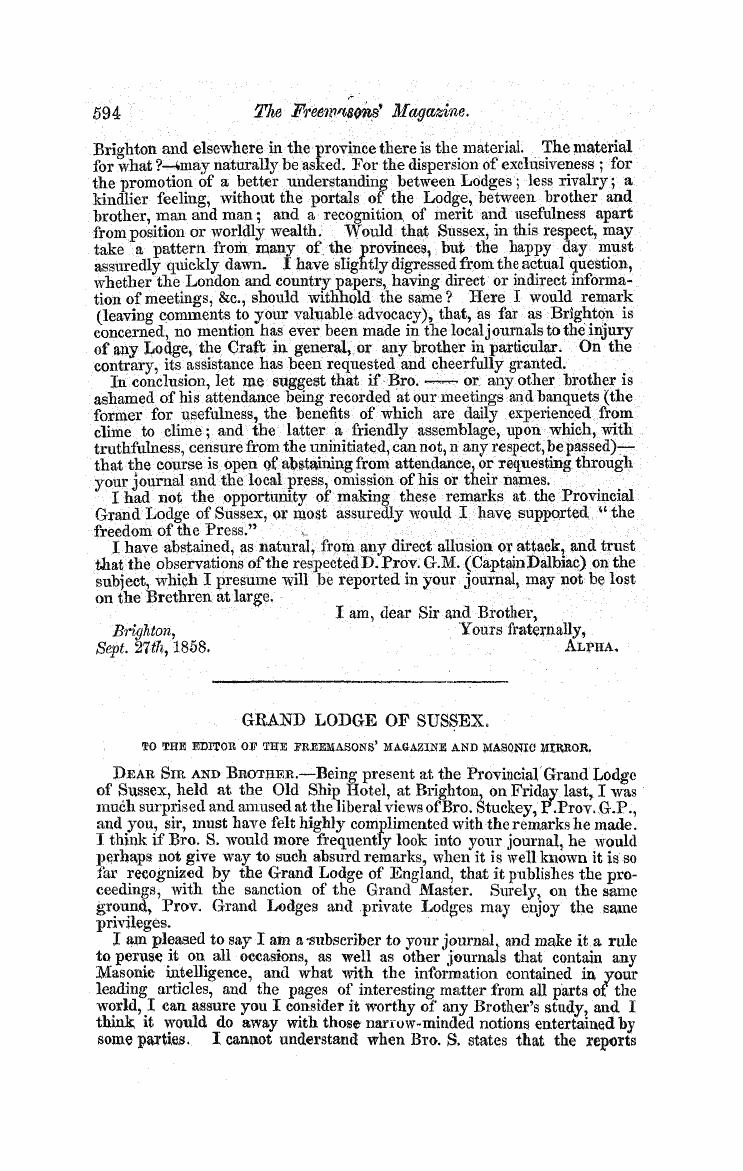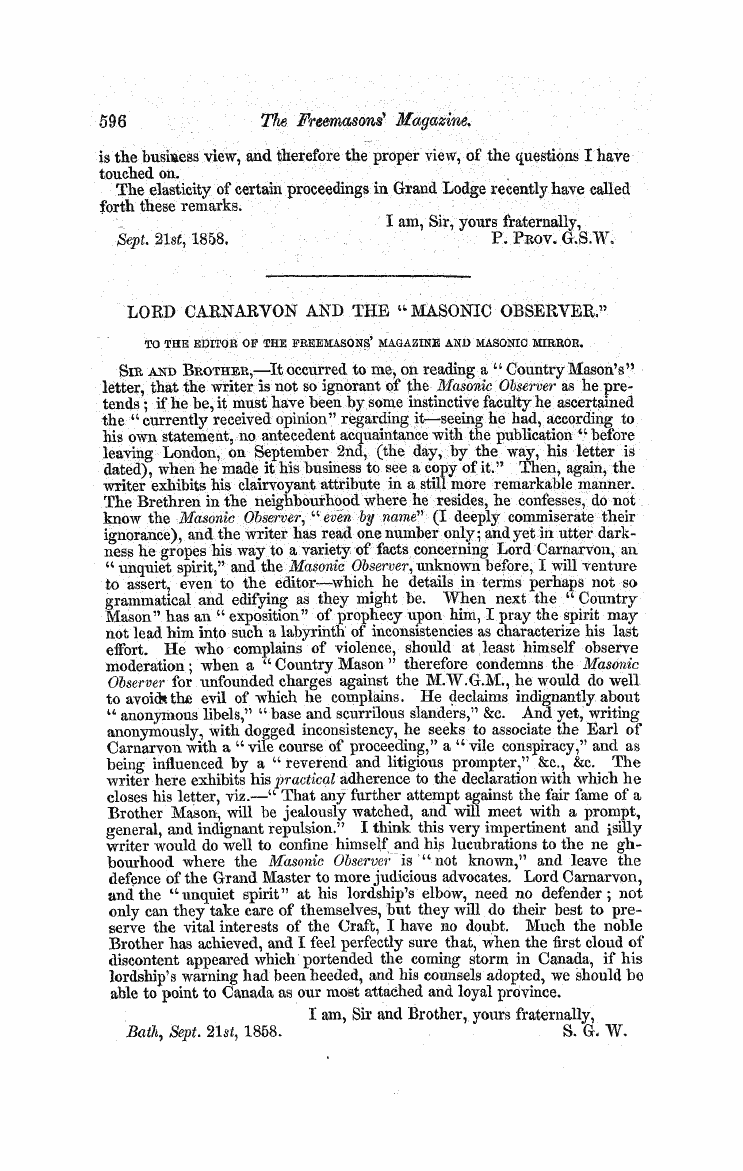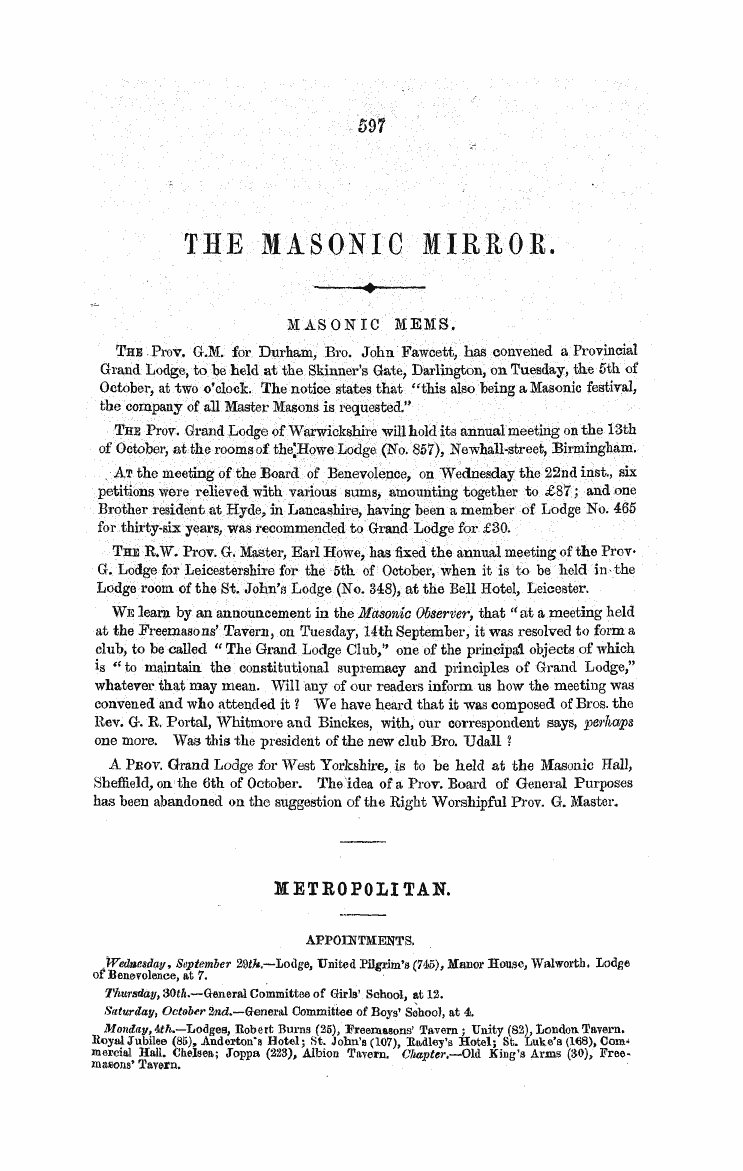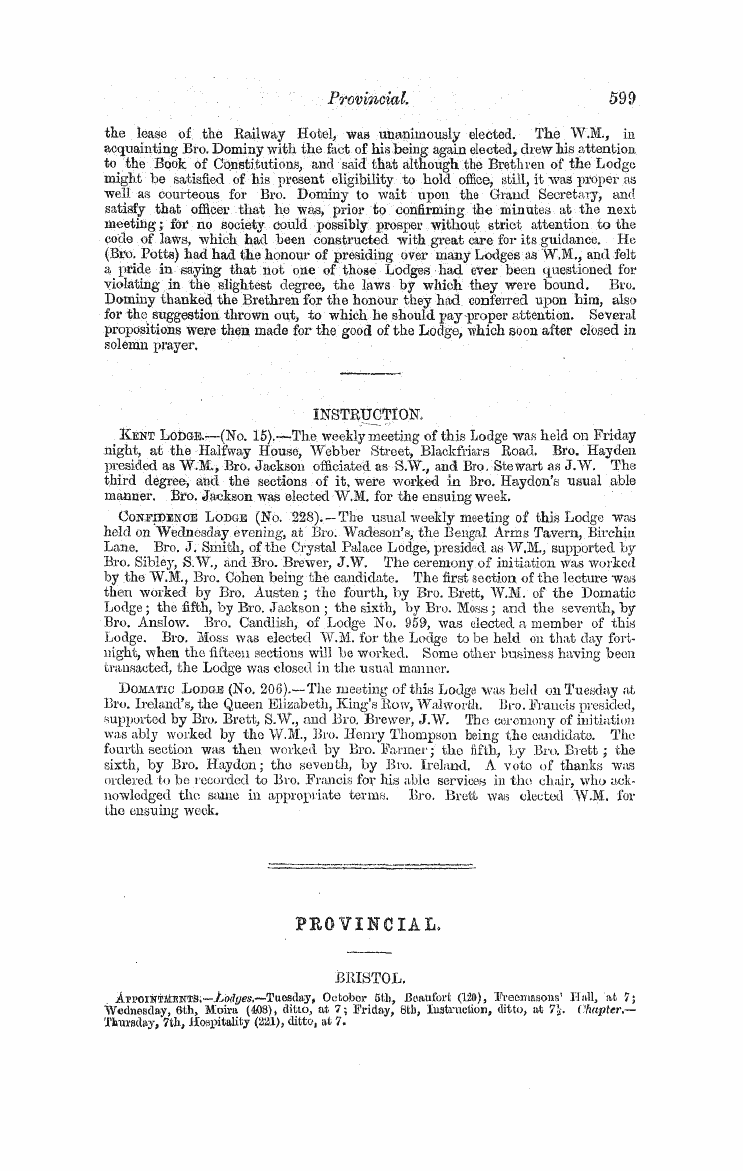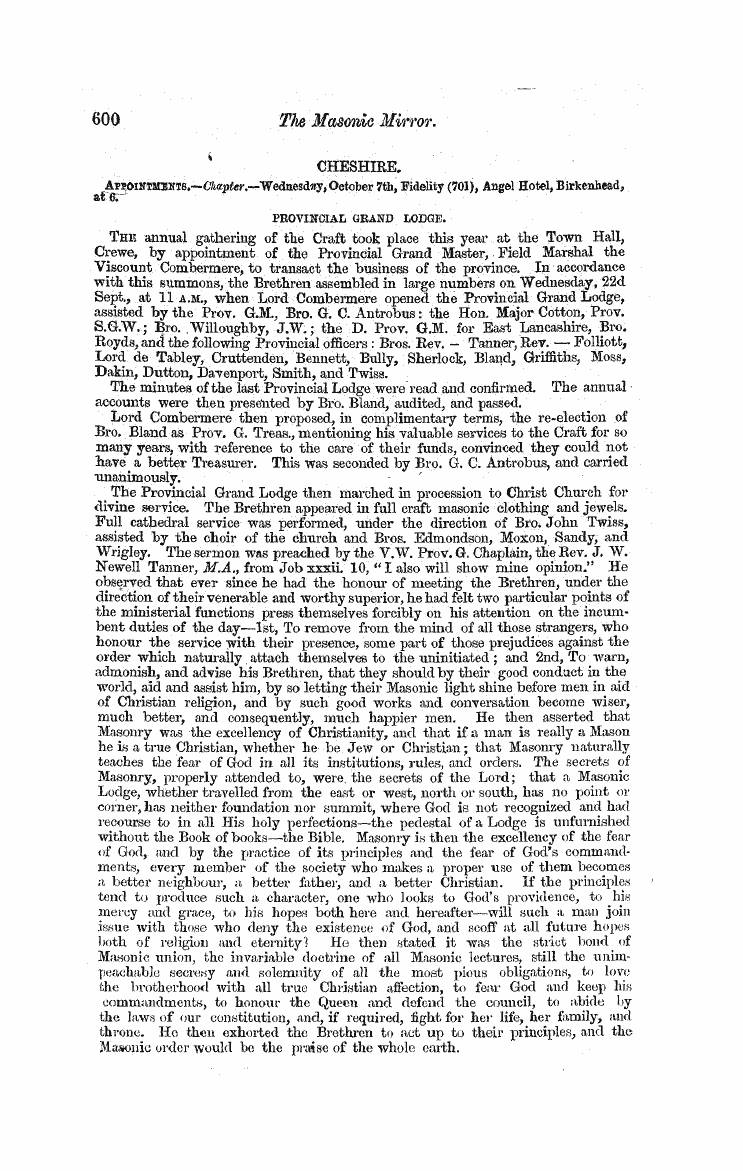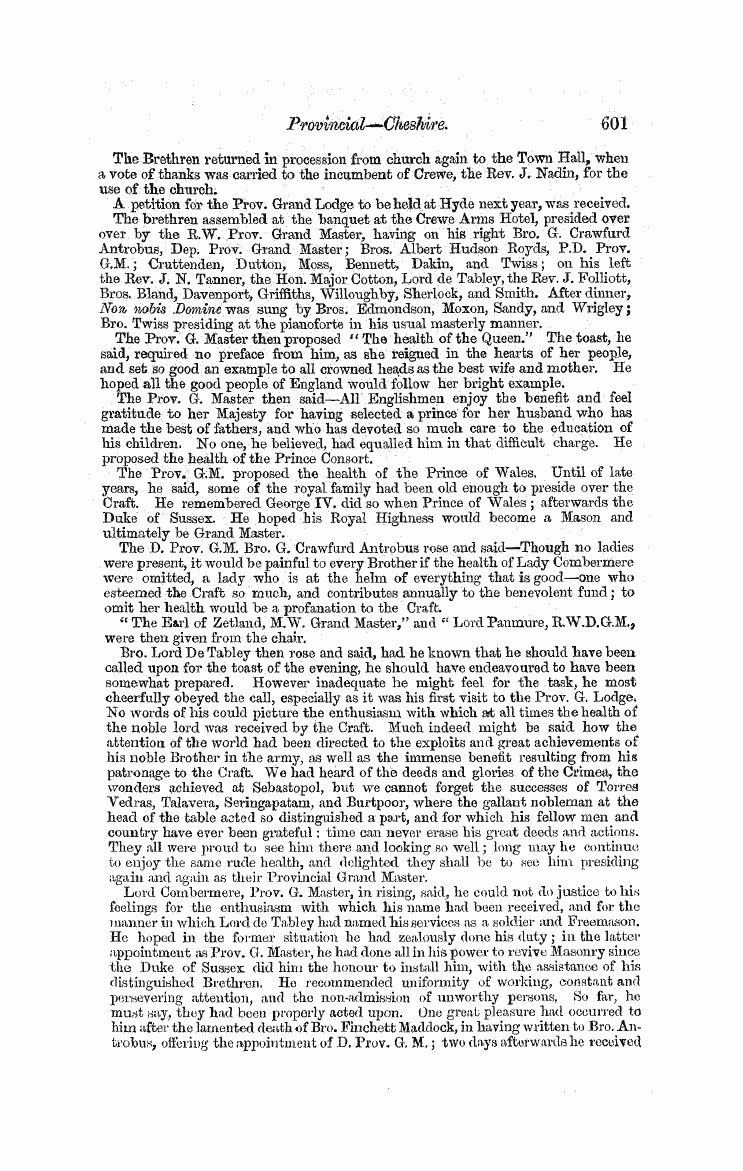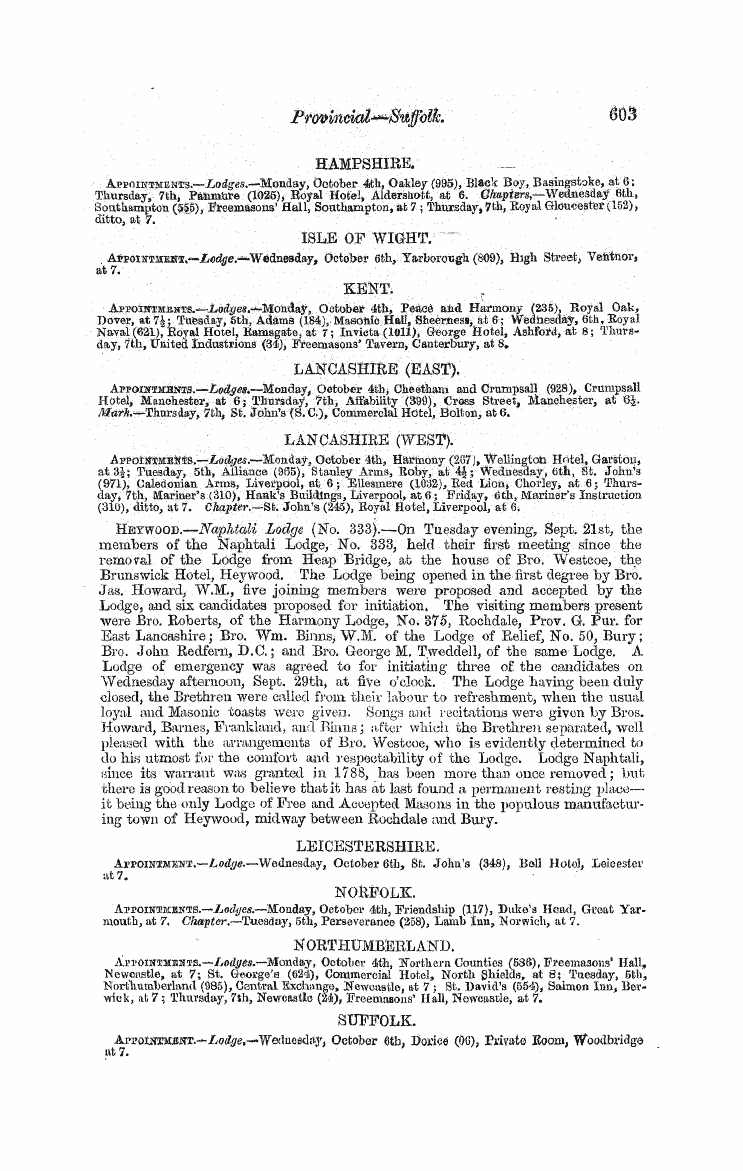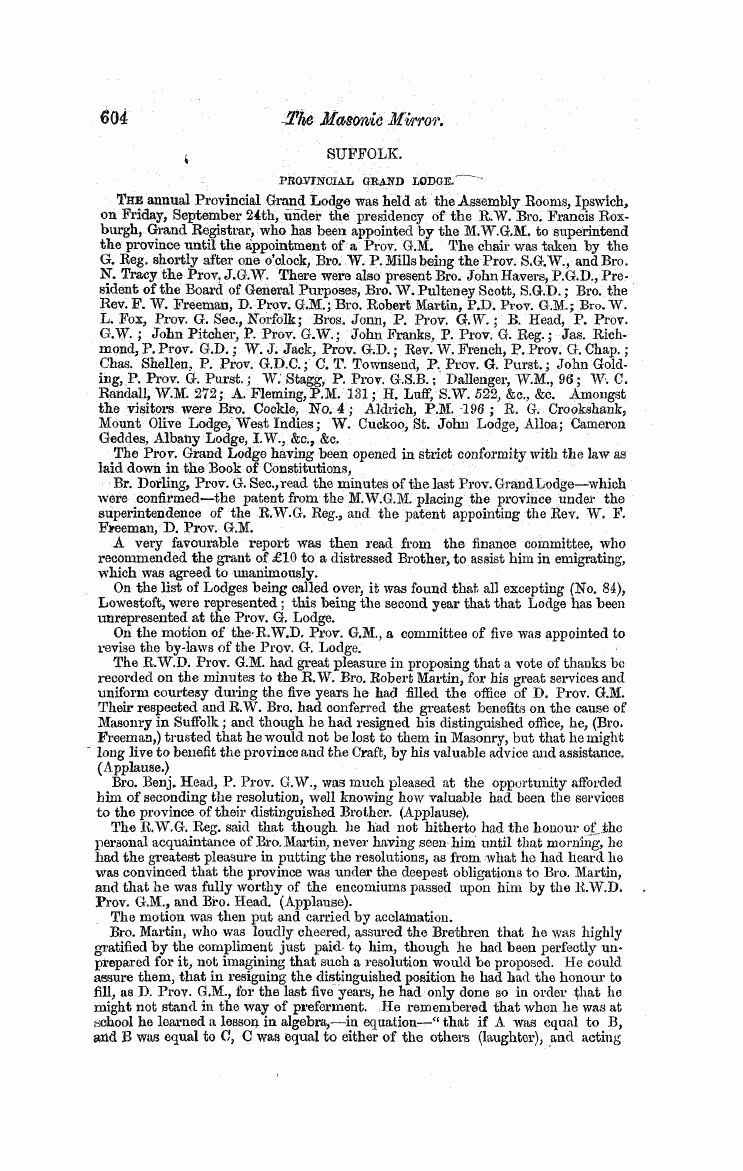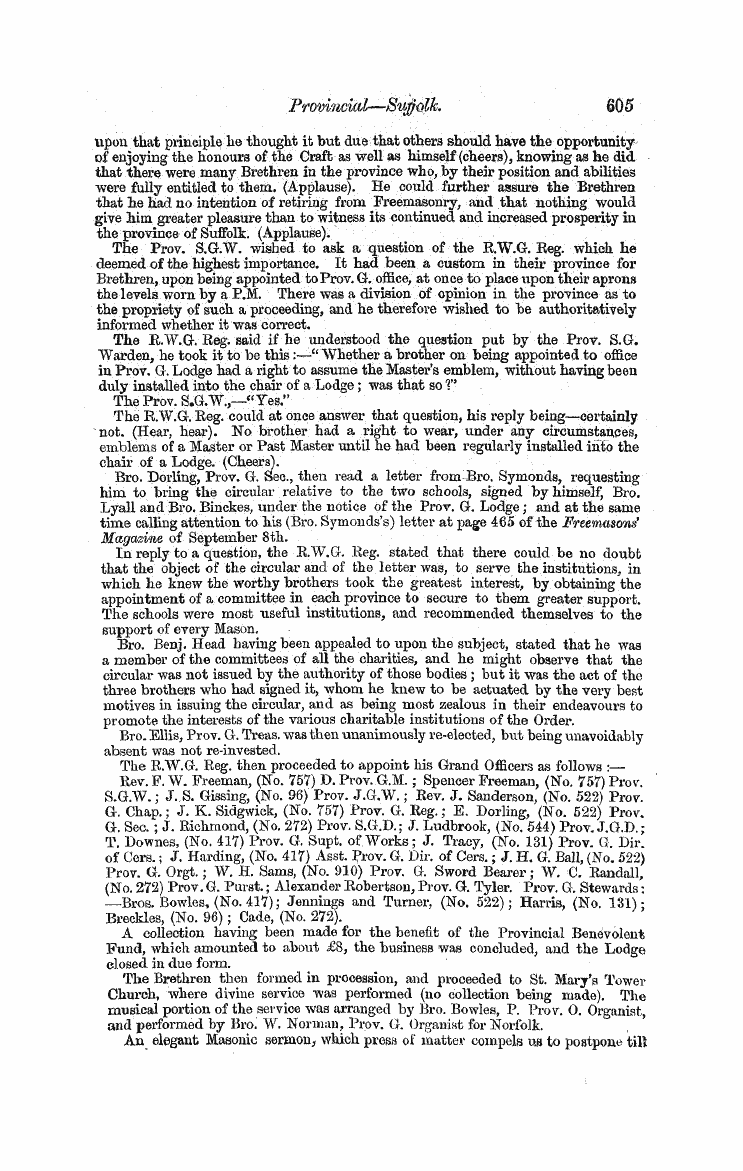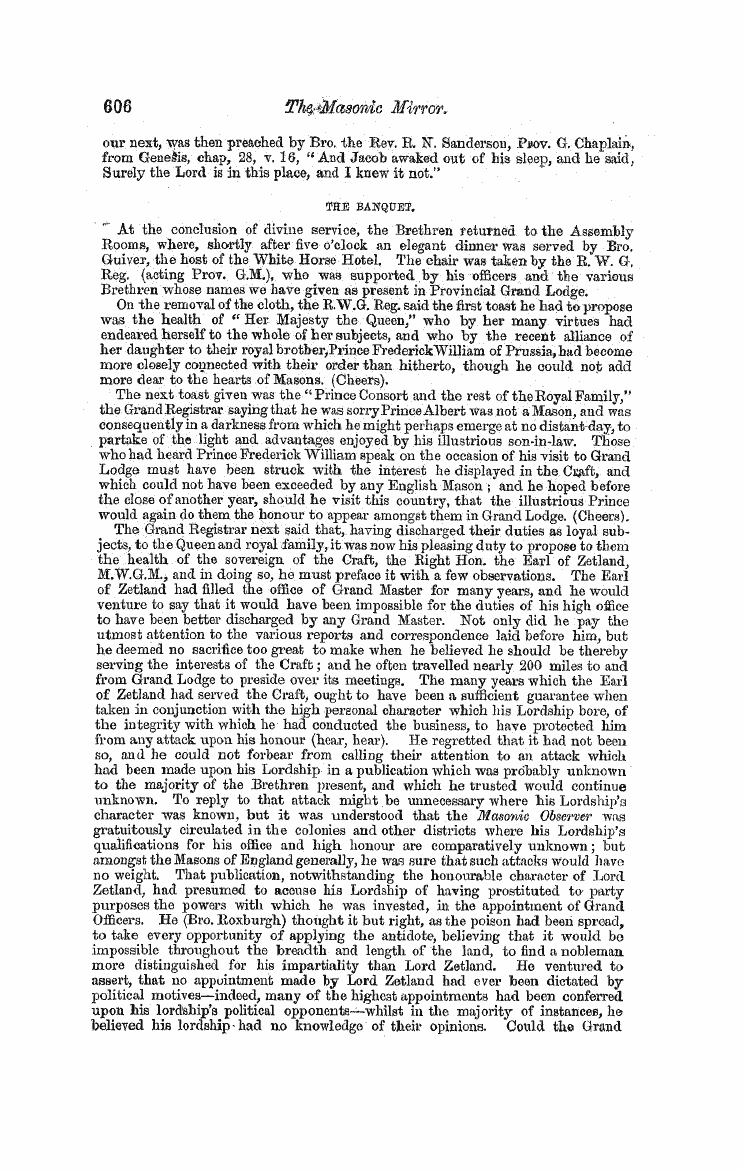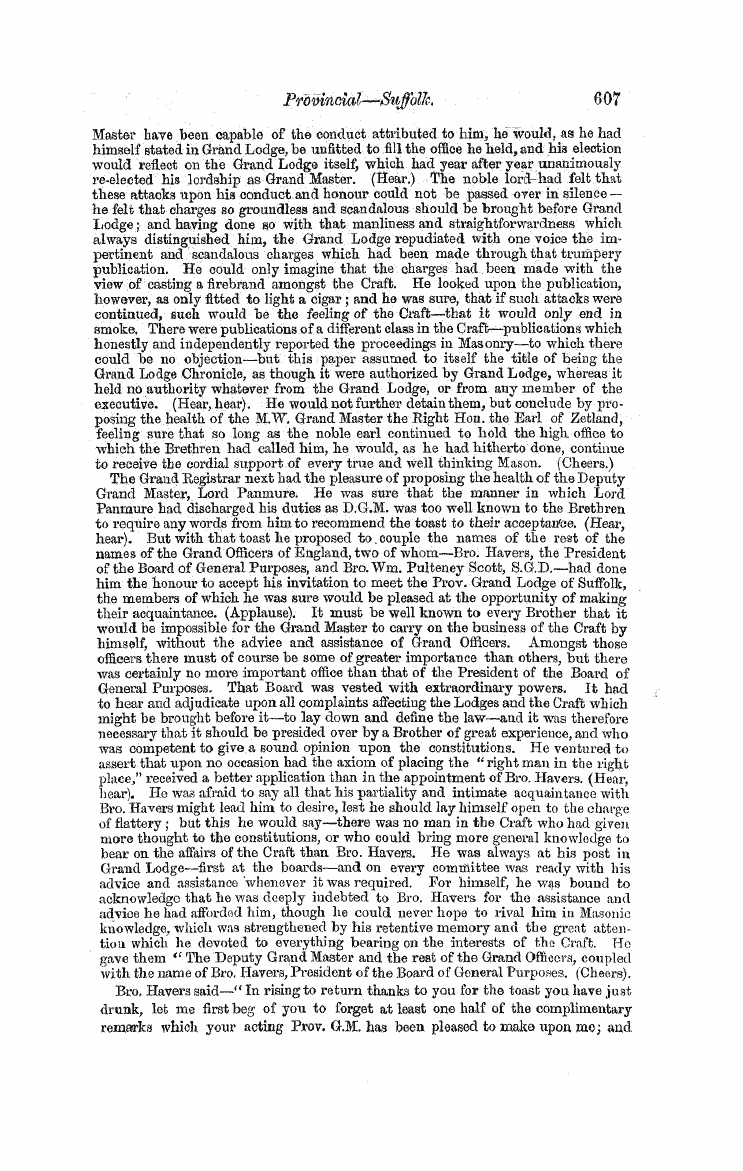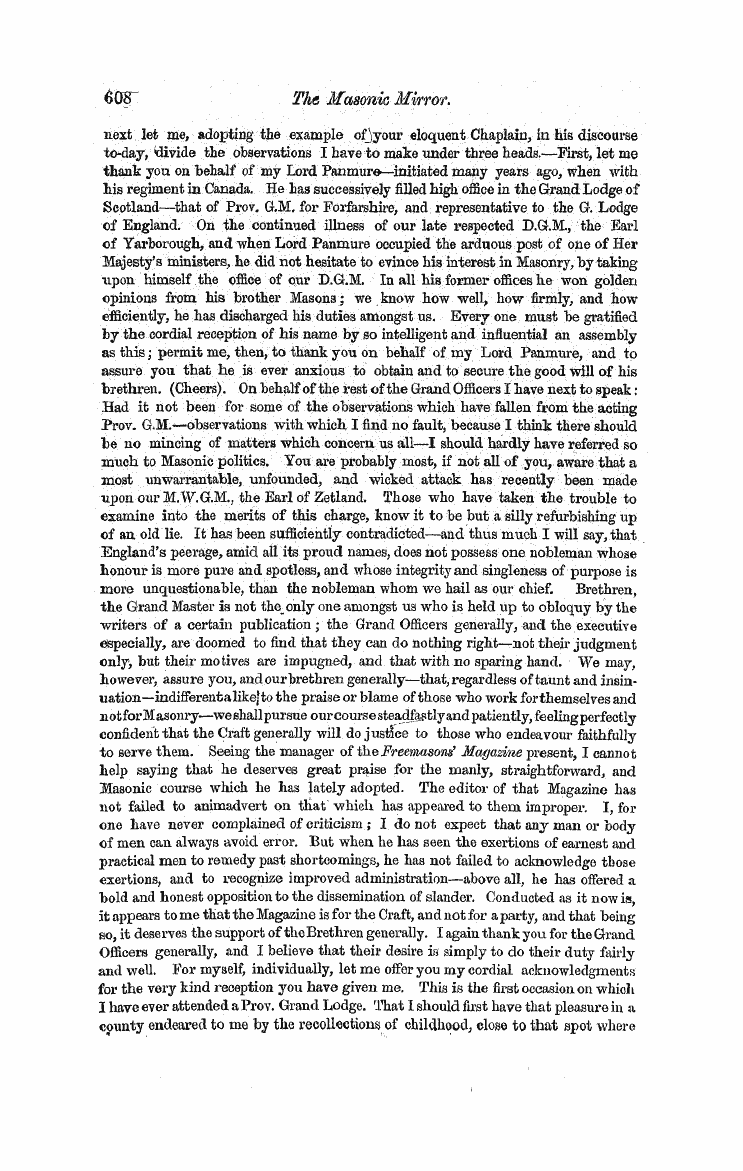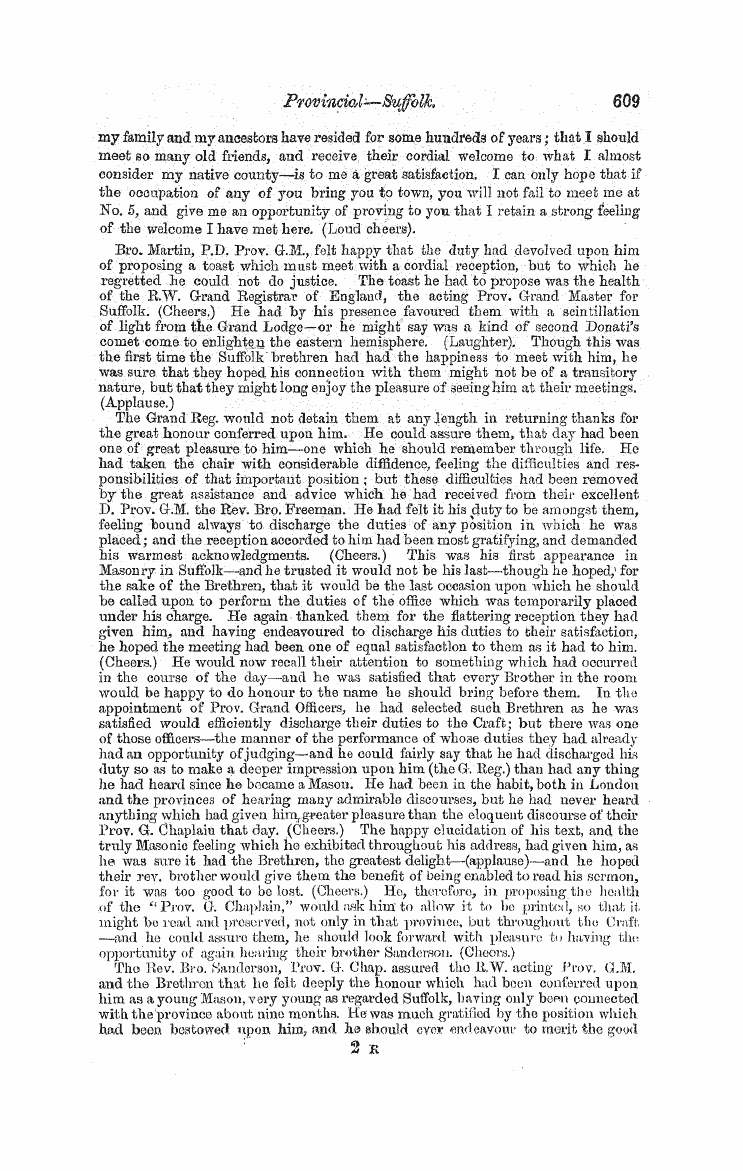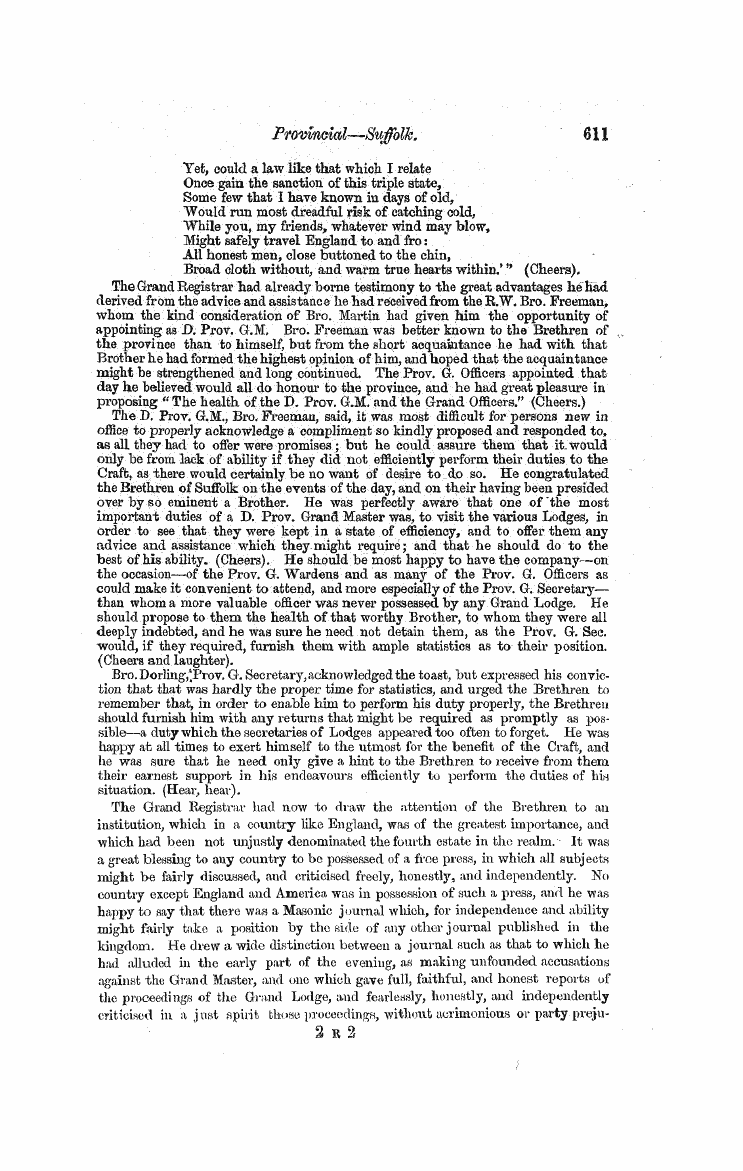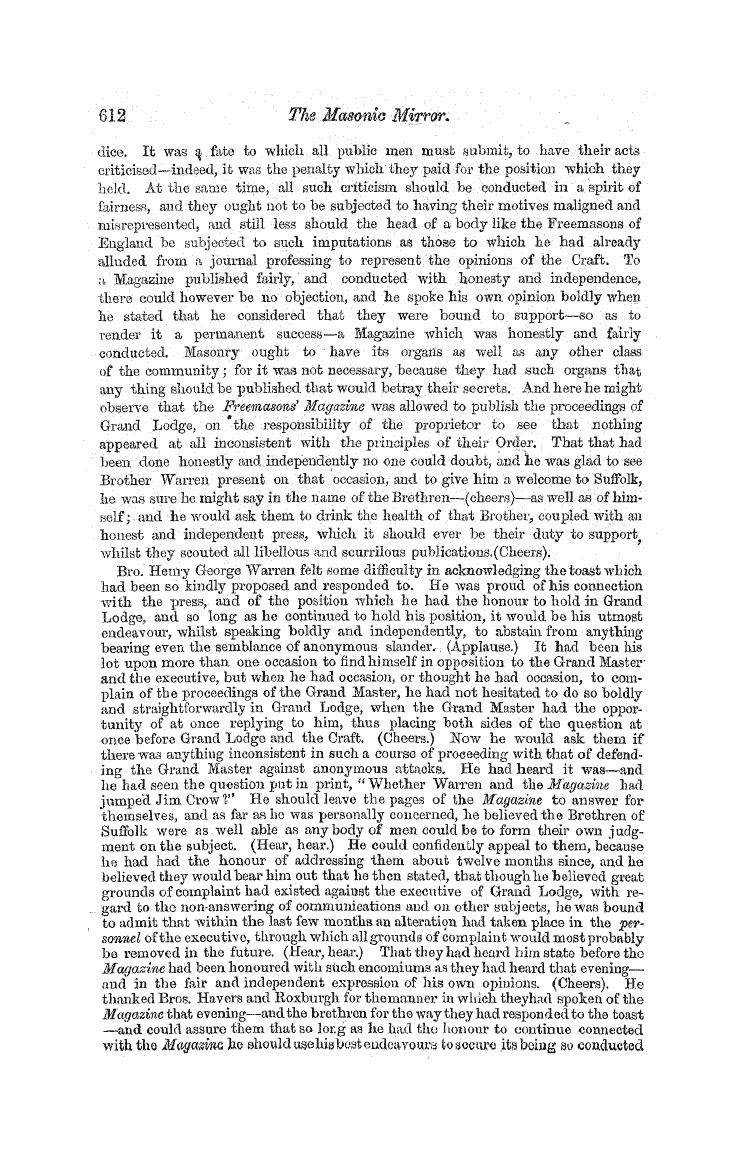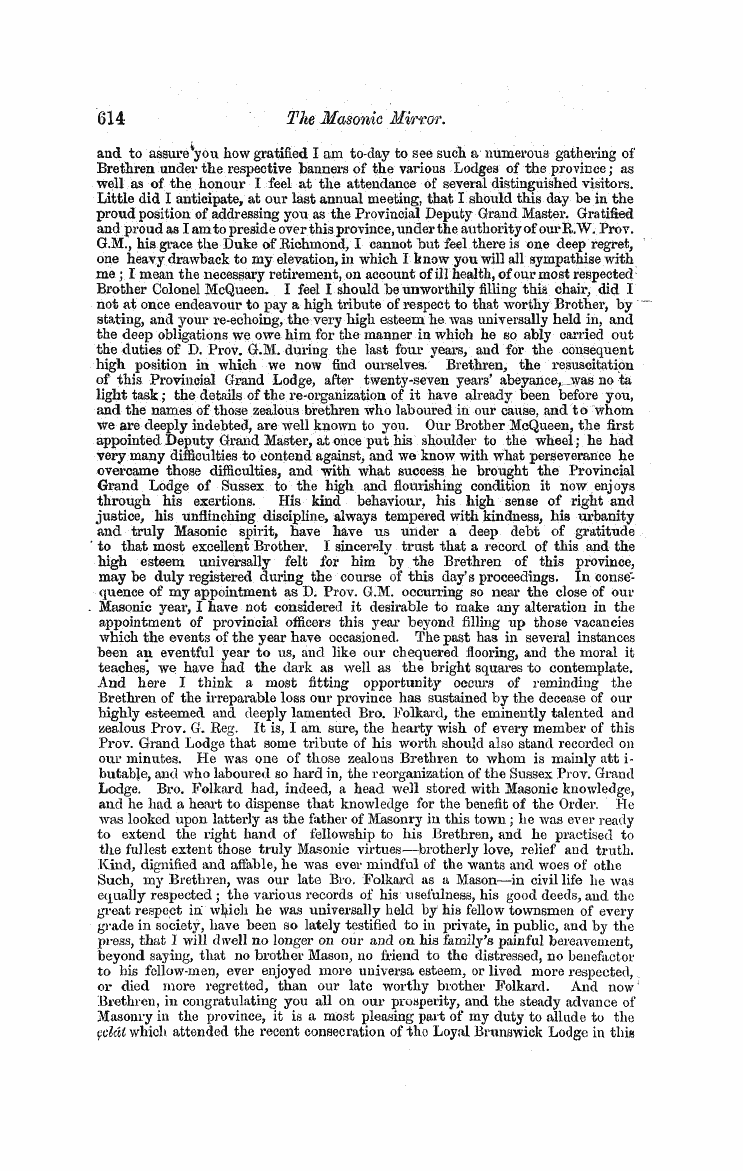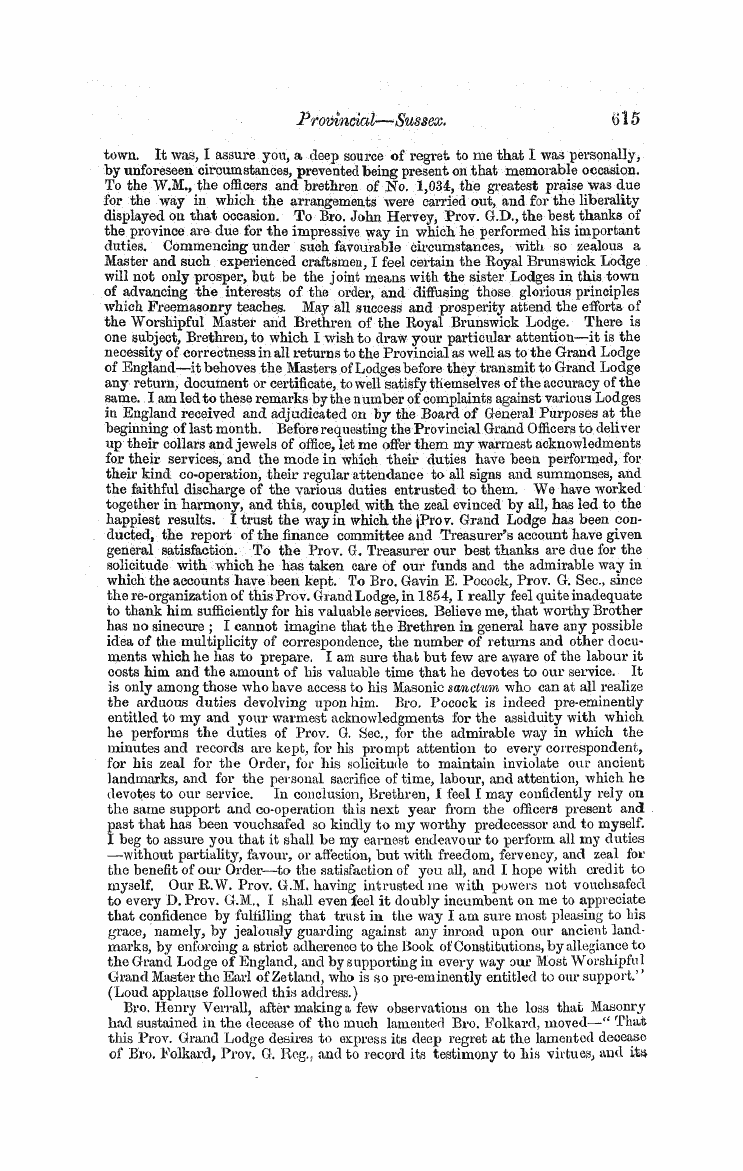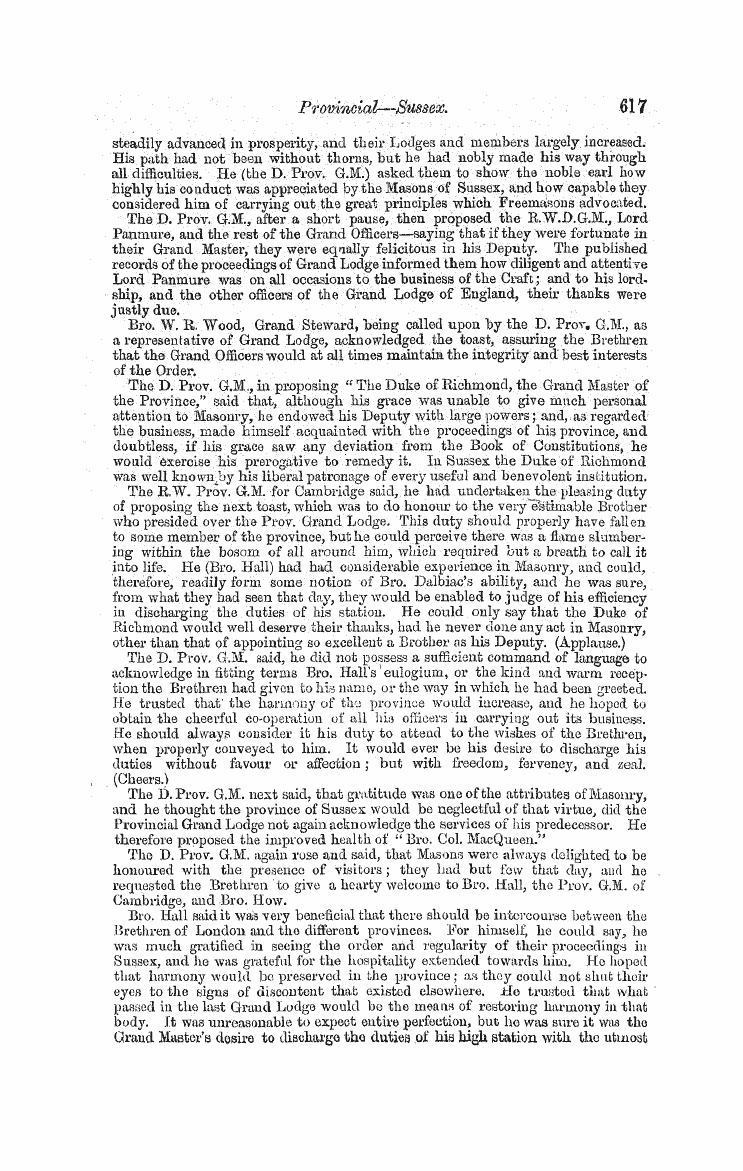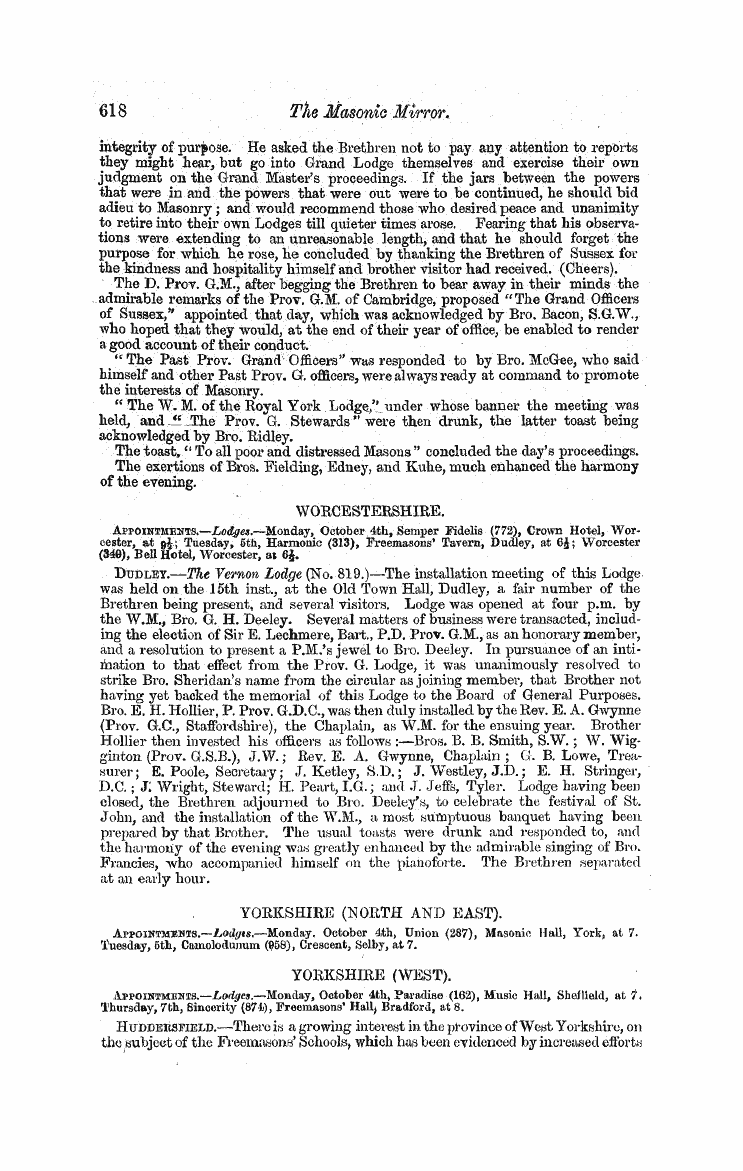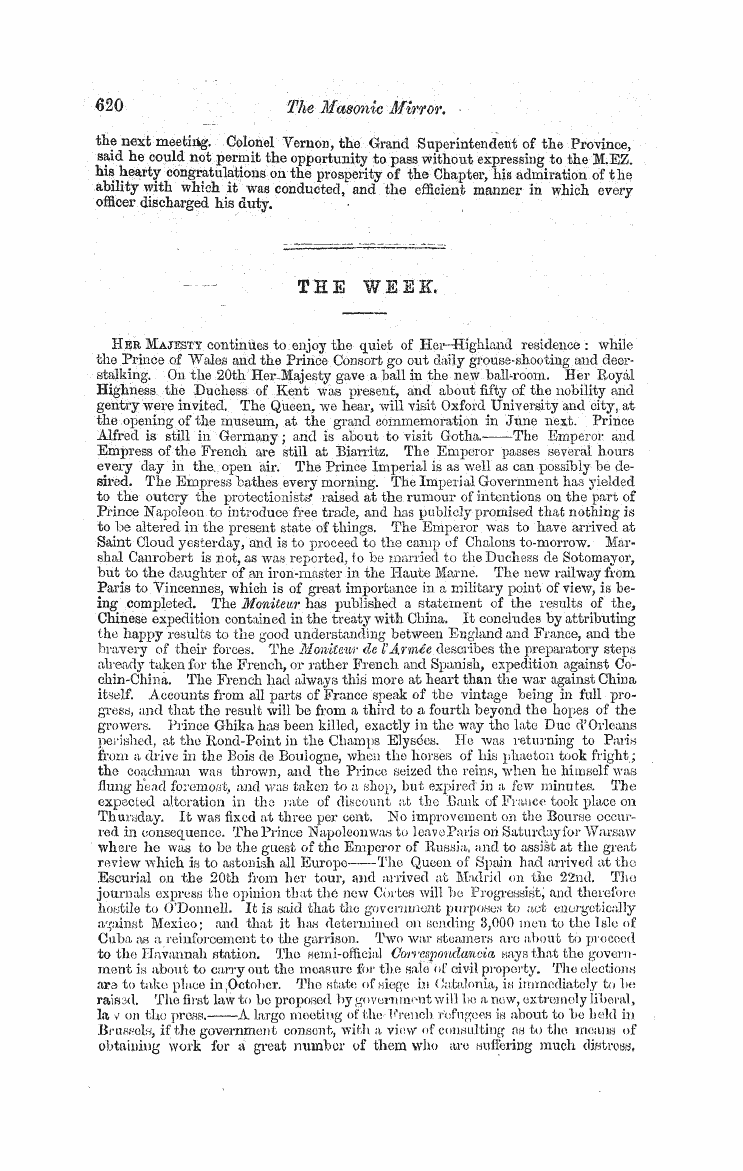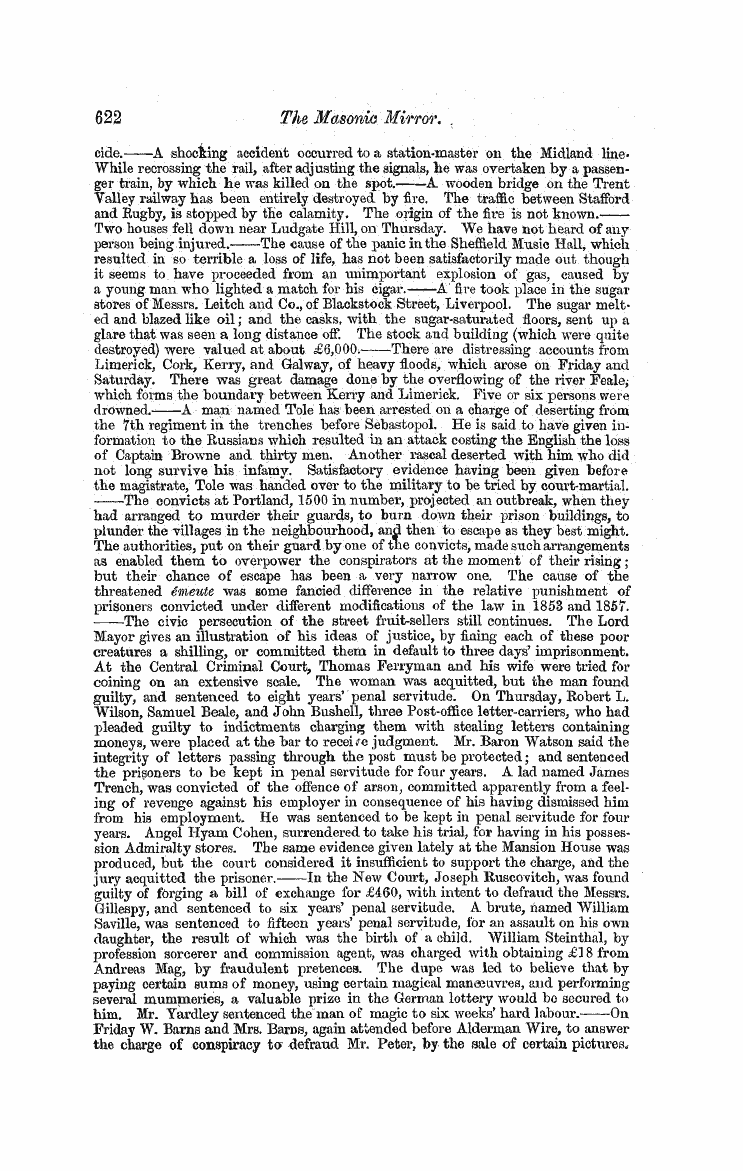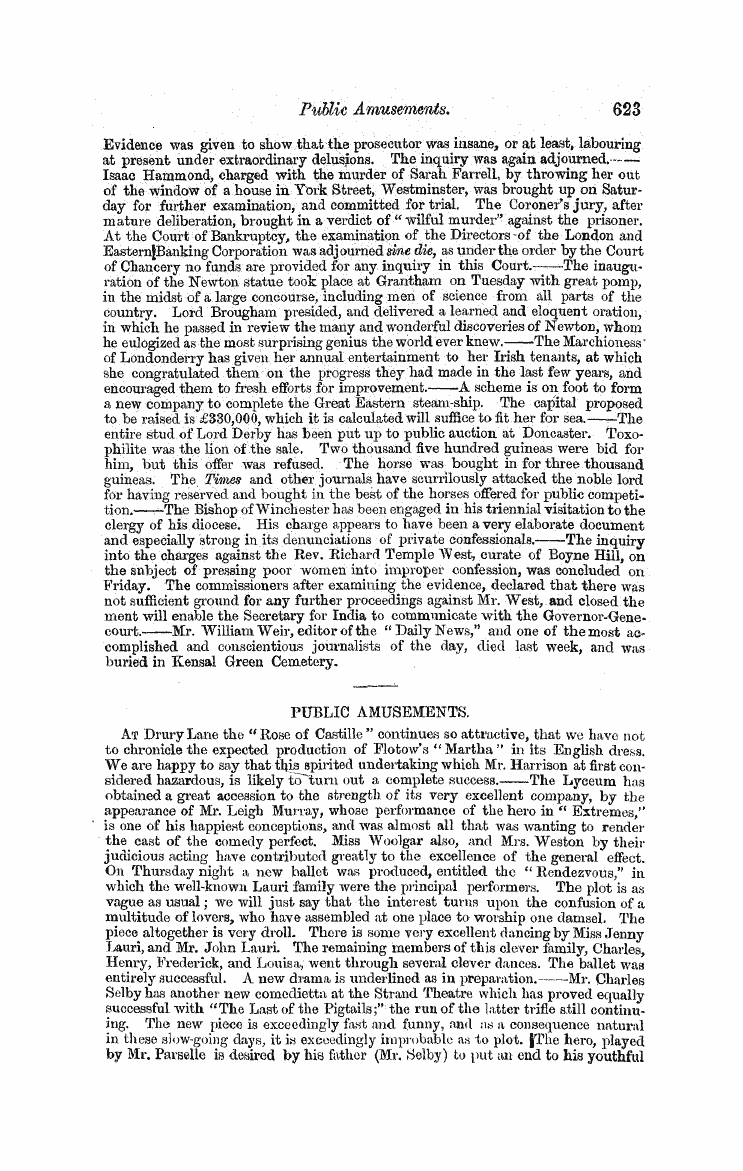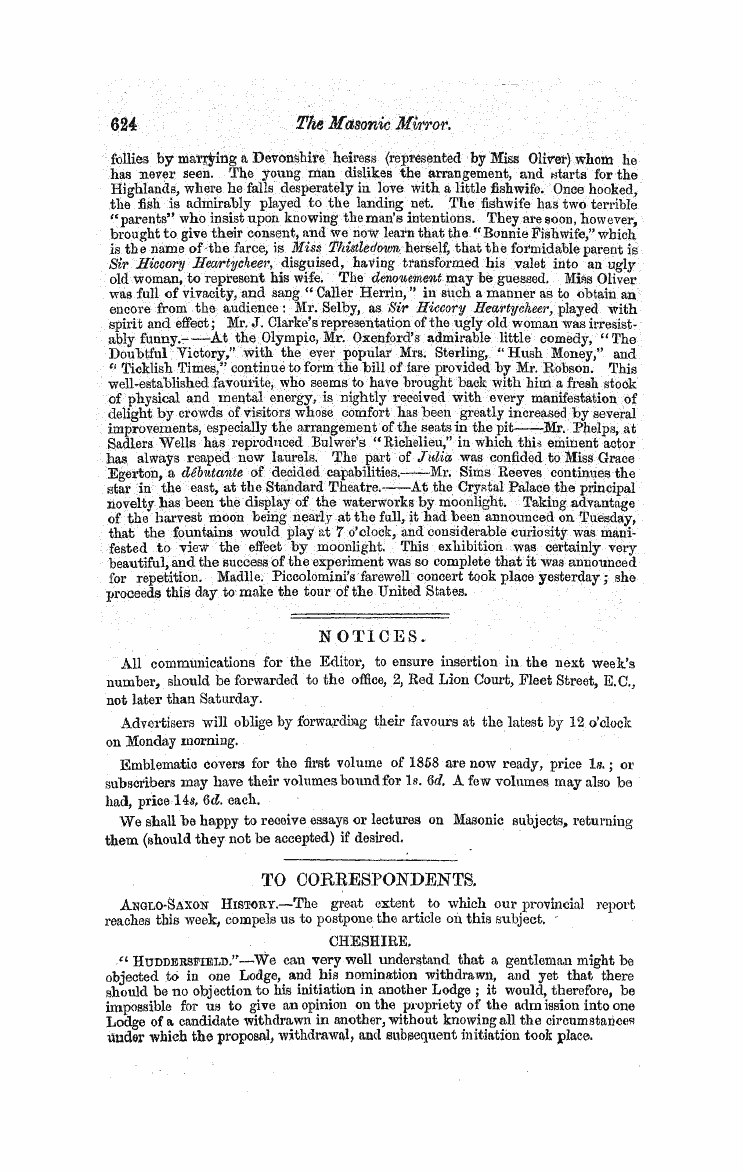-
Articles/Ads
Article OUR ARCHITECTURAL CHAPTER. ← Page 3 of 4 →
Note: This text has been automatically extracted via Optical Character Recognition (OCR) software.
Our Architectural Chapter.
The Committee of the Builders' Benevolent Society have appointed a day for tlie anniversary dinner , and it is to be desired , that thoseof our readers , who are niembers of the building trade , or architects , will send in their names as stewards , and attend the gathering . The institution is deserving and valuable , and it is to be hoped will receive every support . We have been much interested in some proceedings of the Leicestershire Lodges , which are under a zealous Grand Master . The John
of Gaunt Lodge at Leicester having a loving cup of silver , suitably decorated , which has been provided by contributions of th xnembers . Earl Howe , Prov , G . M ., and Master of . ' the Knights of Malta Lodge , seeing this , determined to present a loving cup to his Lodge . Loving cups , or standing cups , are very suitable memorials of friendship for a Lodge , and particularly where tr ^ ted as that ofthe John of Gaunt is , by tlie yearly inscriptions on ^^
the city companies there are many examples of those who have been masters giving a cup to the compahy as a memorial of their love for the company . This cup , suitably ornamented , necessarily becomes known to the members of the company , and attracts the notice of the guests , by whom , as the cup passes the emblems are looked at , and
the inscription read , and thus the name and afifectiou of the donor are , year after year , commemorated . The loving cup , at a company like the Clothworkers , for instance ^ becomes an institution . As a cup has been provided for the master ' s office , so , in time , cups are provided for each of the wardens , and the Clothworkers have four handsome
cups , each with their covers , one for the master , and one for each of the three wardens . These cups , if we remember right , include those of Queen Elizabeth , Samuel Pepys the diarist , and a . contemporary of Pepys . Each of these cups is distinctive in design . At ordinary festivals these cups form part of the decoration of the tables and are , in due turn , passed round , when the service and ceremony
ofthe loving cup is performed . JLhe master , taking the loving cup , the master of the ceremonies proclaims , " The master bids all welcome , and greets you all in the loving cup . " The guest , sitting next to the master , rises , takes the cup , lifts the cover , ancl standing , holds the cover till the master has drunk , the master then wipes the lips of the cup with the napkin put through its handles , and passes it on ,
when each junior or next neighbour performs the like service , and becomes the senior in turn , This ceremony , illustrative of mutual service , and the general and alternate obligations of society , is not without its moral impression , while it keeps up an old English custom , like that with which Rowena greeted Vortigern , on the first-Sax ons landing in Kent .
The installation banquet is accompanied with special ceremonies of the loving cup . During the dinner , or after , the lute and new masters and wardens leave the room , with the clerk , beadles , and other officials , and return in procession , the late master and wardens bearing the cups , which are placed on the tabic . Proclamation is then
Note: This text has been automatically extracted via Optical Character Recognition (OCR) software.
Our Architectural Chapter.
The Committee of the Builders' Benevolent Society have appointed a day for tlie anniversary dinner , and it is to be desired , that thoseof our readers , who are niembers of the building trade , or architects , will send in their names as stewards , and attend the gathering . The institution is deserving and valuable , and it is to be hoped will receive every support . We have been much interested in some proceedings of the Leicestershire Lodges , which are under a zealous Grand Master . The John
of Gaunt Lodge at Leicester having a loving cup of silver , suitably decorated , which has been provided by contributions of th xnembers . Earl Howe , Prov , G . M ., and Master of . ' the Knights of Malta Lodge , seeing this , determined to present a loving cup to his Lodge . Loving cups , or standing cups , are very suitable memorials of friendship for a Lodge , and particularly where tr ^ ted as that ofthe John of Gaunt is , by tlie yearly inscriptions on ^^
the city companies there are many examples of those who have been masters giving a cup to the compahy as a memorial of their love for the company . This cup , suitably ornamented , necessarily becomes known to the members of the company , and attracts the notice of the guests , by whom , as the cup passes the emblems are looked at , and
the inscription read , and thus the name and afifectiou of the donor are , year after year , commemorated . The loving cup , at a company like the Clothworkers , for instance ^ becomes an institution . As a cup has been provided for the master ' s office , so , in time , cups are provided for each of the wardens , and the Clothworkers have four handsome
cups , each with their covers , one for the master , and one for each of the three wardens . These cups , if we remember right , include those of Queen Elizabeth , Samuel Pepys the diarist , and a . contemporary of Pepys . Each of these cups is distinctive in design . At ordinary festivals these cups form part of the decoration of the tables and are , in due turn , passed round , when the service and ceremony
ofthe loving cup is performed . JLhe master , taking the loving cup , the master of the ceremonies proclaims , " The master bids all welcome , and greets you all in the loving cup . " The guest , sitting next to the master , rises , takes the cup , lifts the cover , ancl standing , holds the cover till the master has drunk , the master then wipes the lips of the cup with the napkin put through its handles , and passes it on ,
when each junior or next neighbour performs the like service , and becomes the senior in turn , This ceremony , illustrative of mutual service , and the general and alternate obligations of society , is not without its moral impression , while it keeps up an old English custom , like that with which Rowena greeted Vortigern , on the first-Sax ons landing in Kent .
The installation banquet is accompanied with special ceremonies of the loving cup . During the dinner , or after , the lute and new masters and wardens leave the room , with the clerk , beadles , and other officials , and return in procession , the late master and wardens bearing the cups , which are placed on the tabic . Proclamation is then


























































